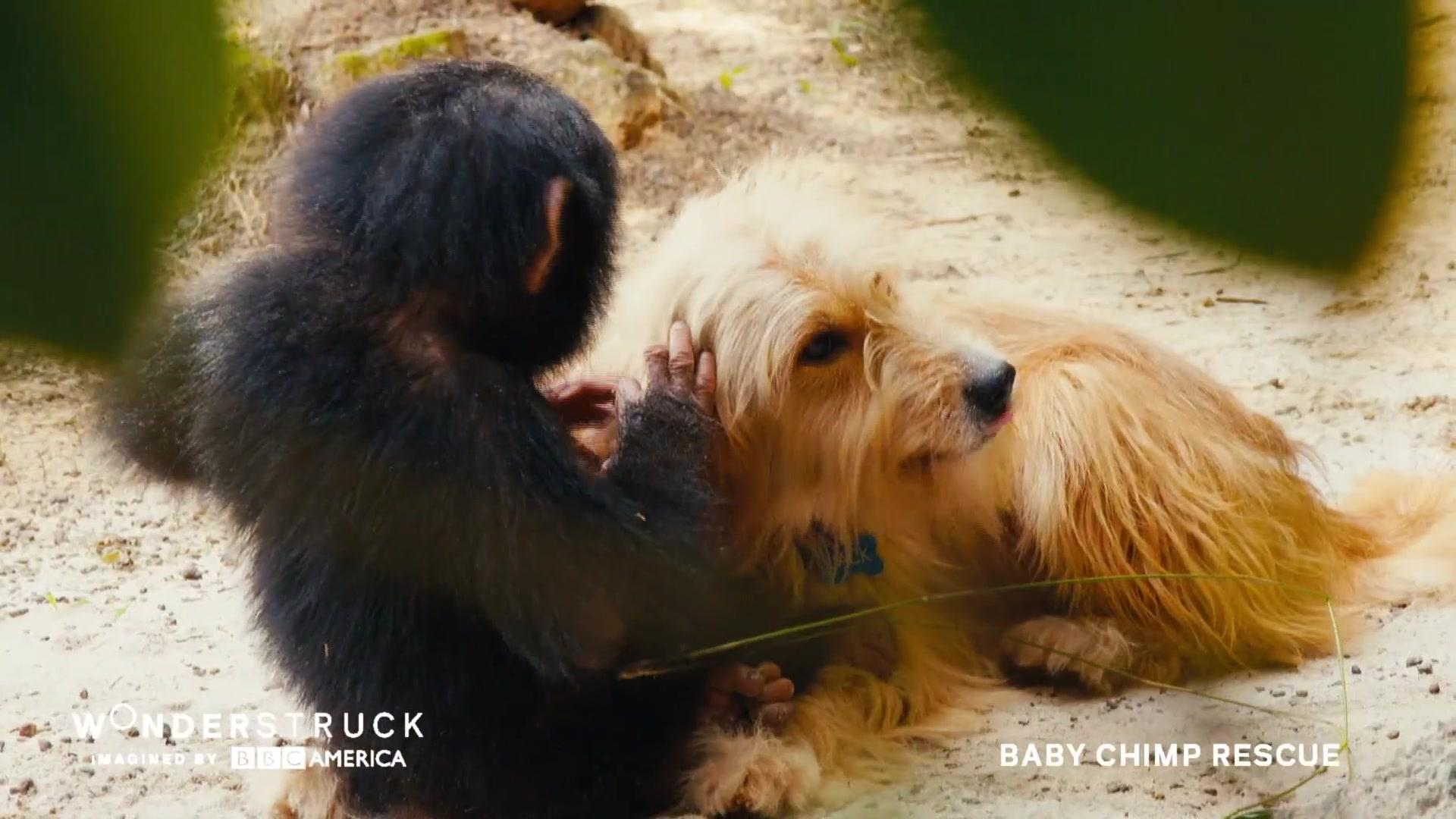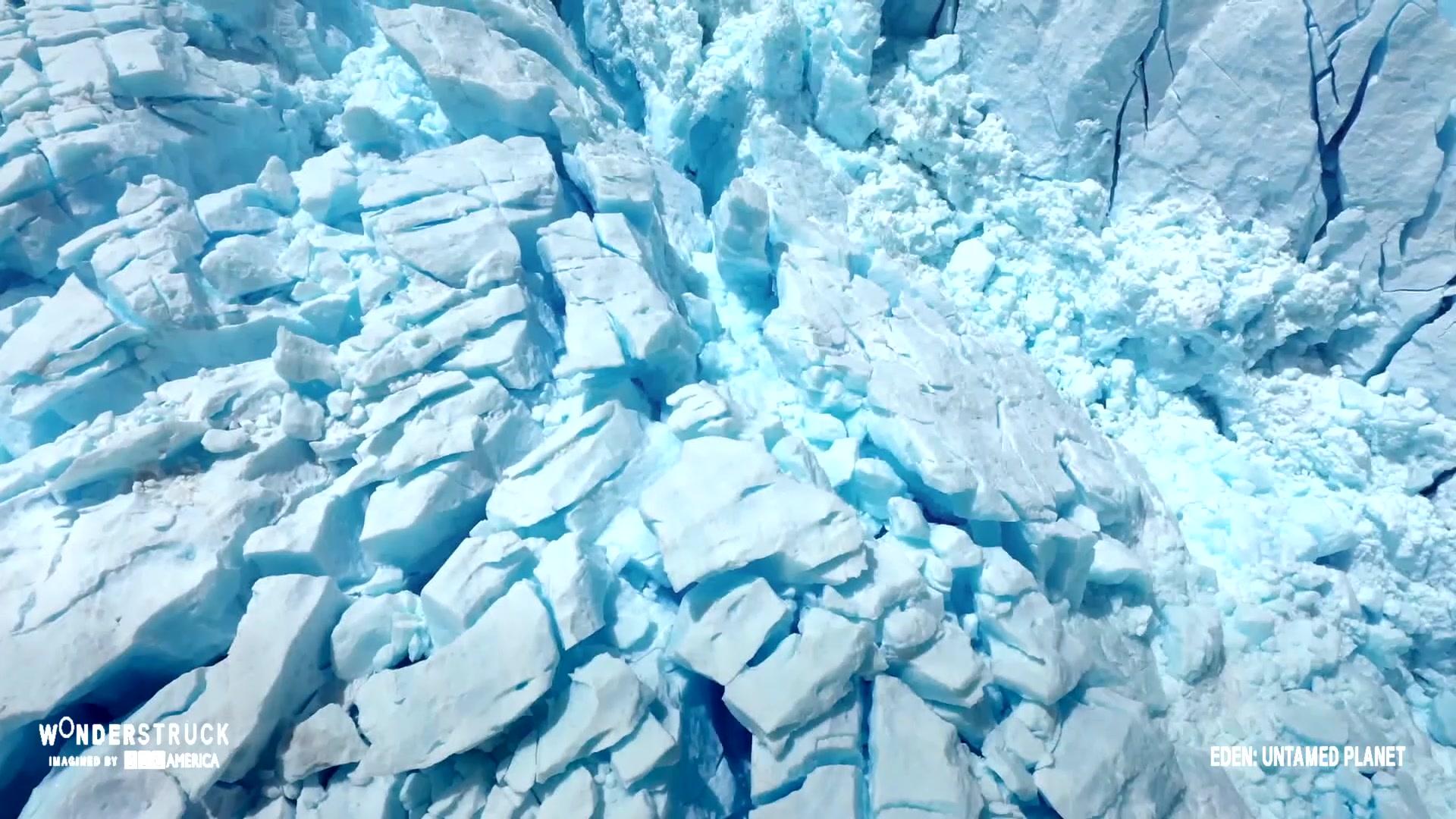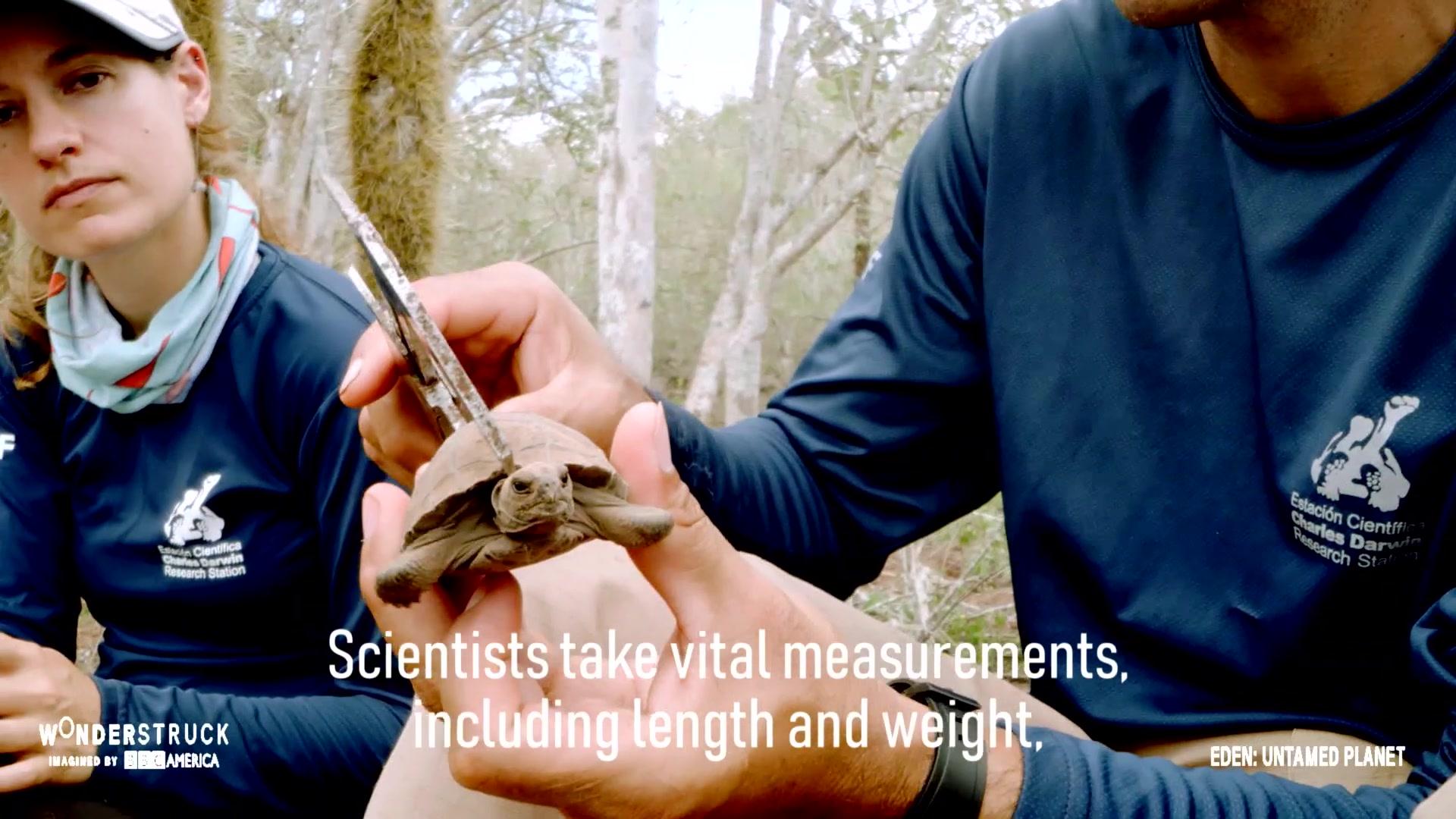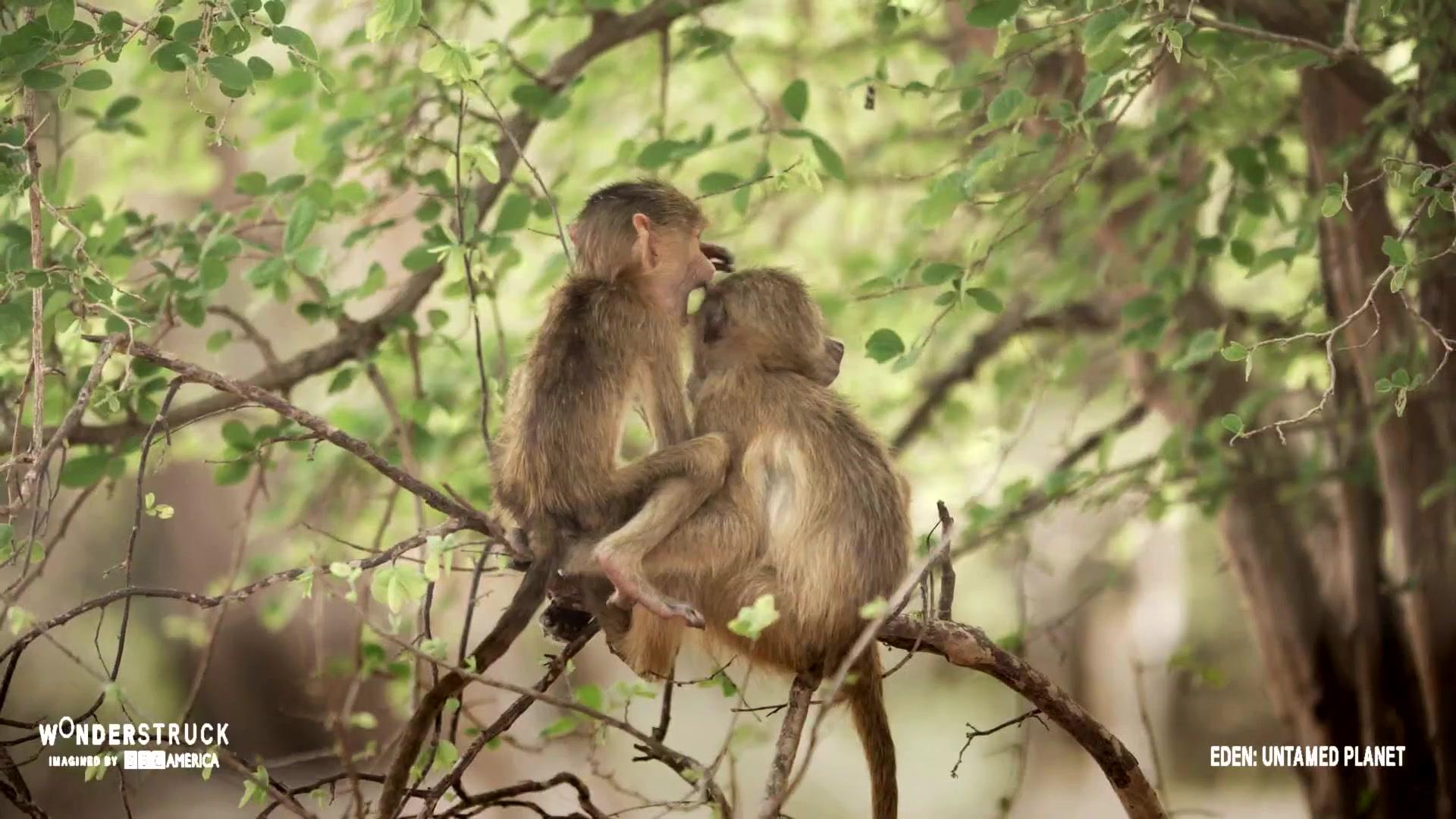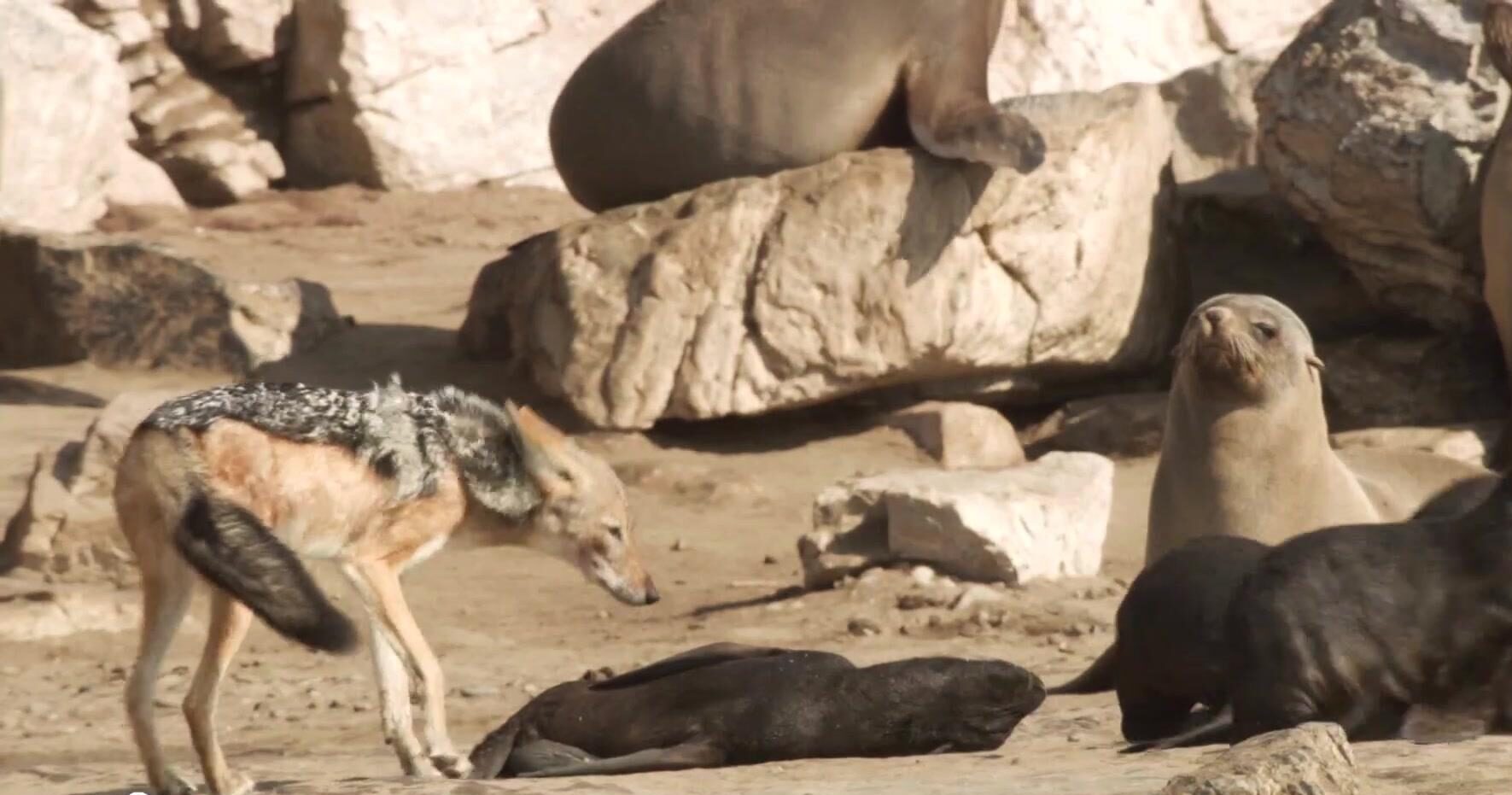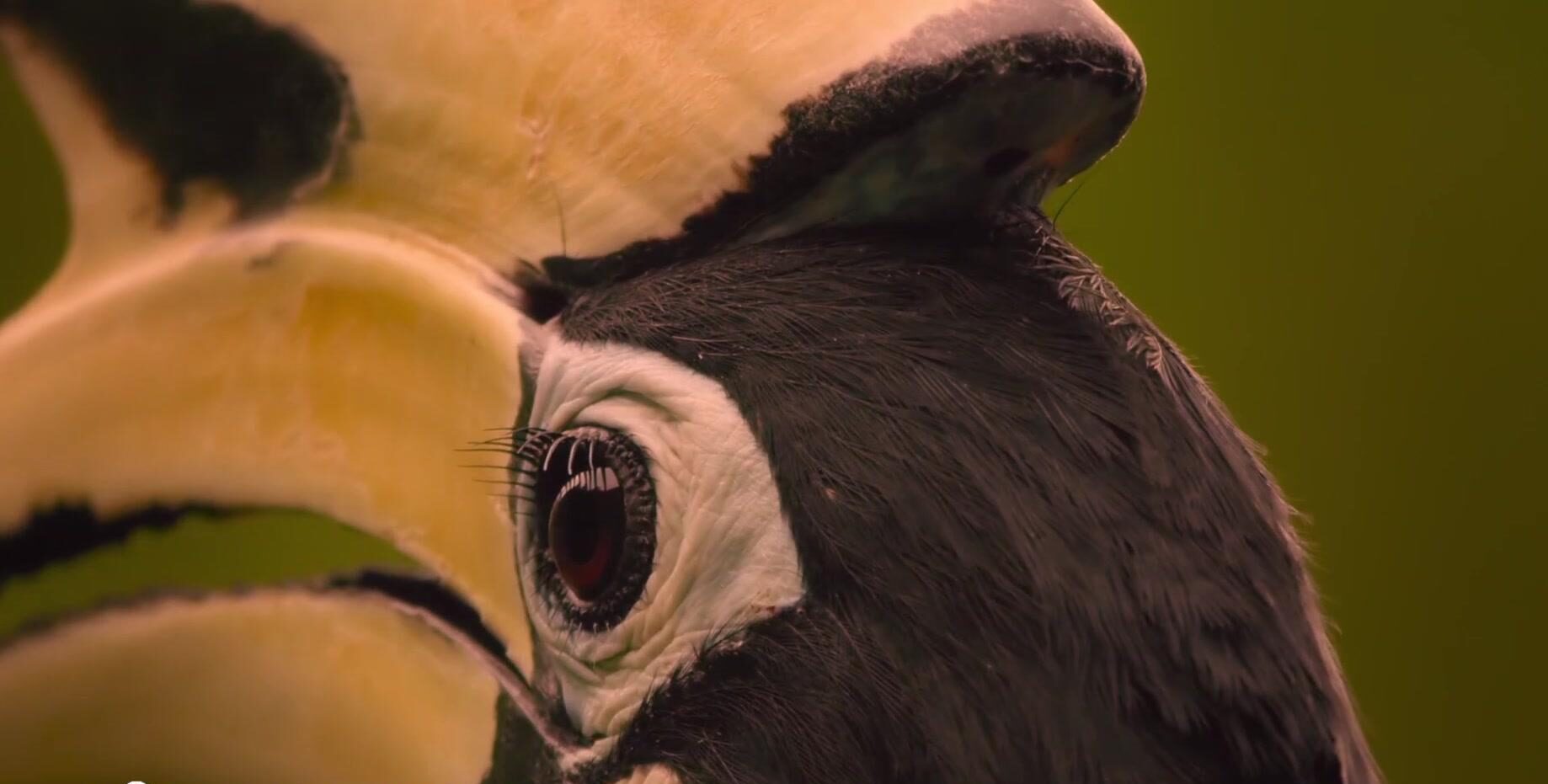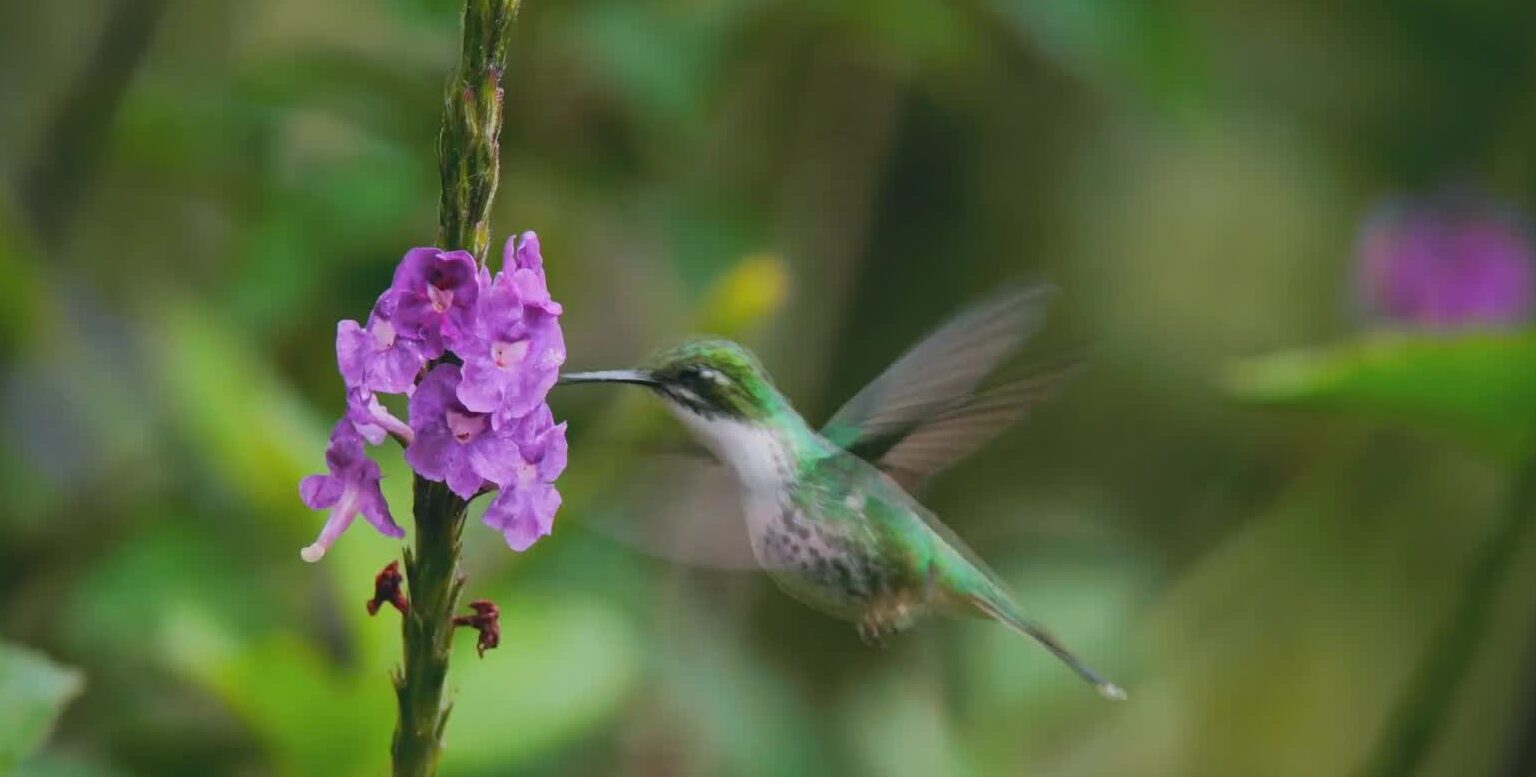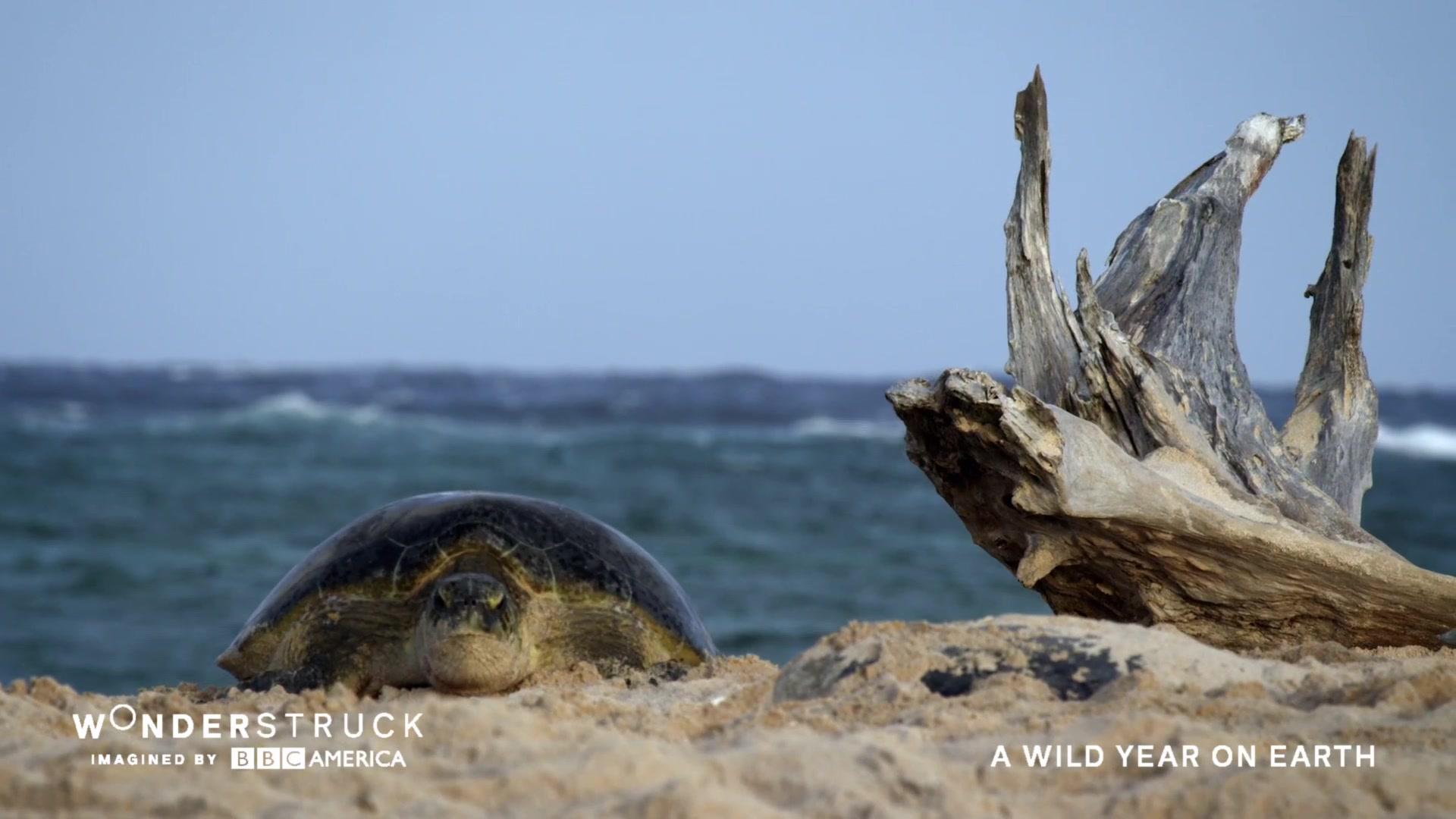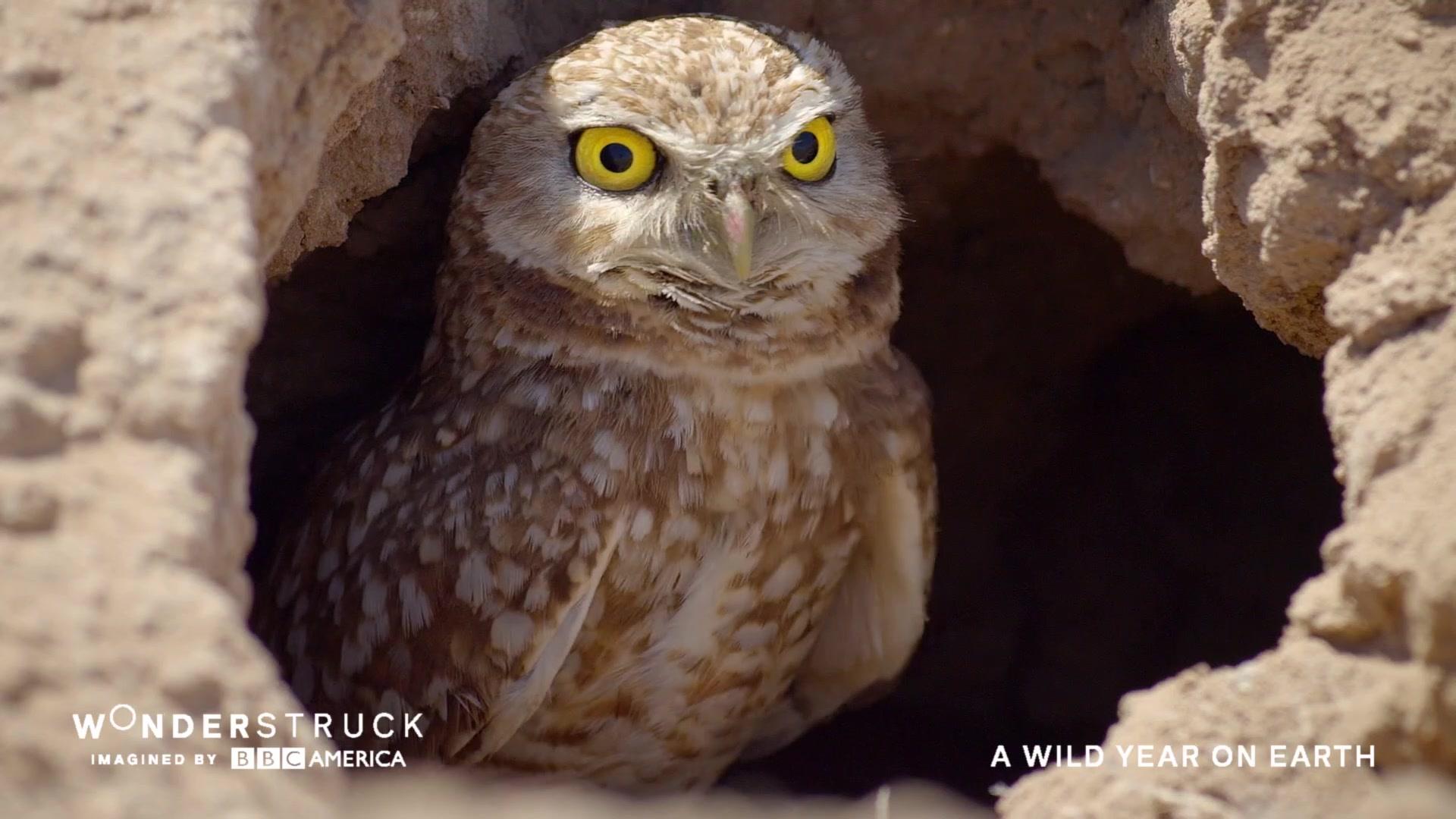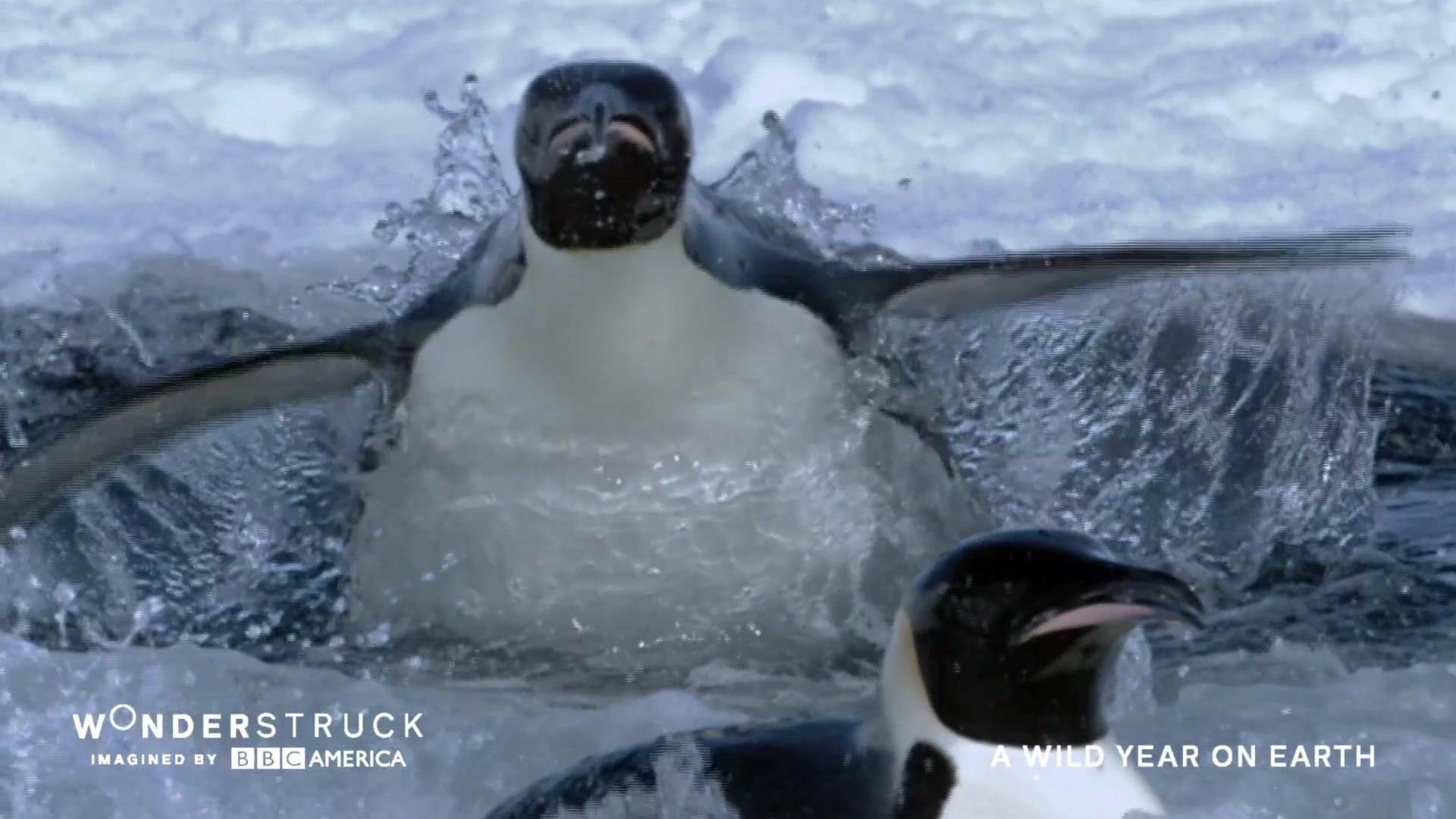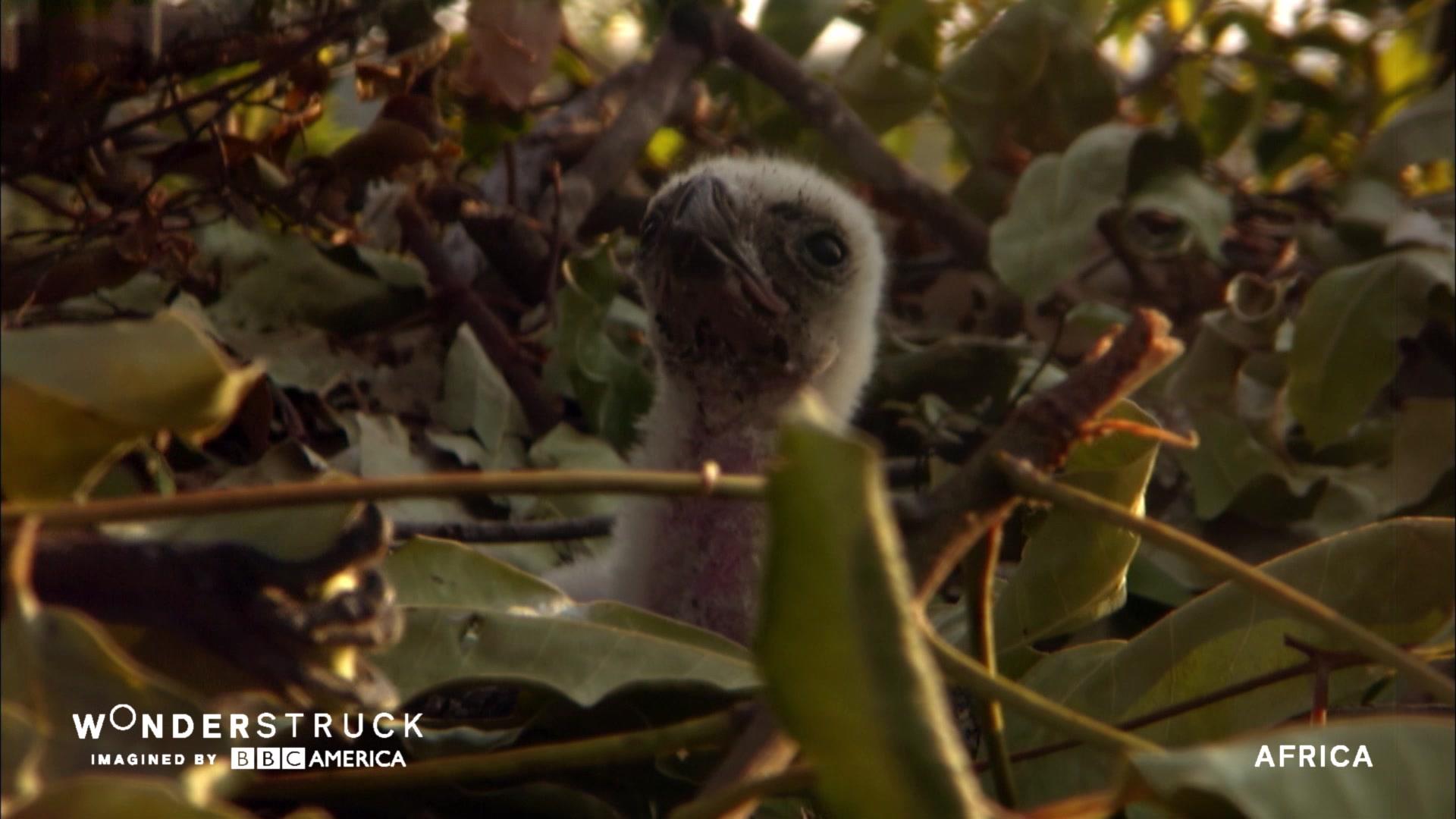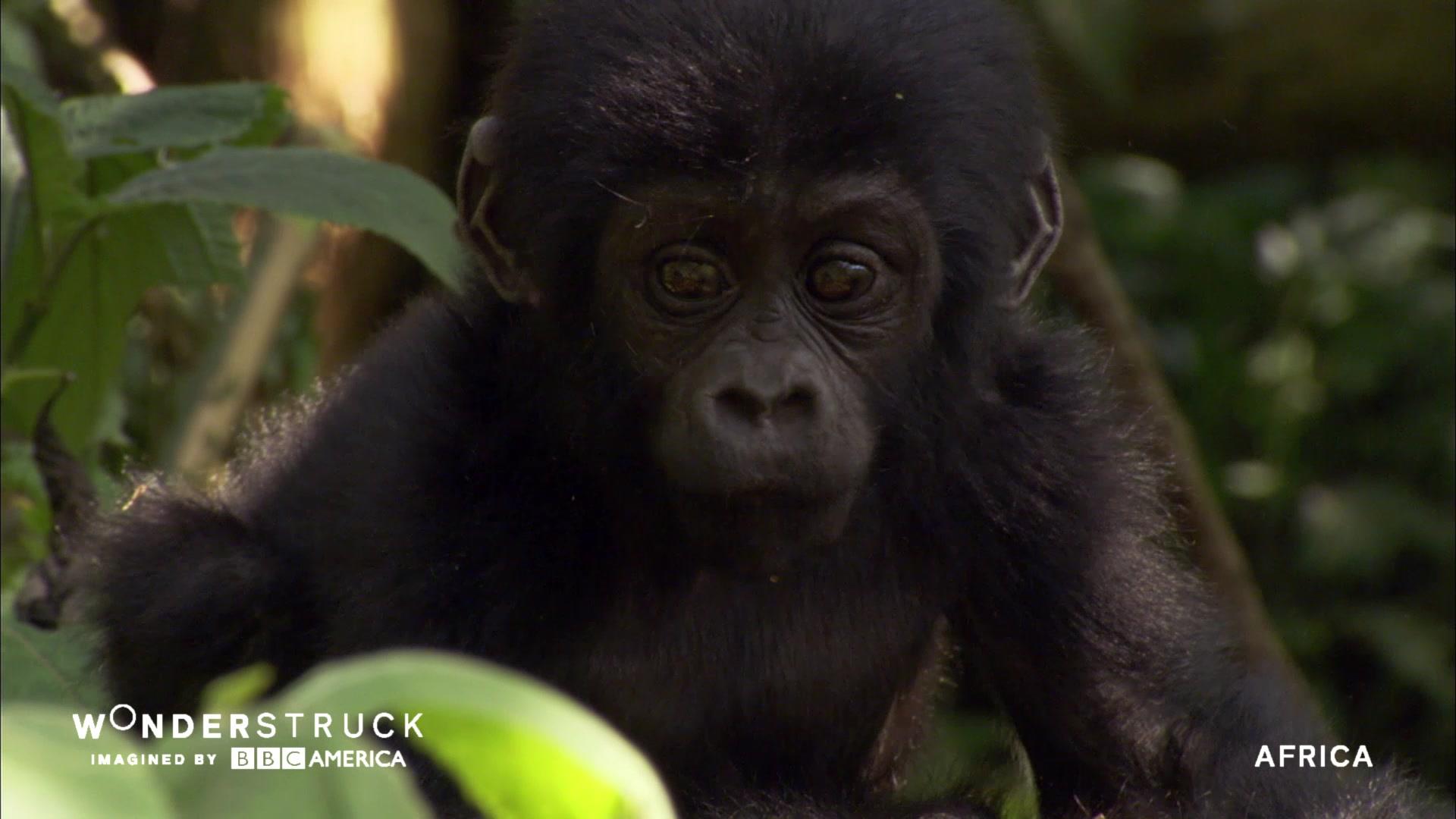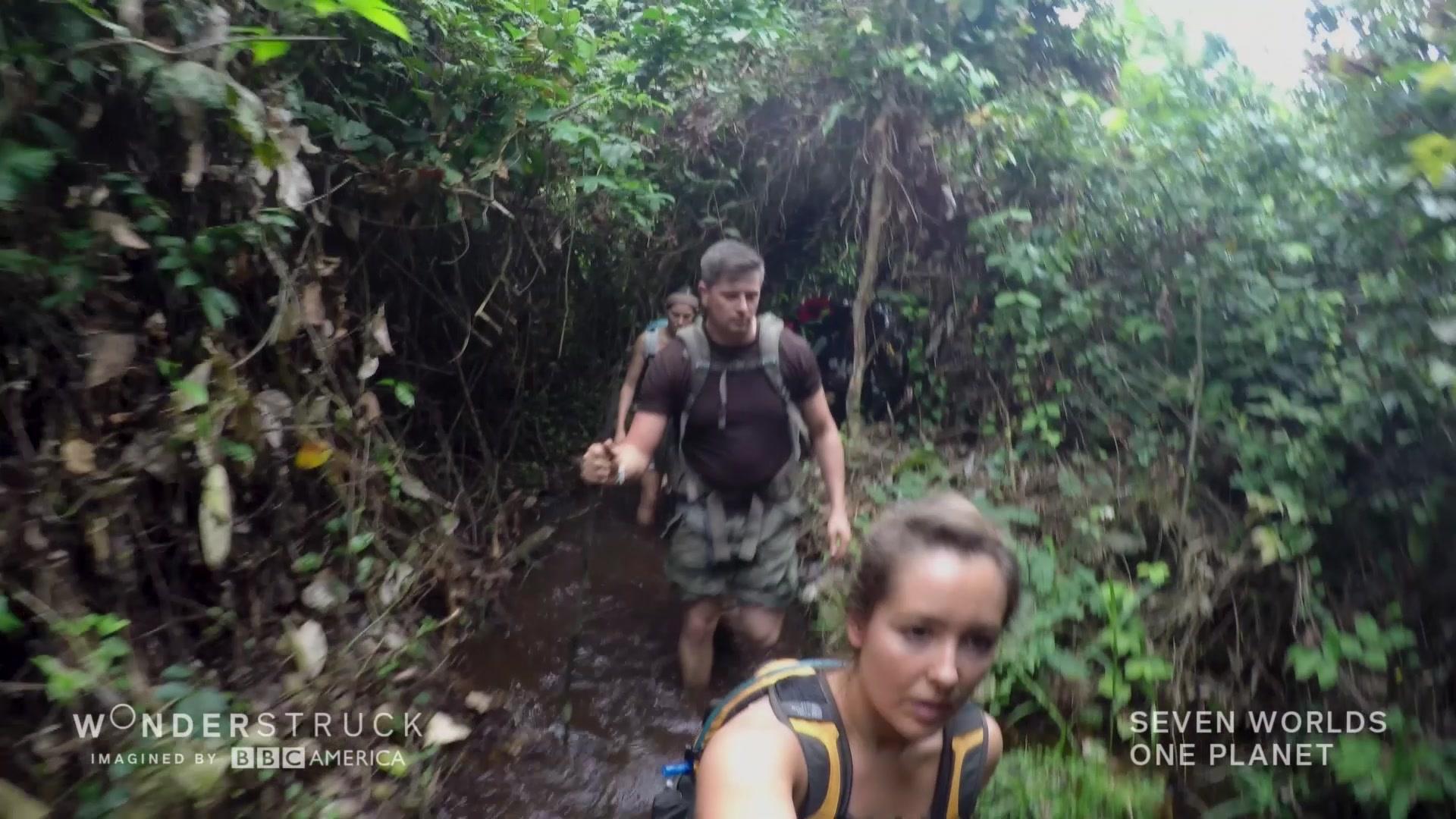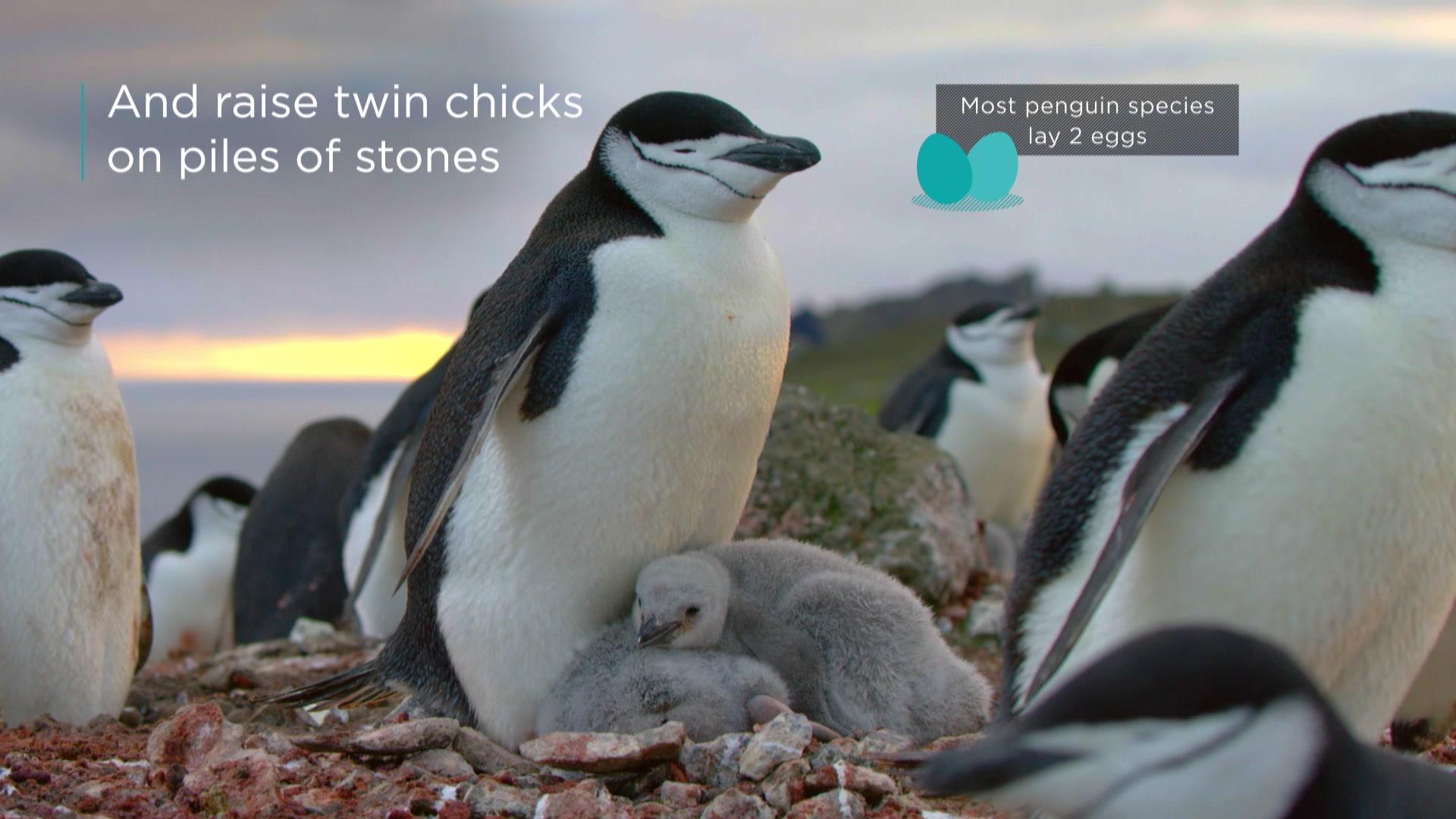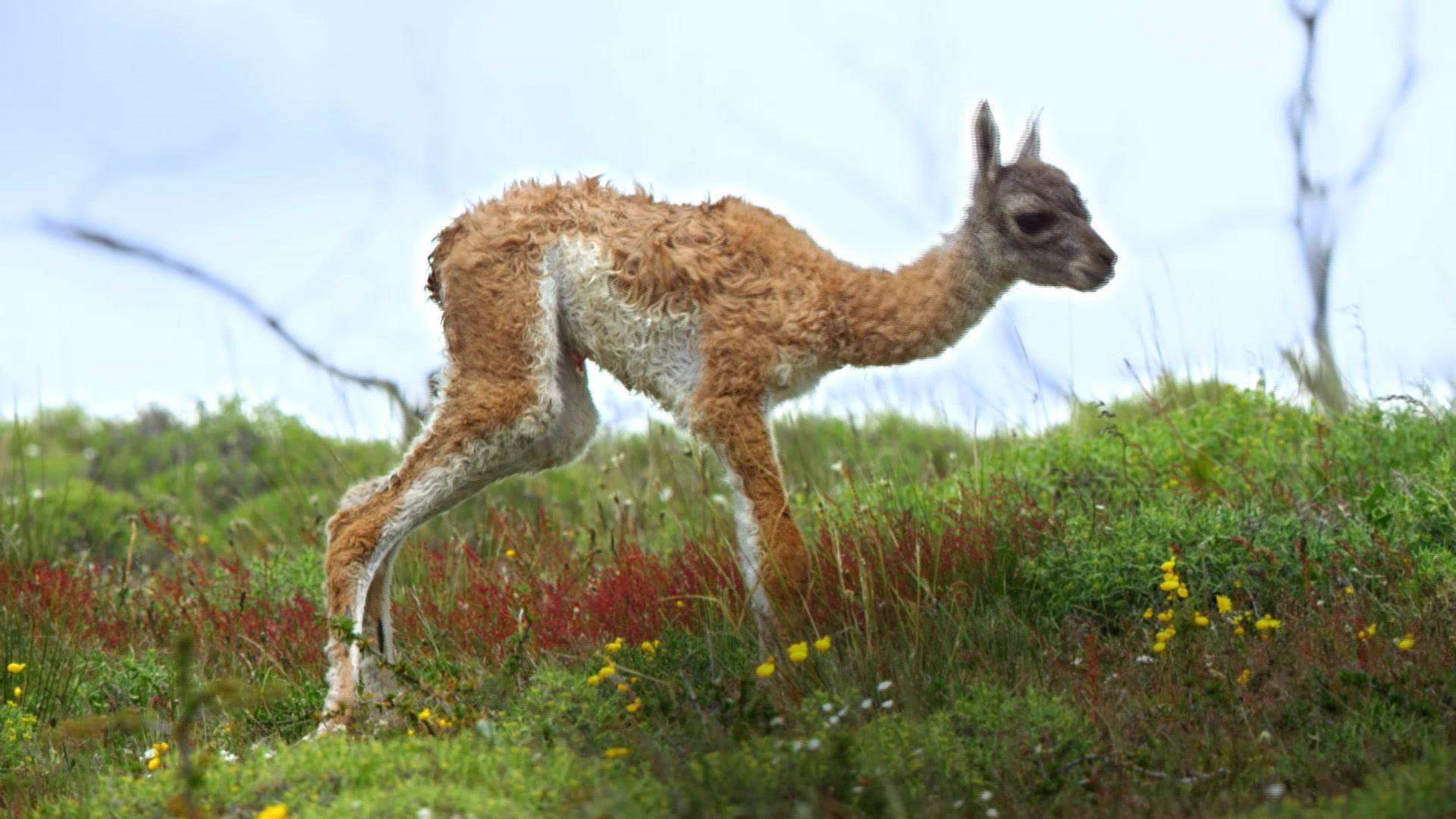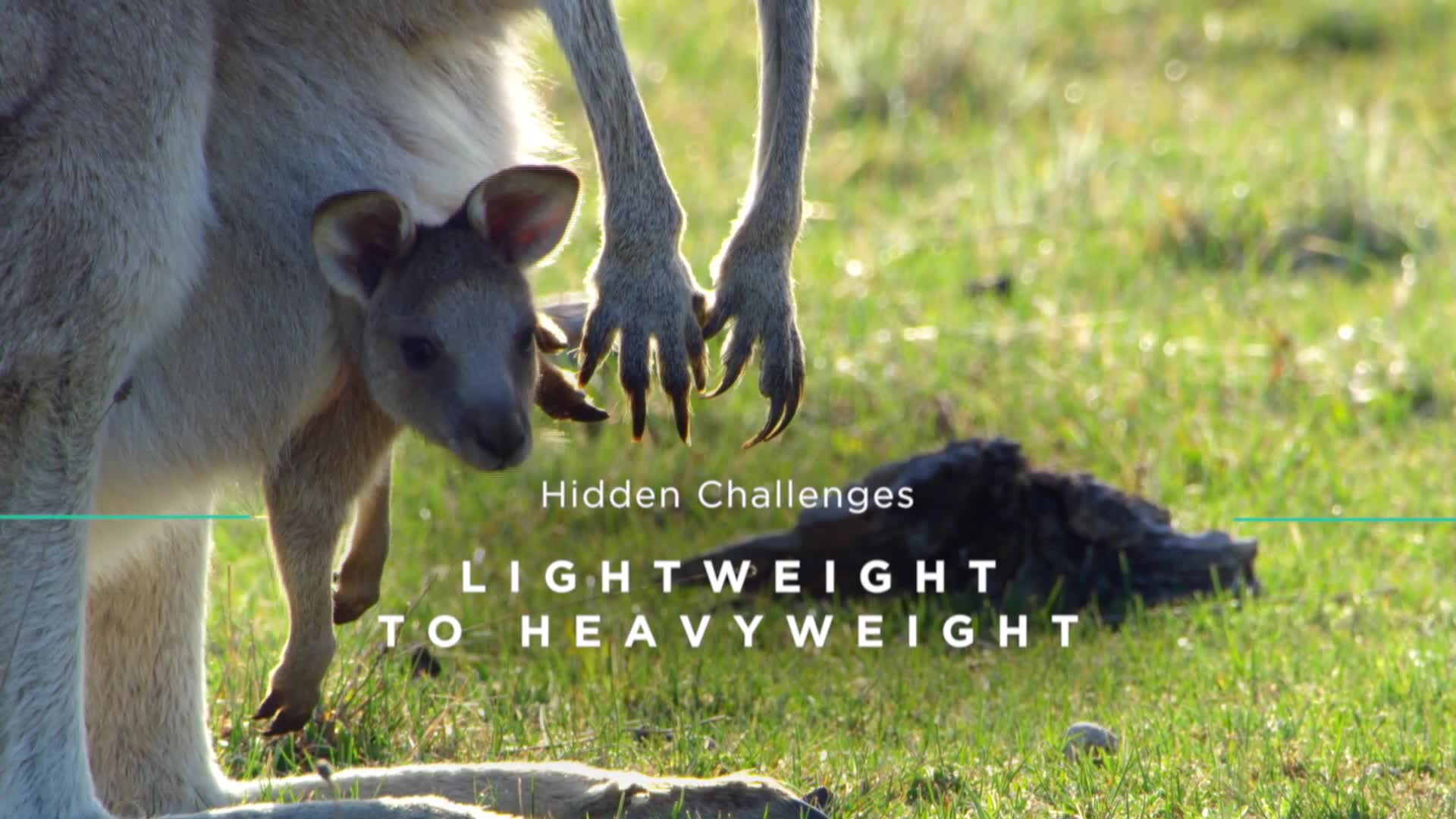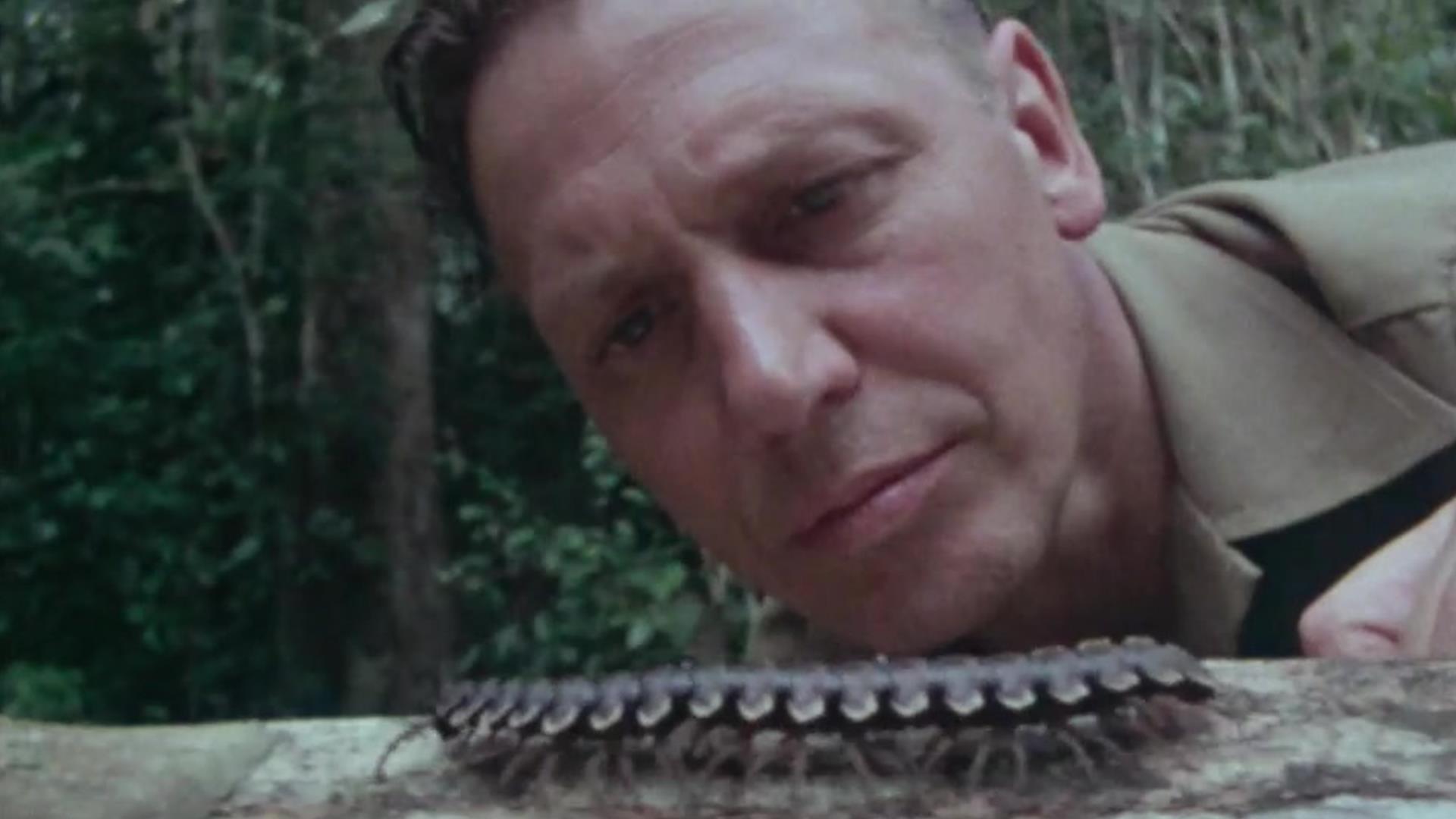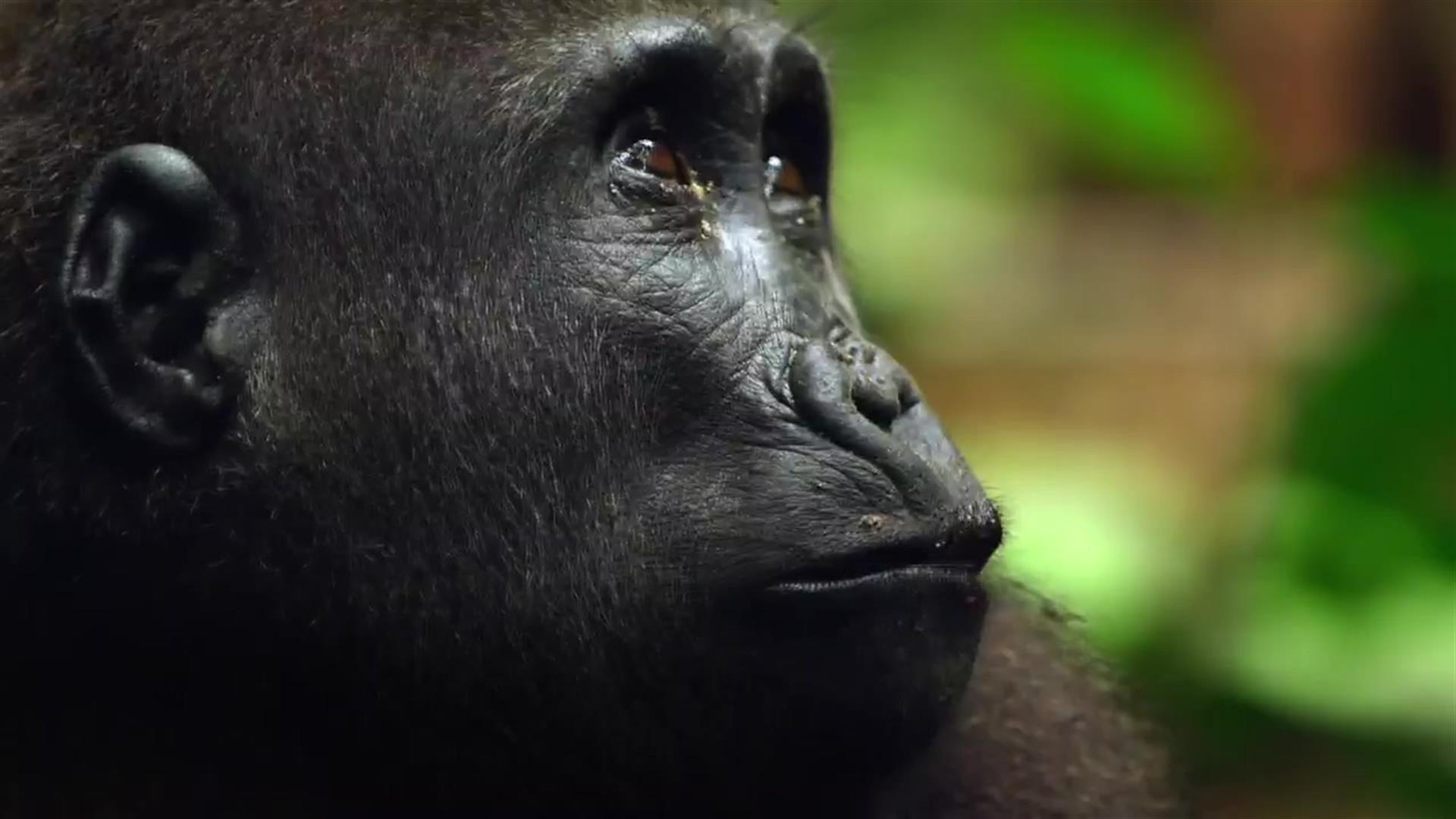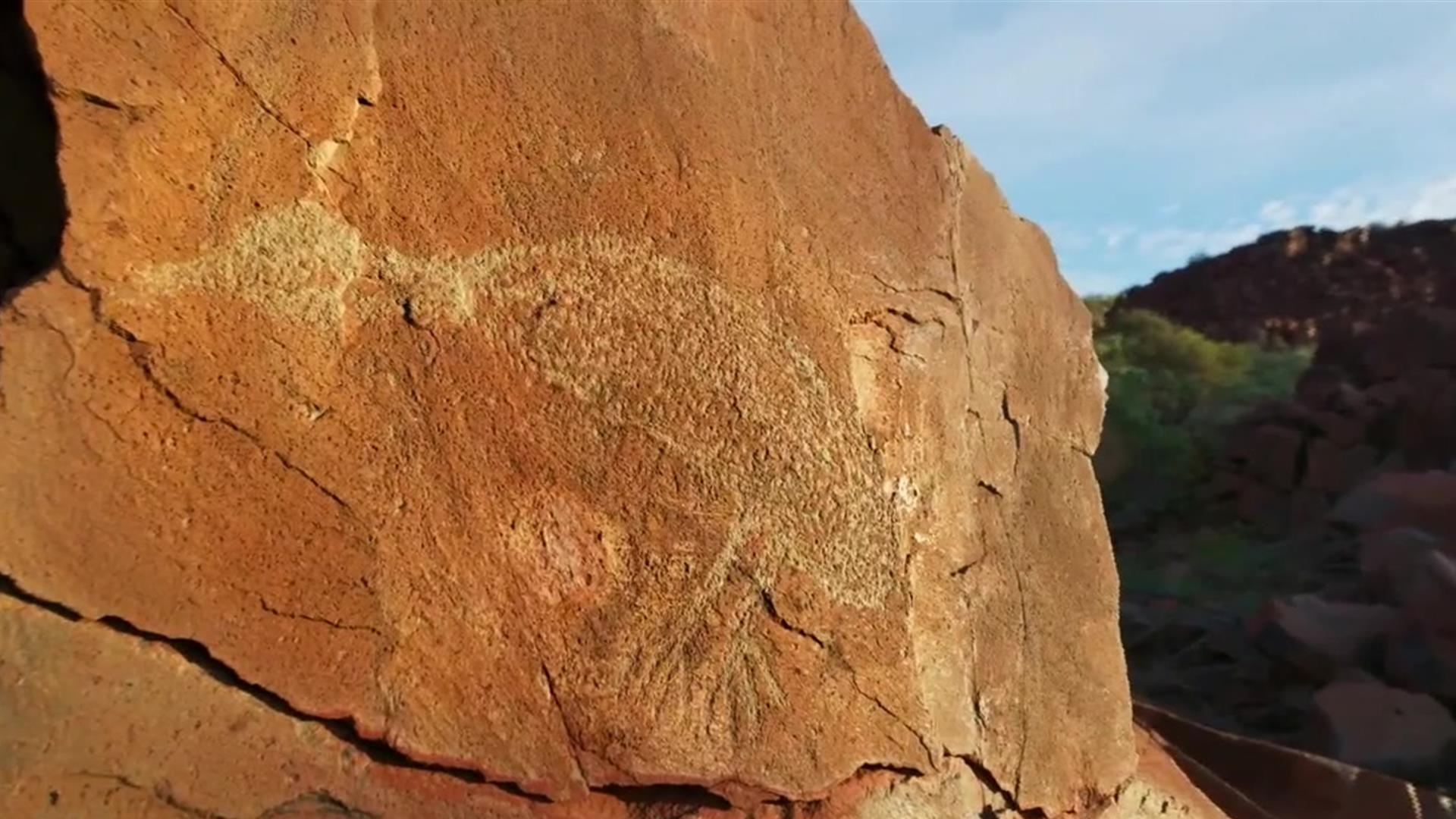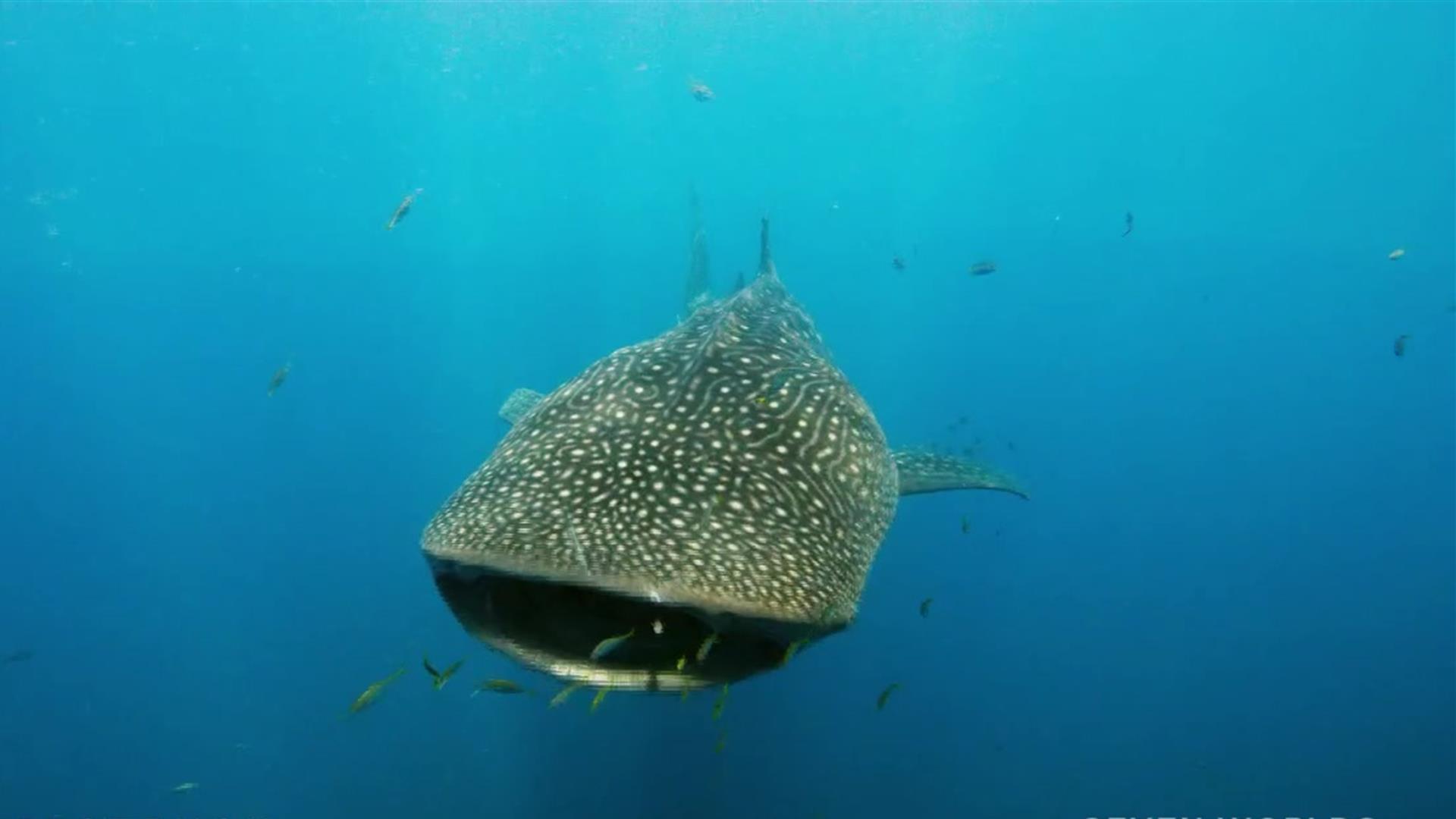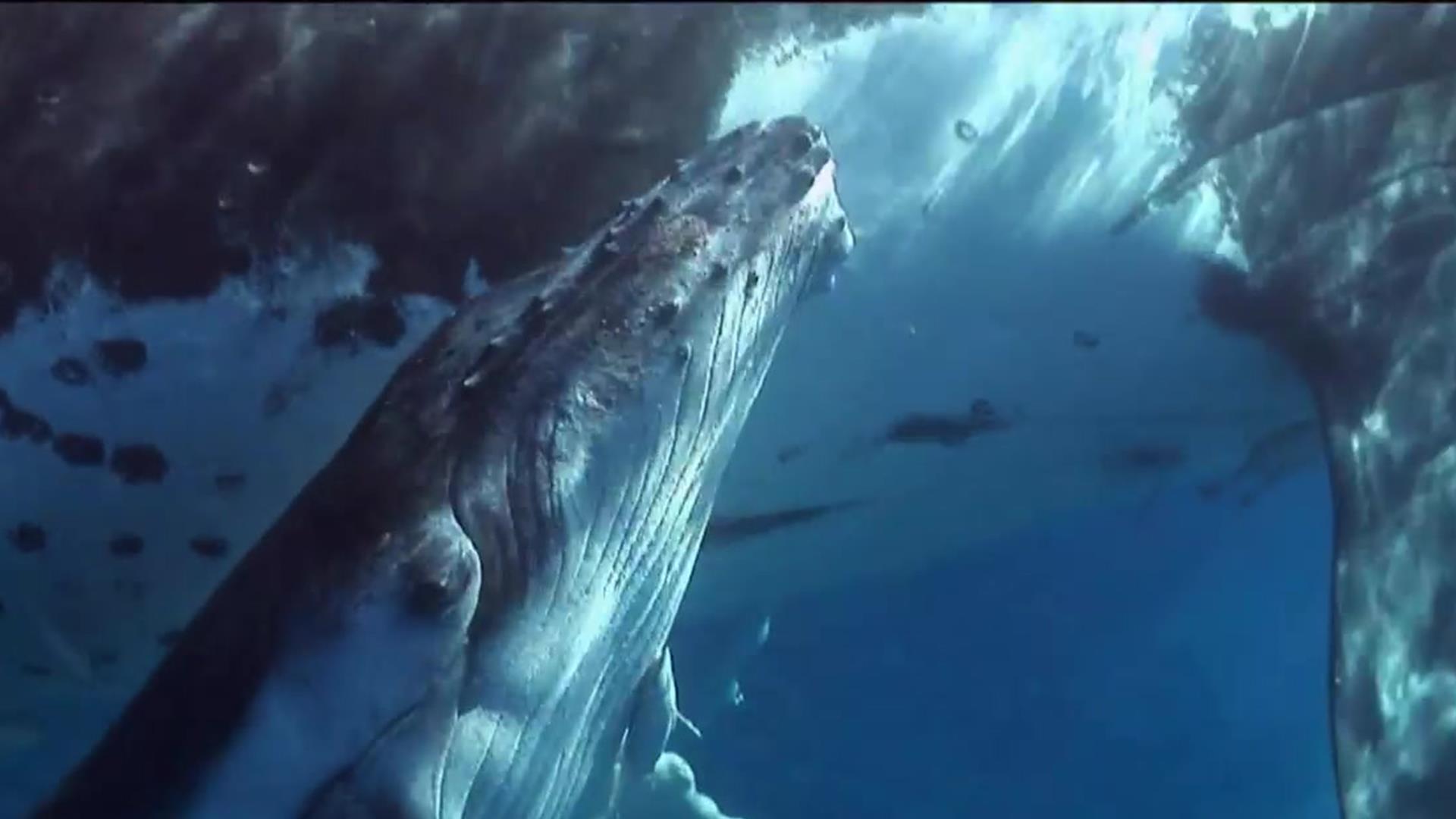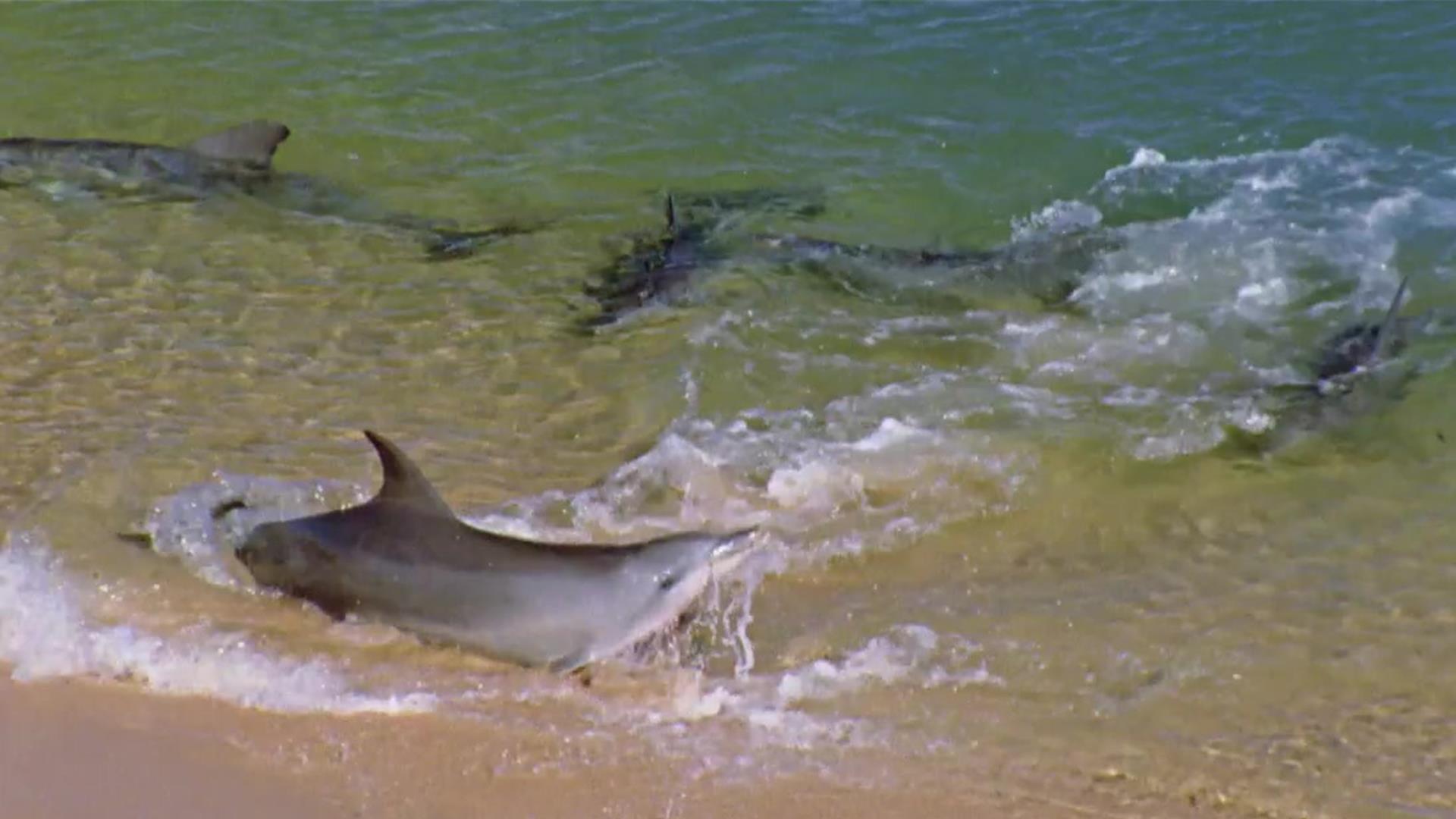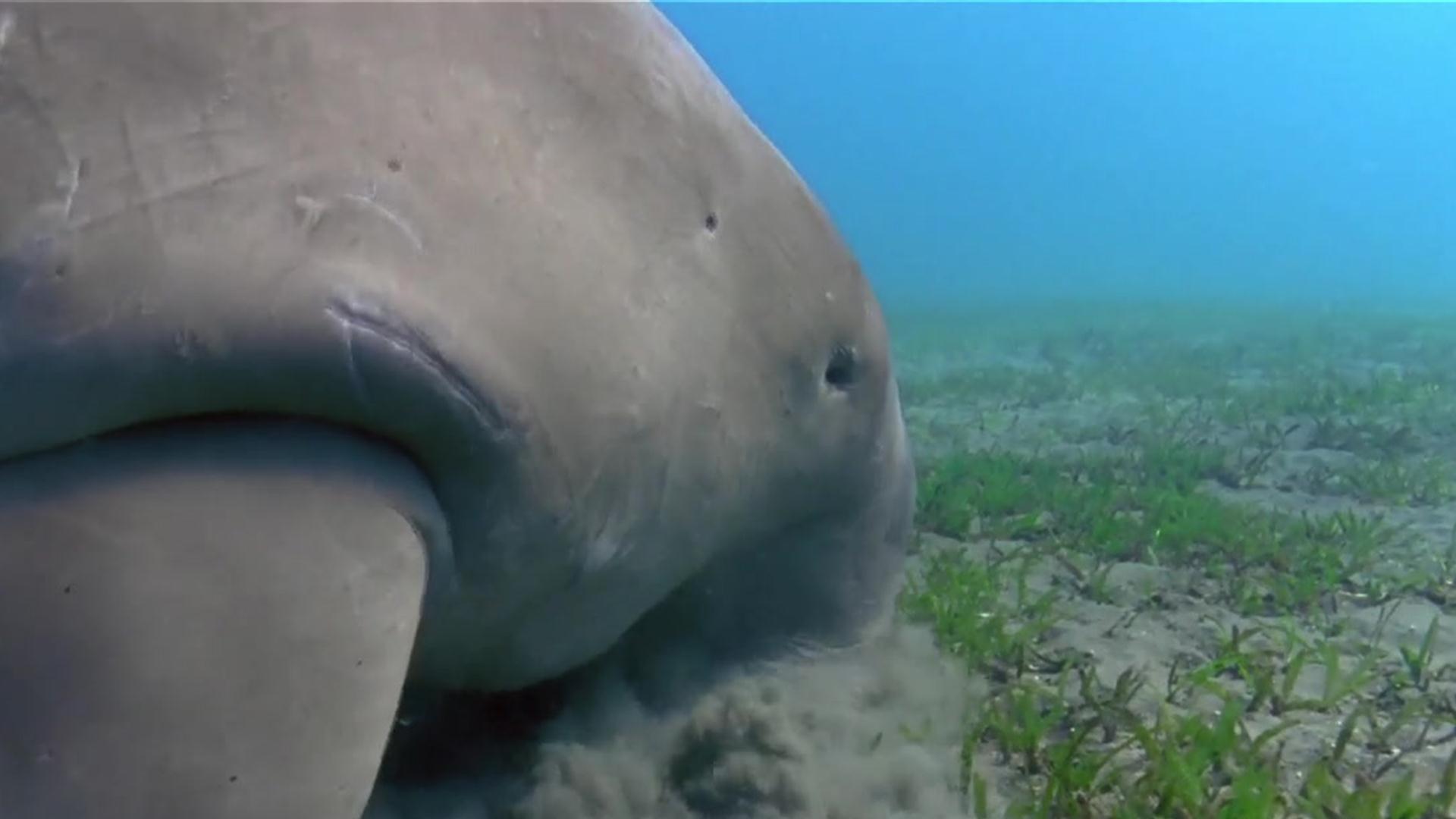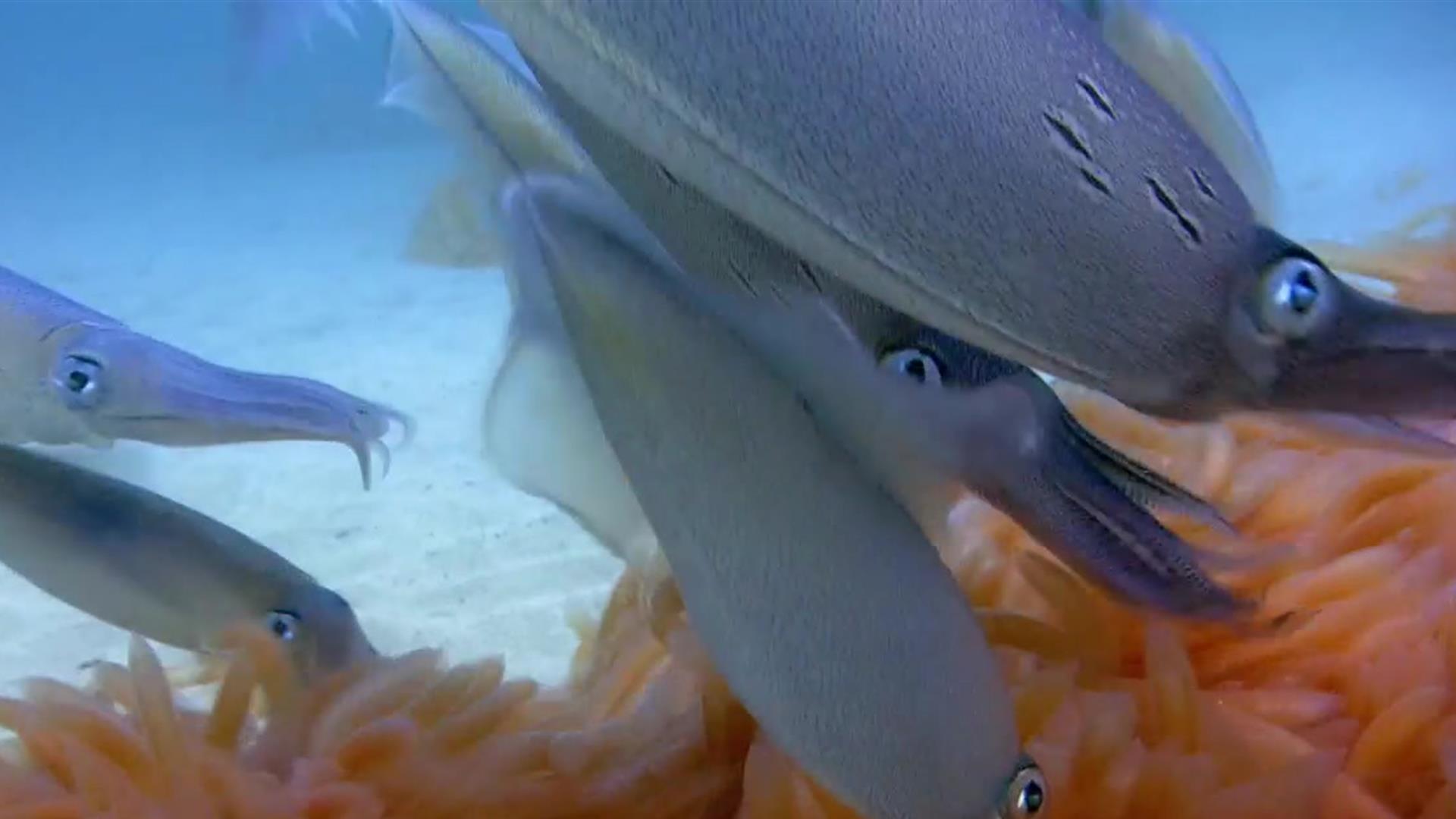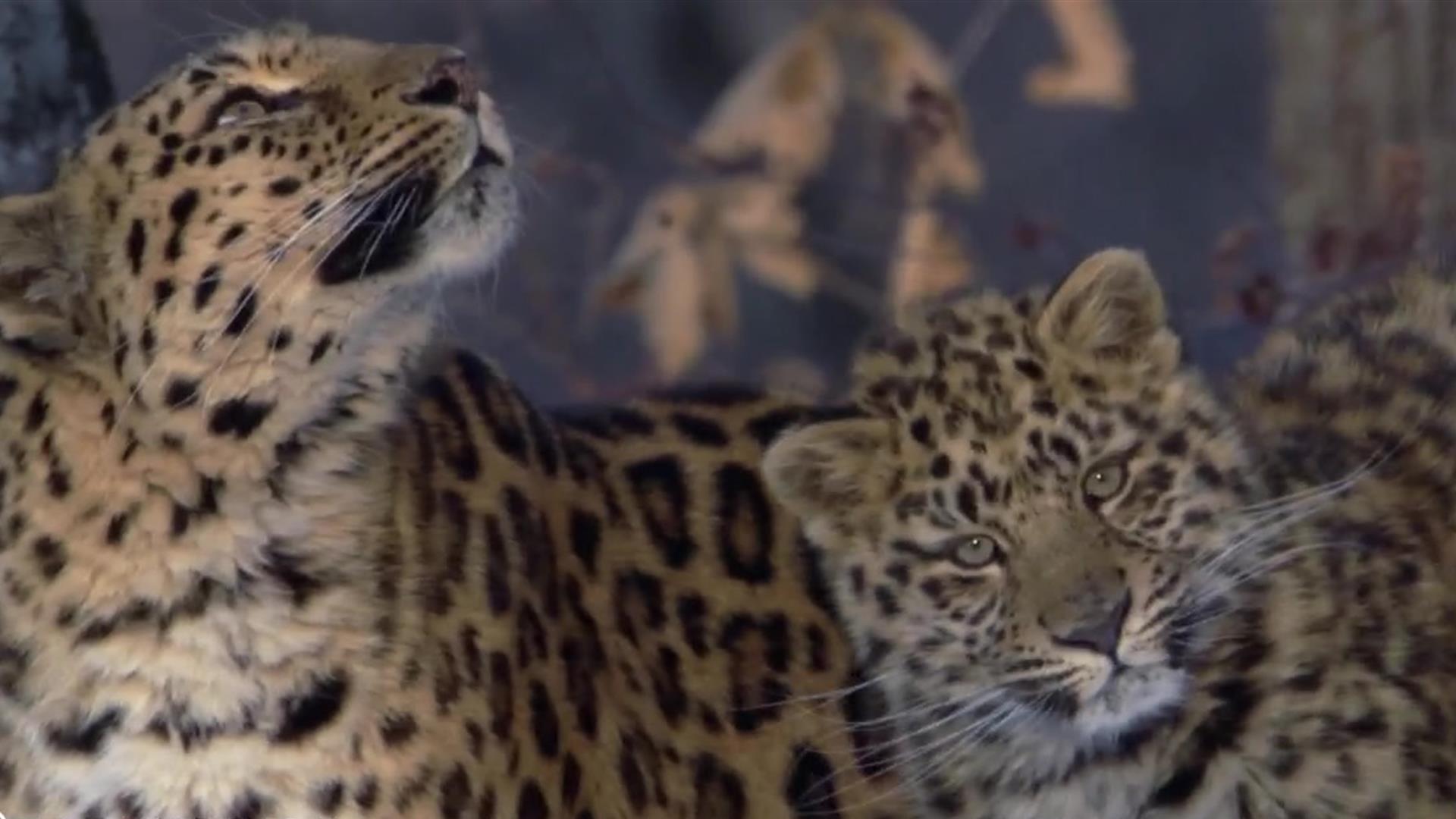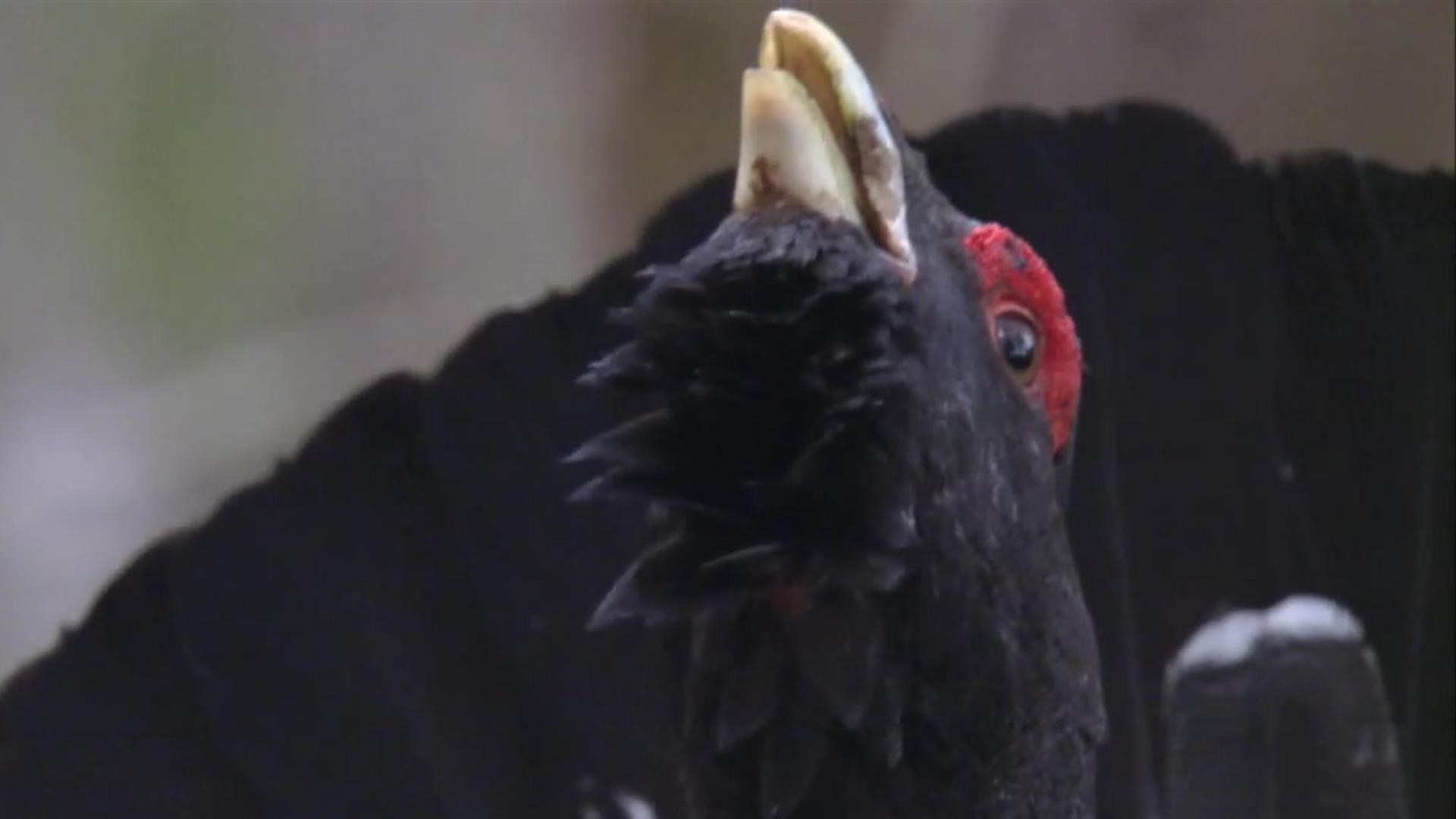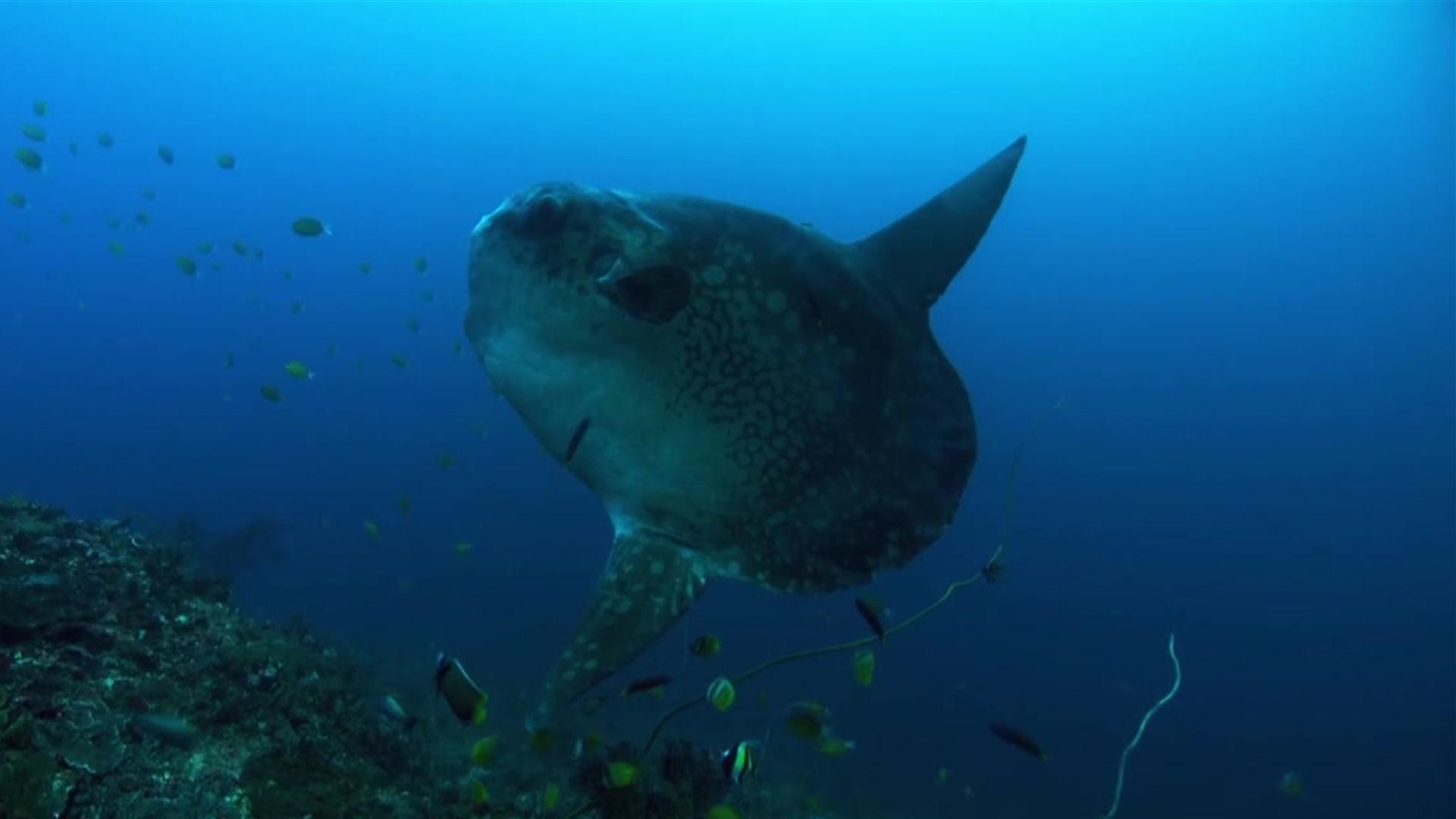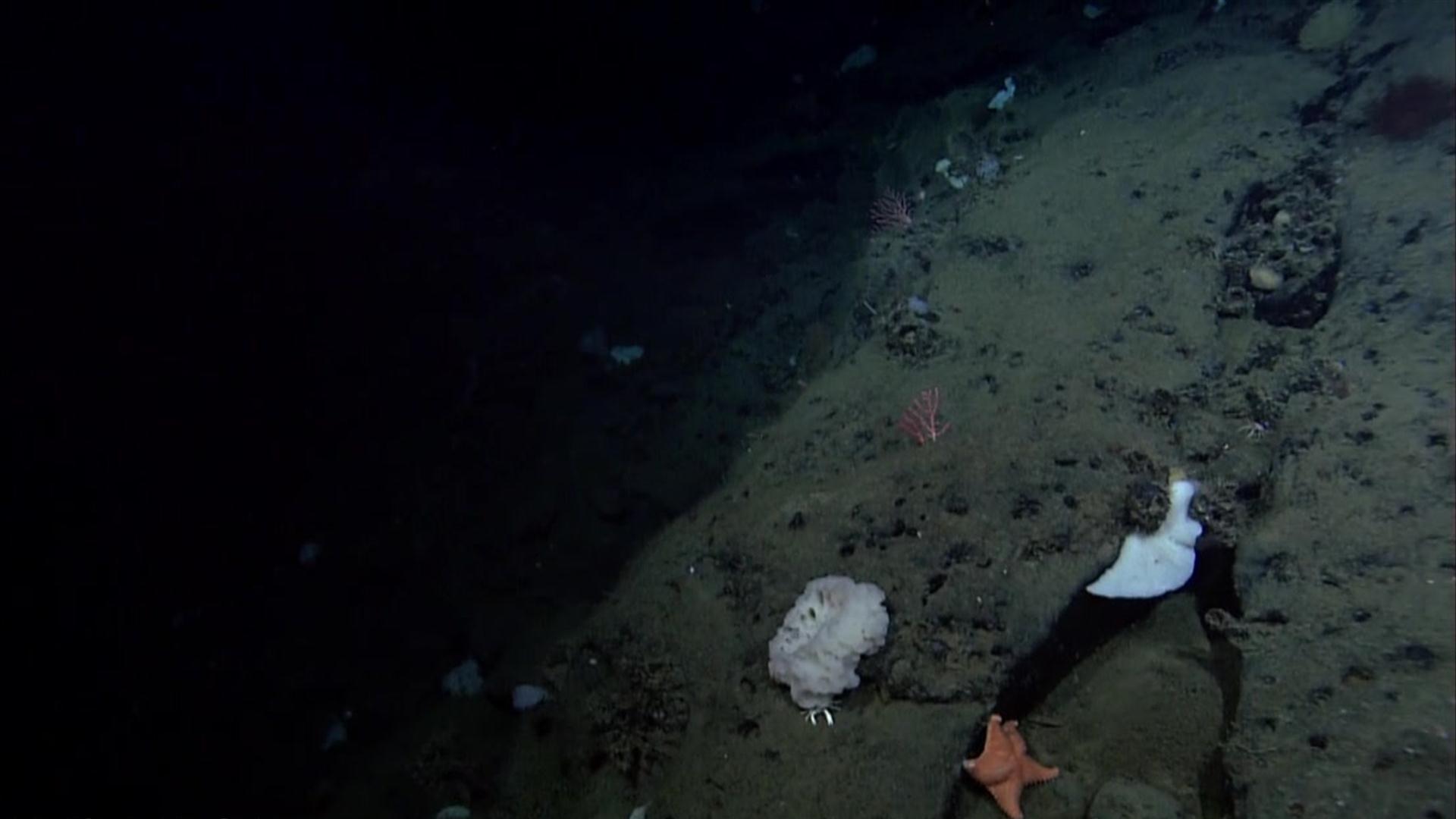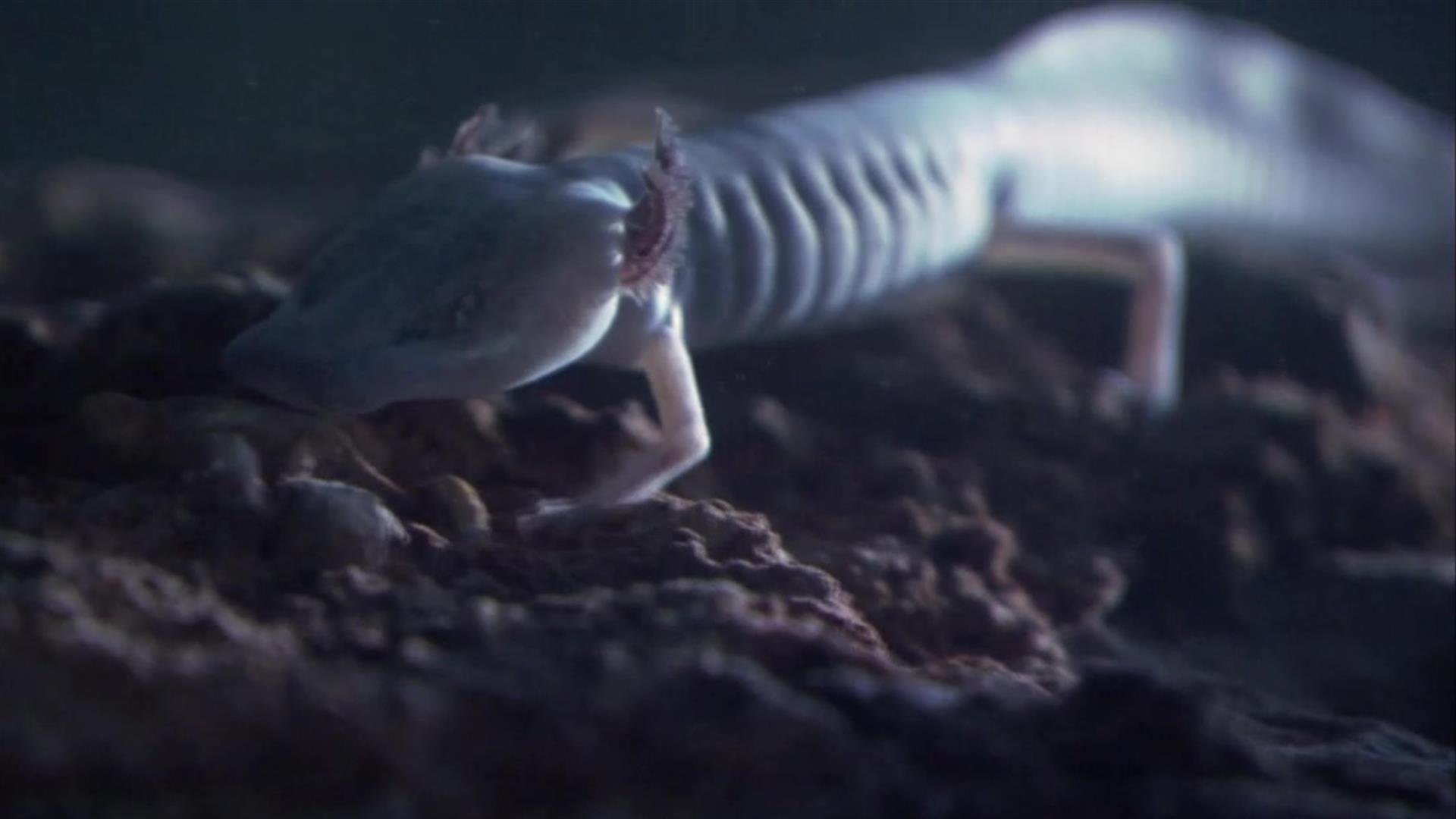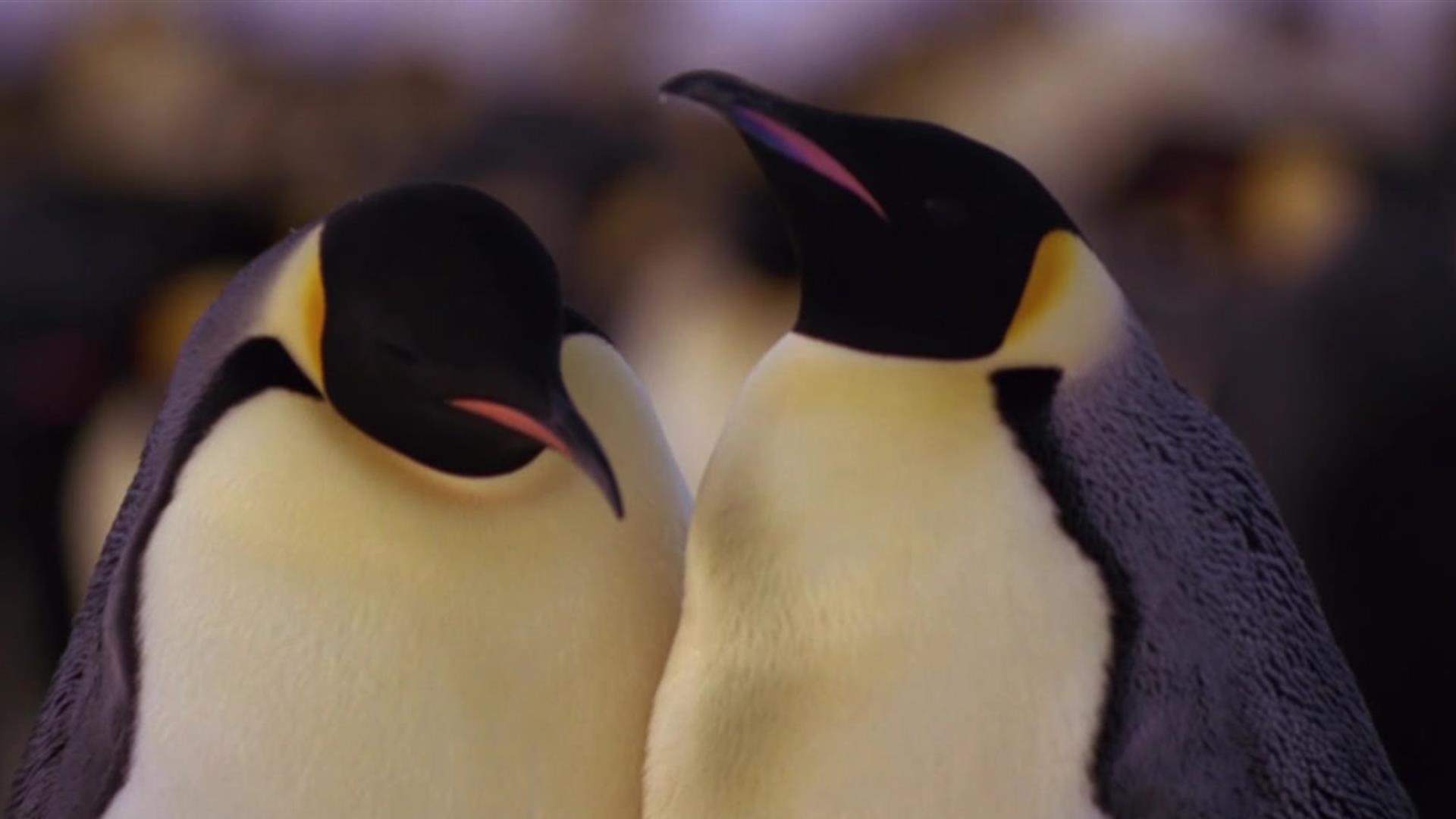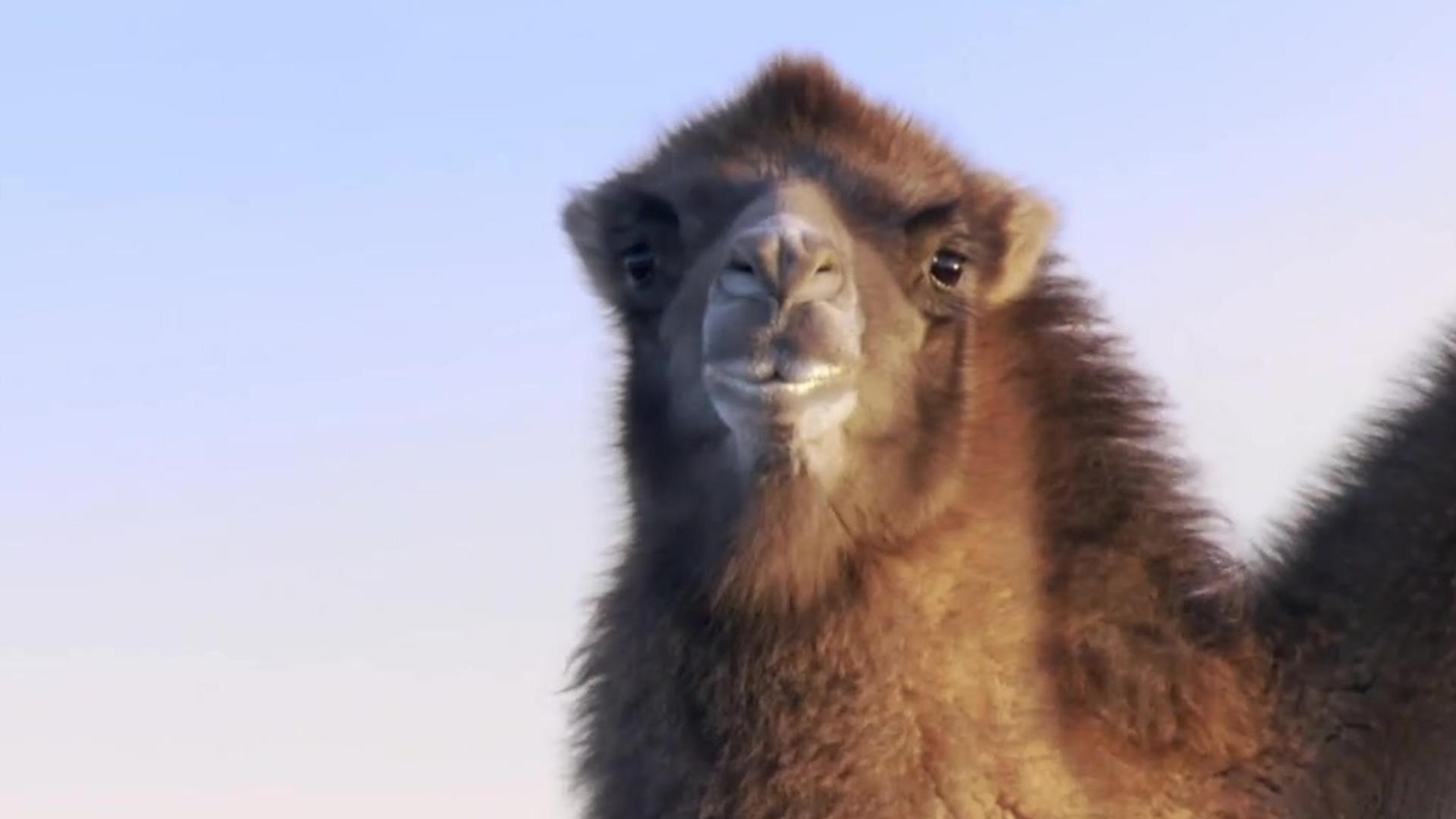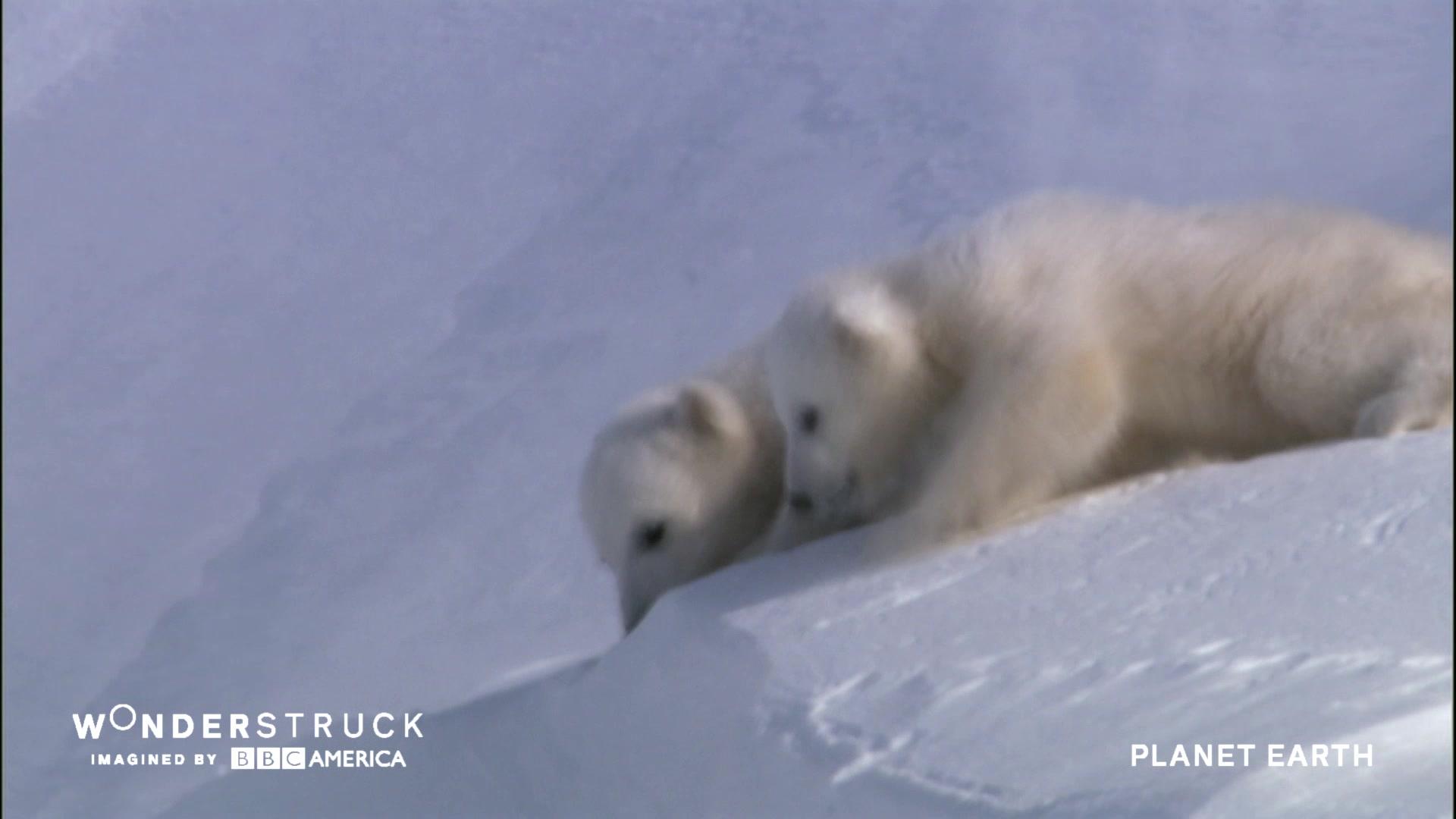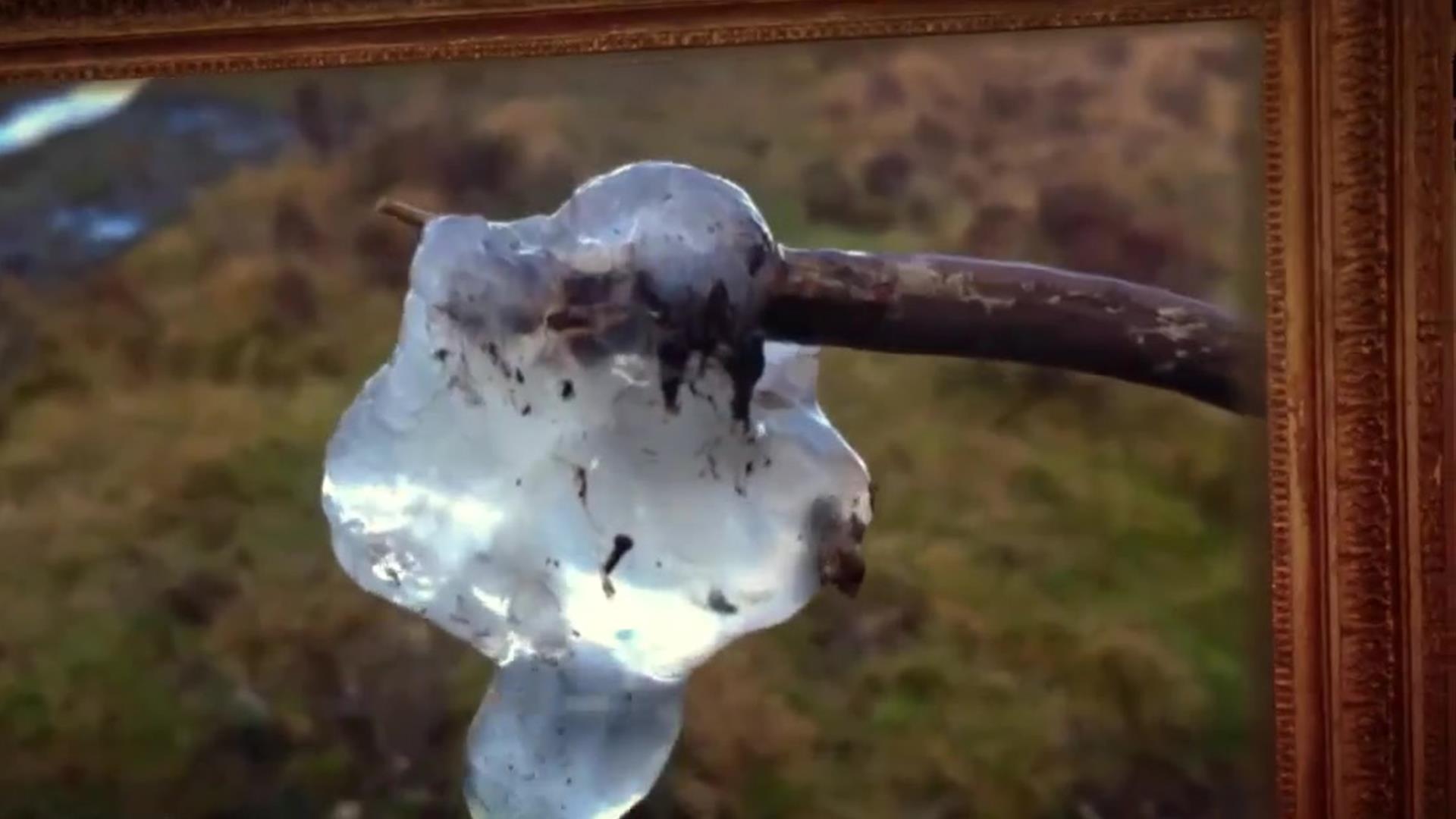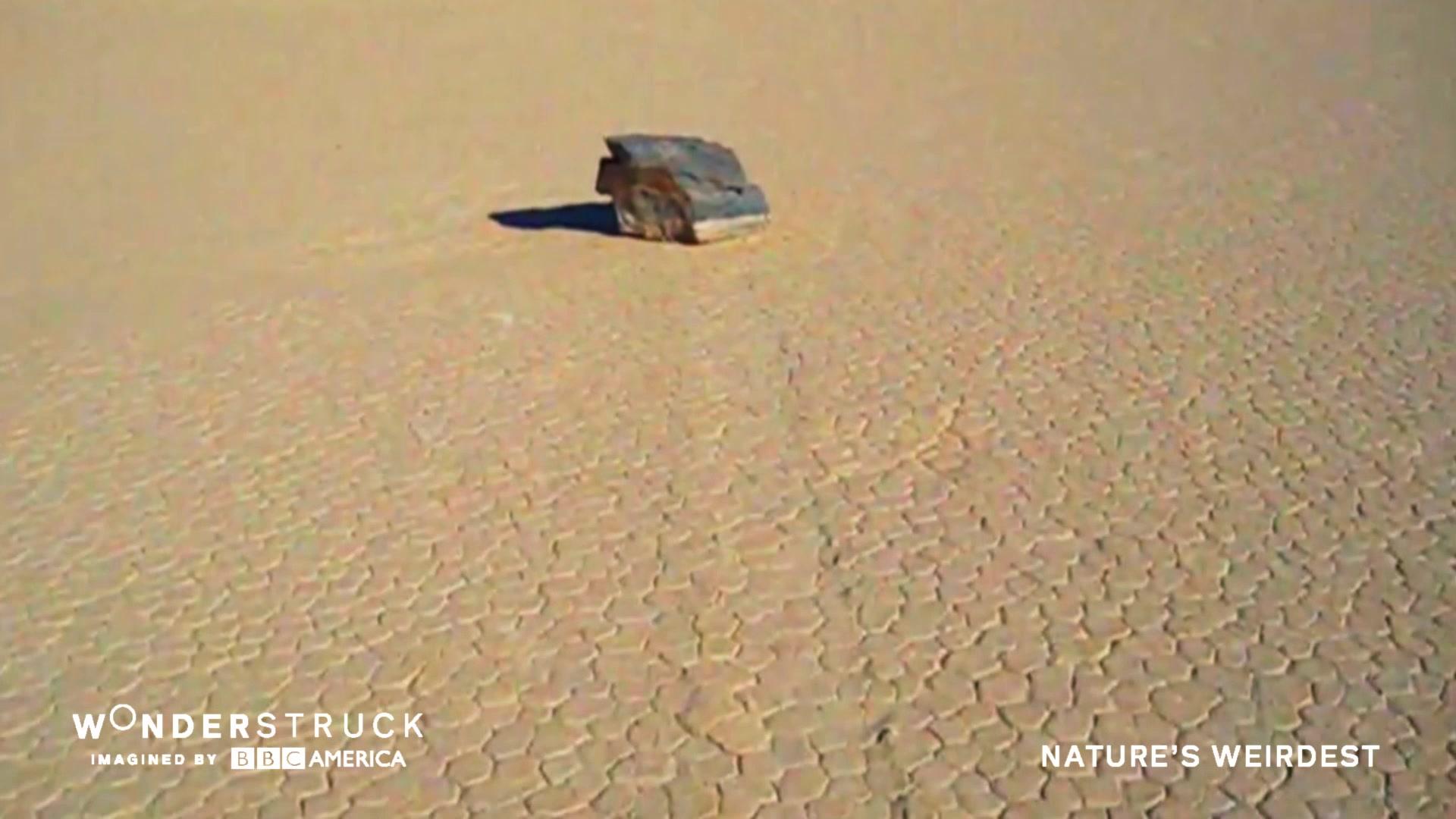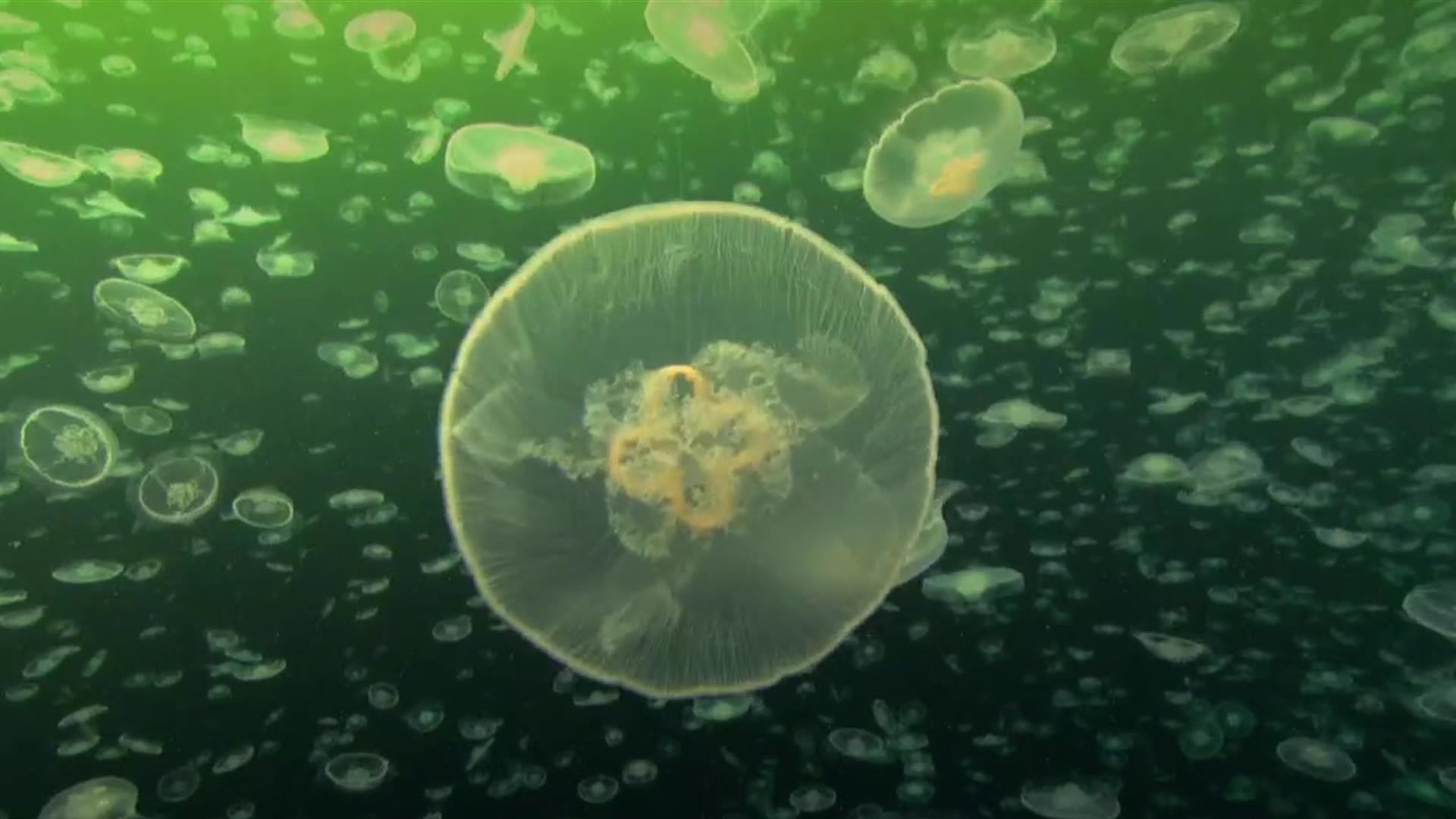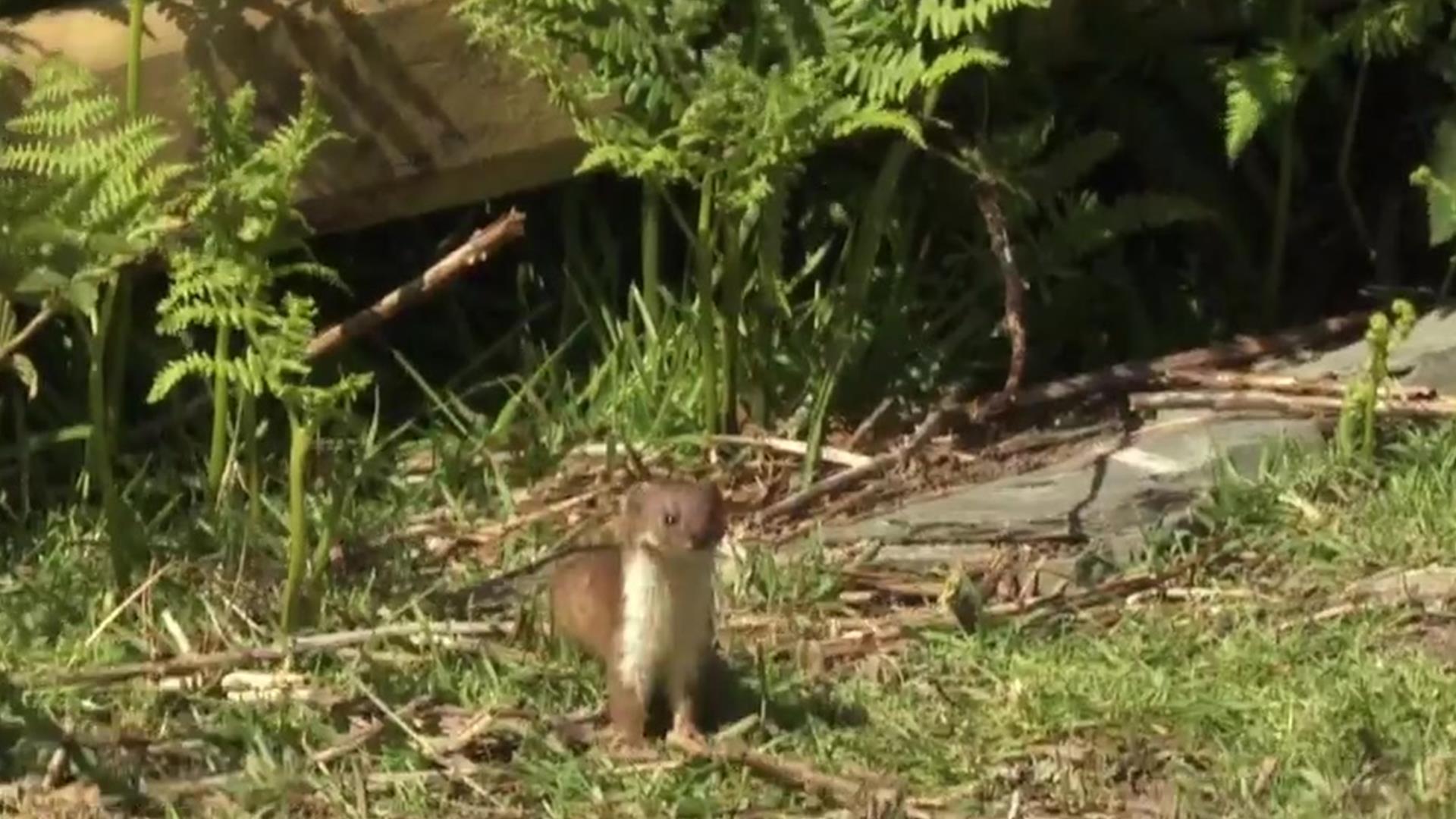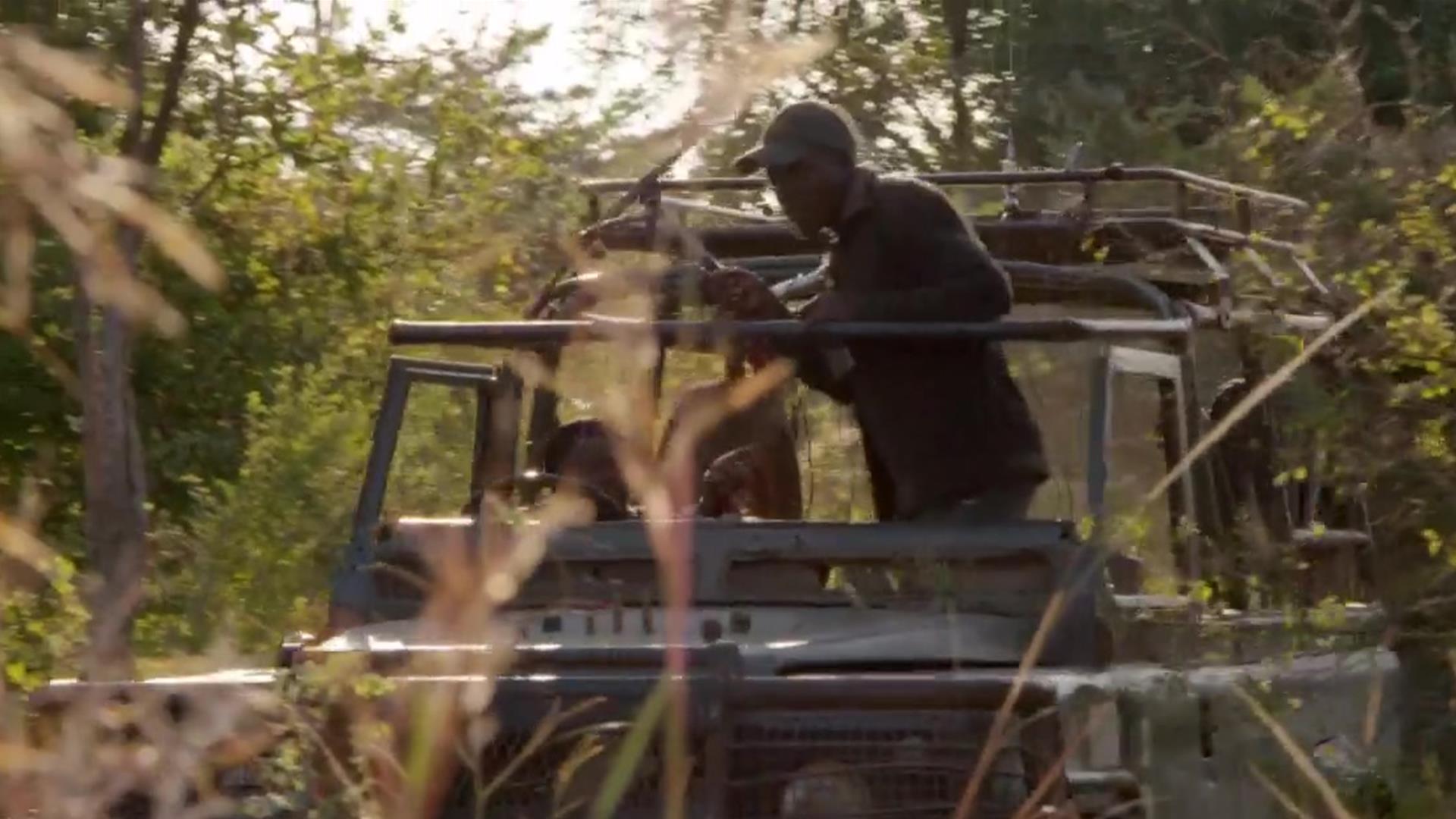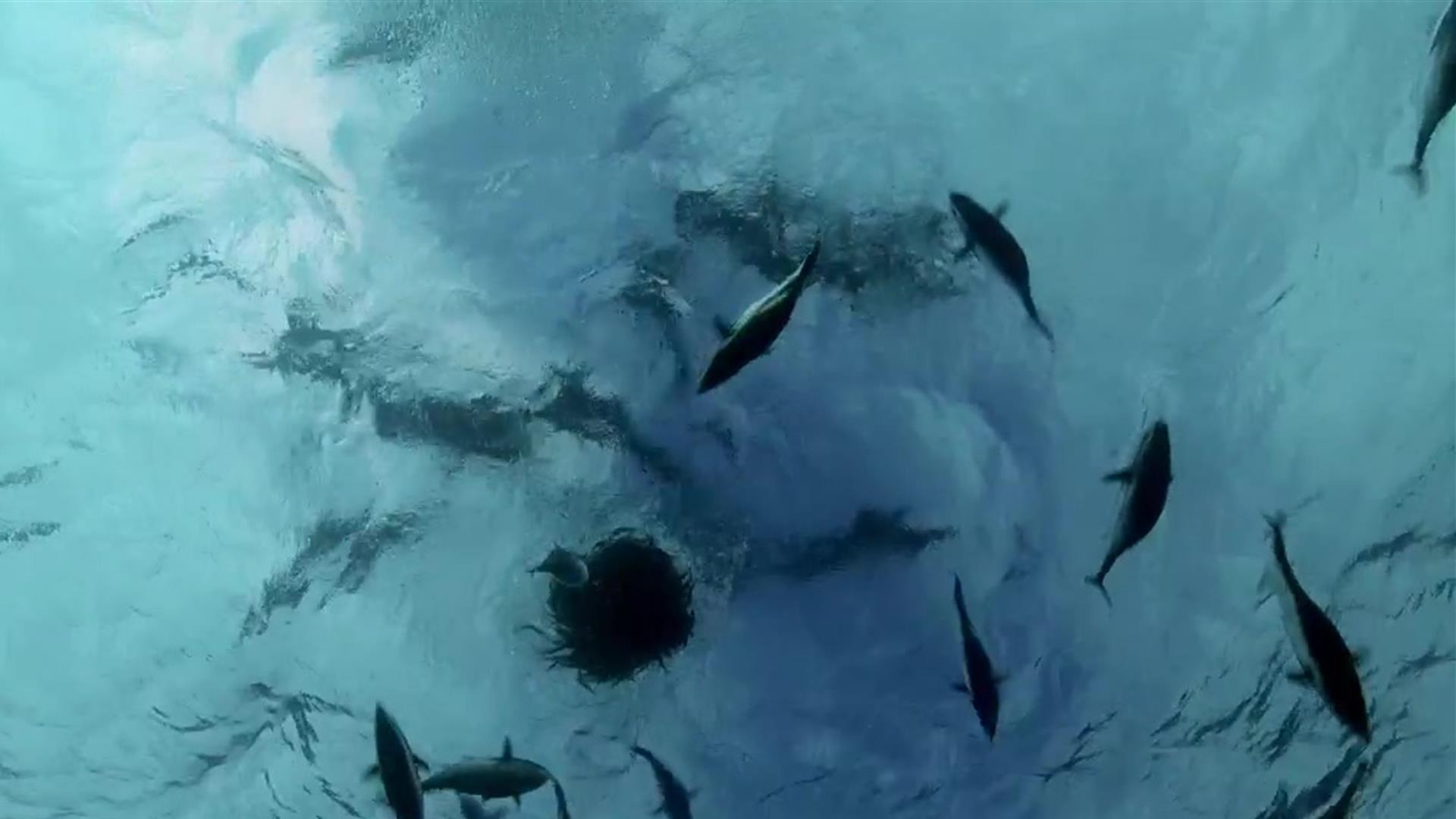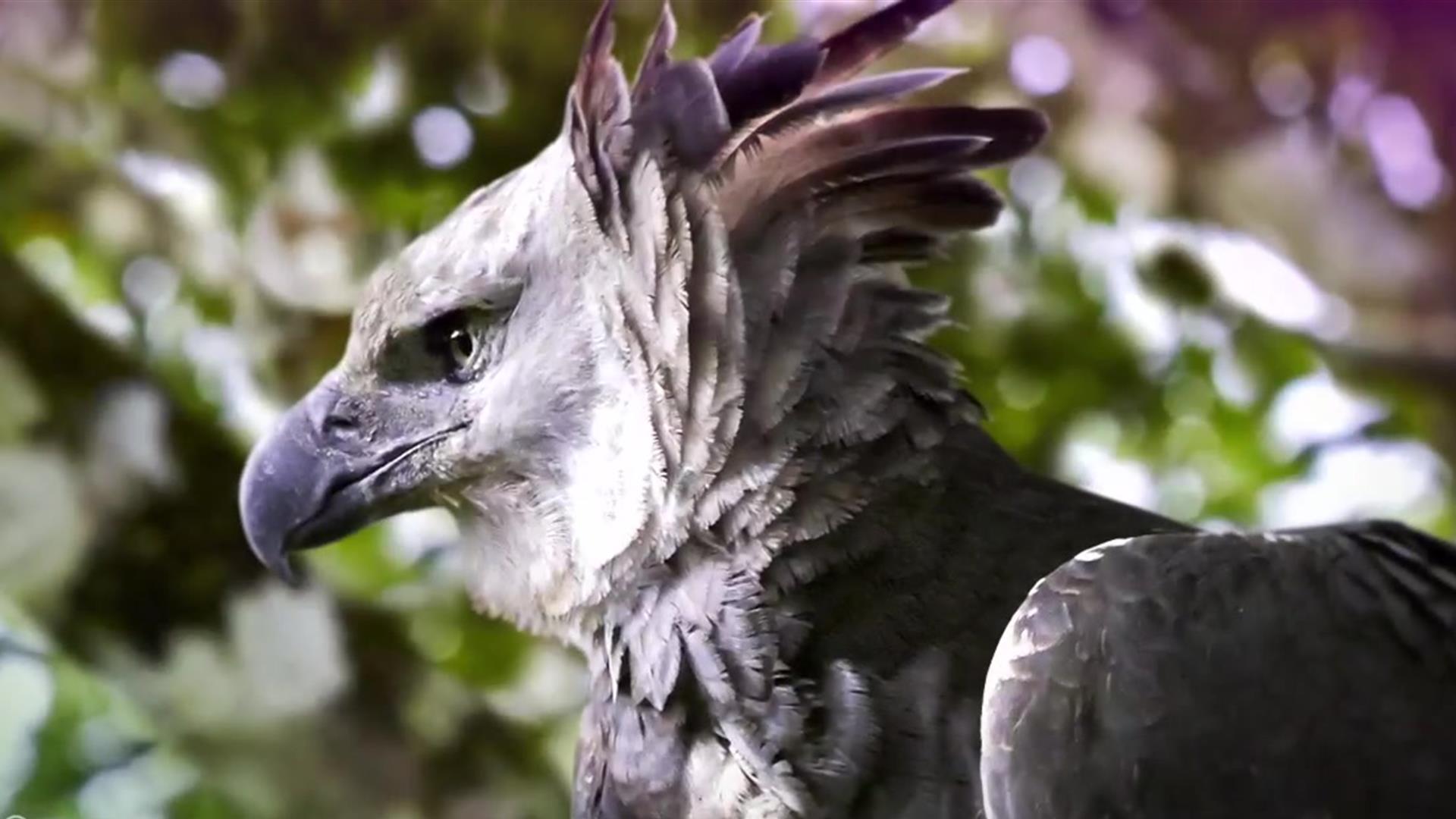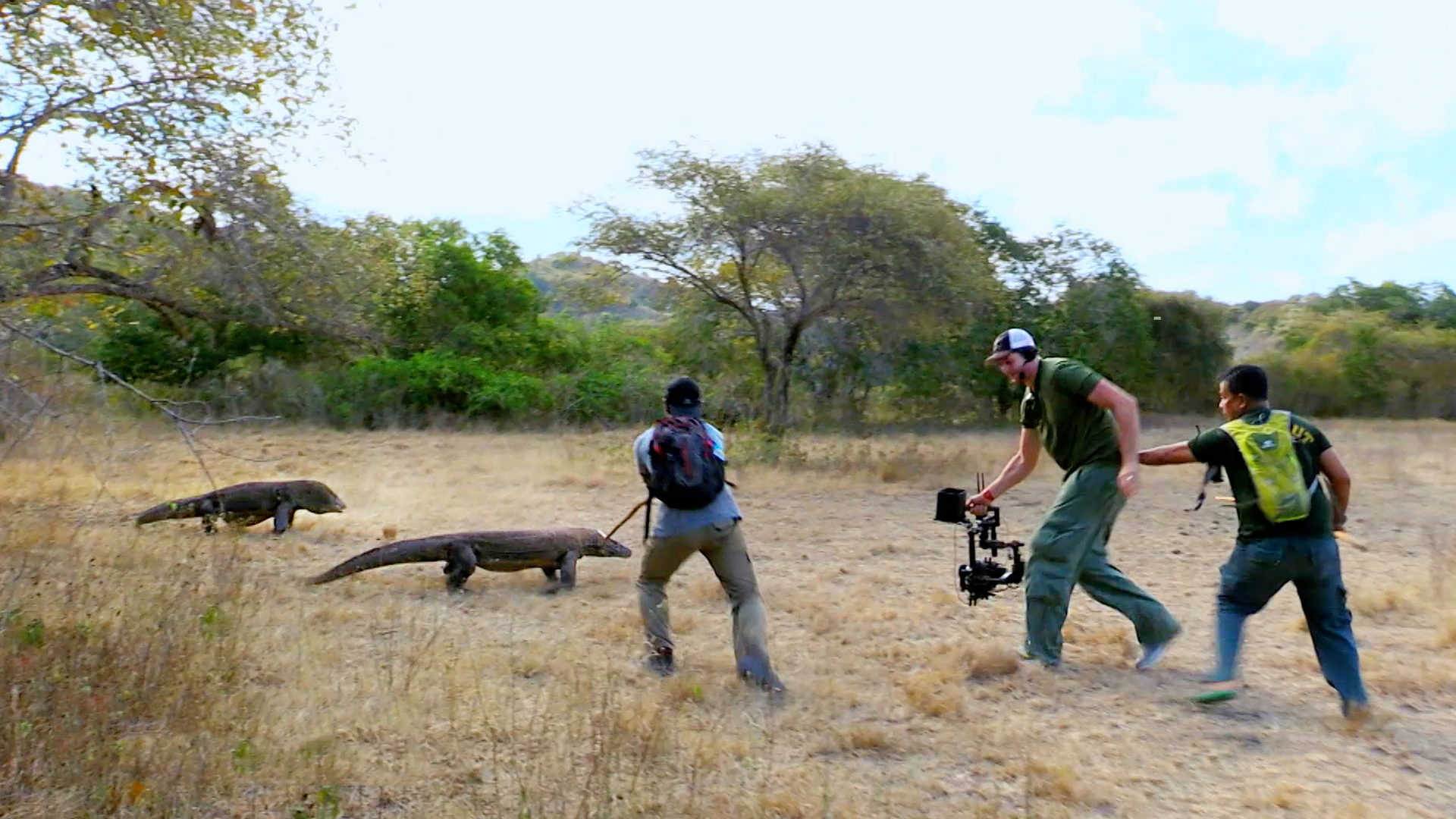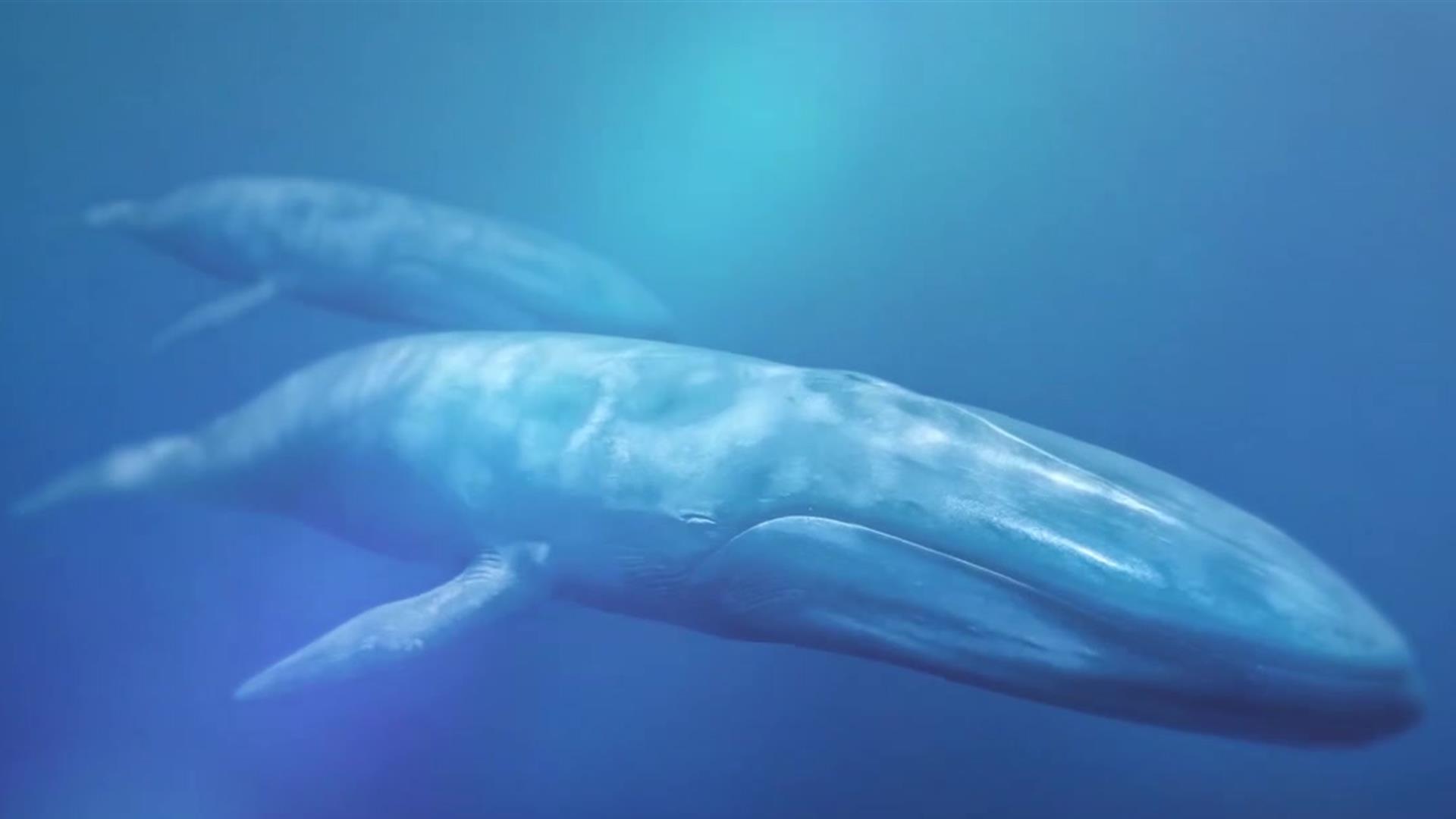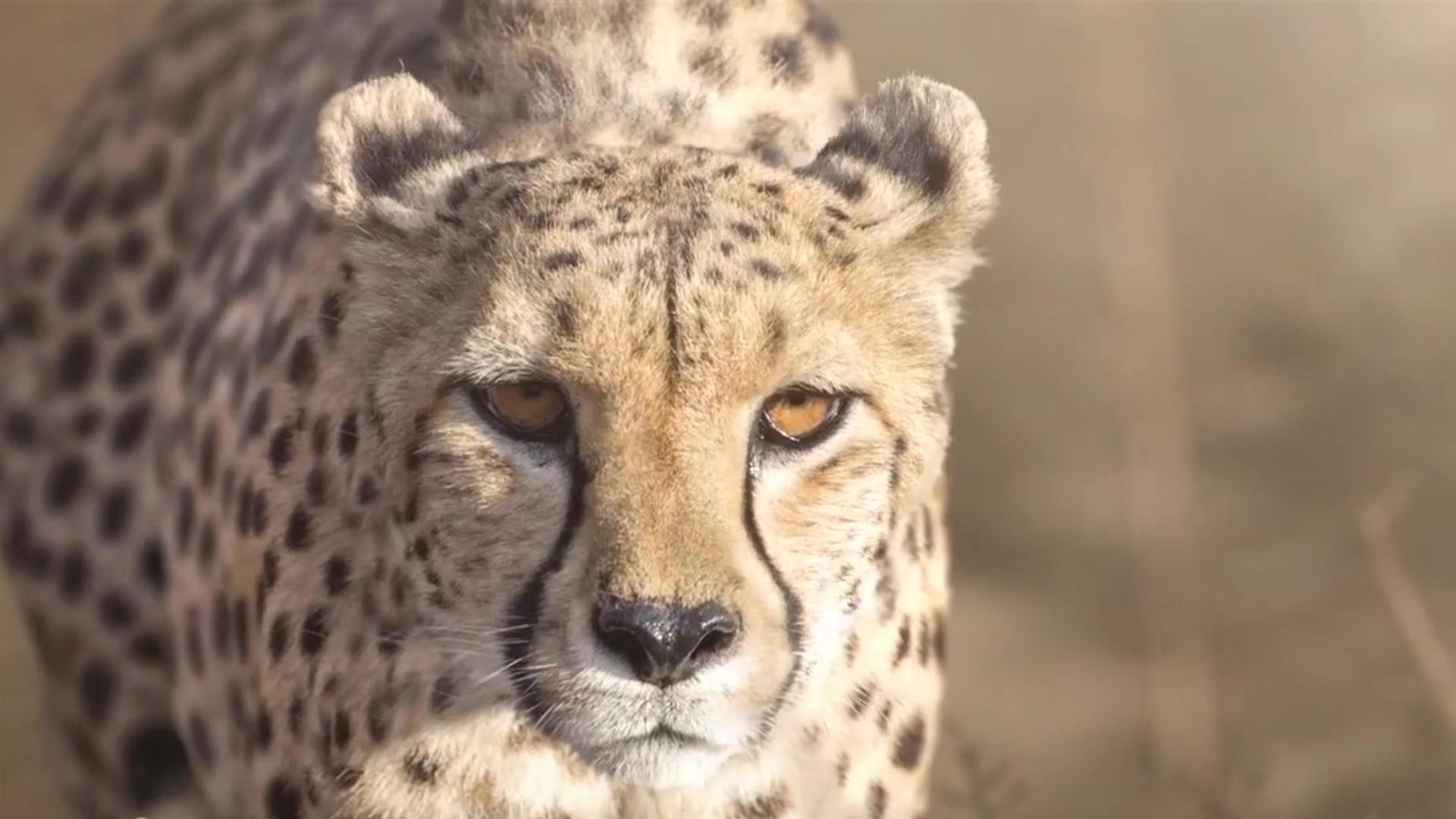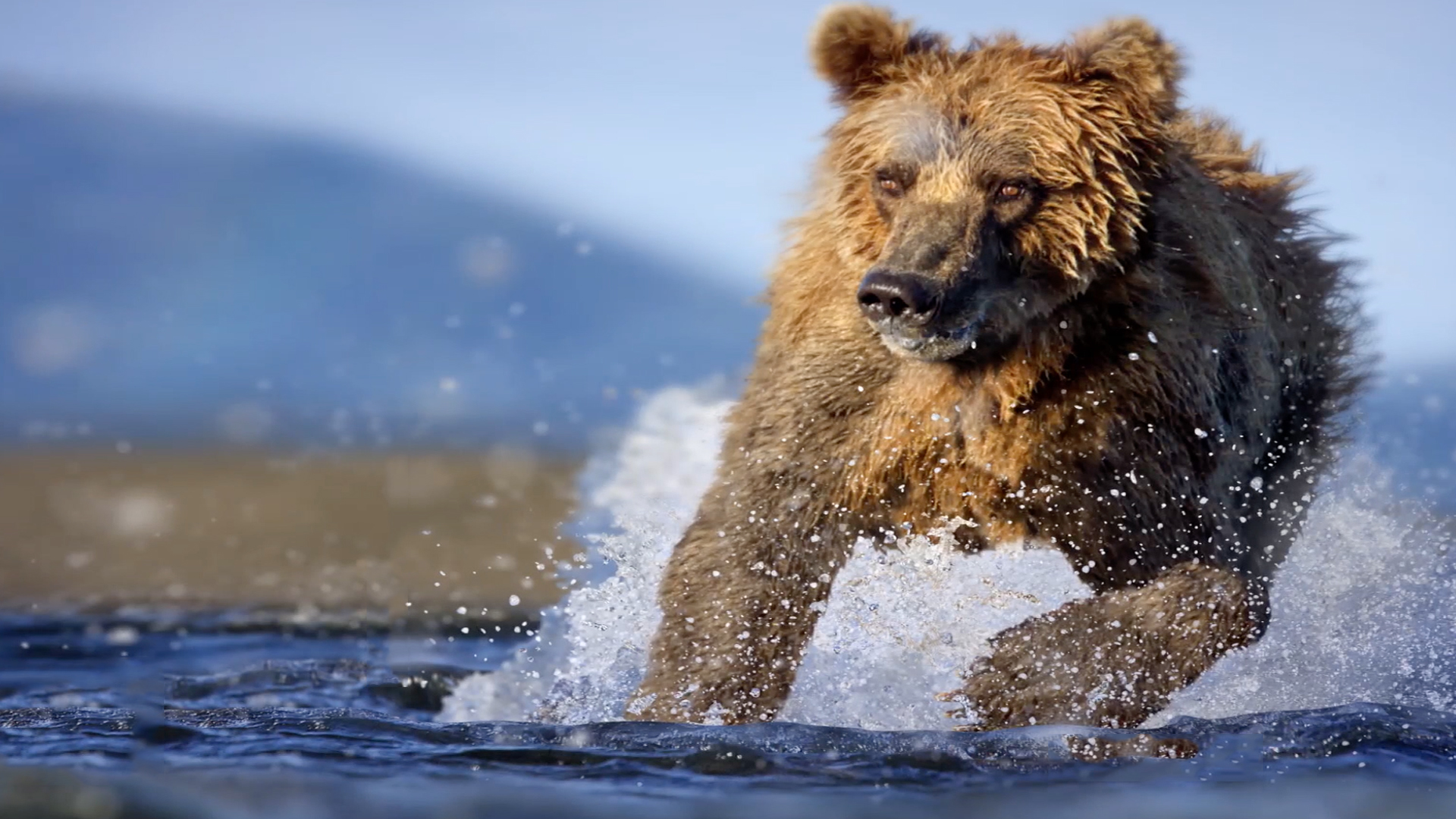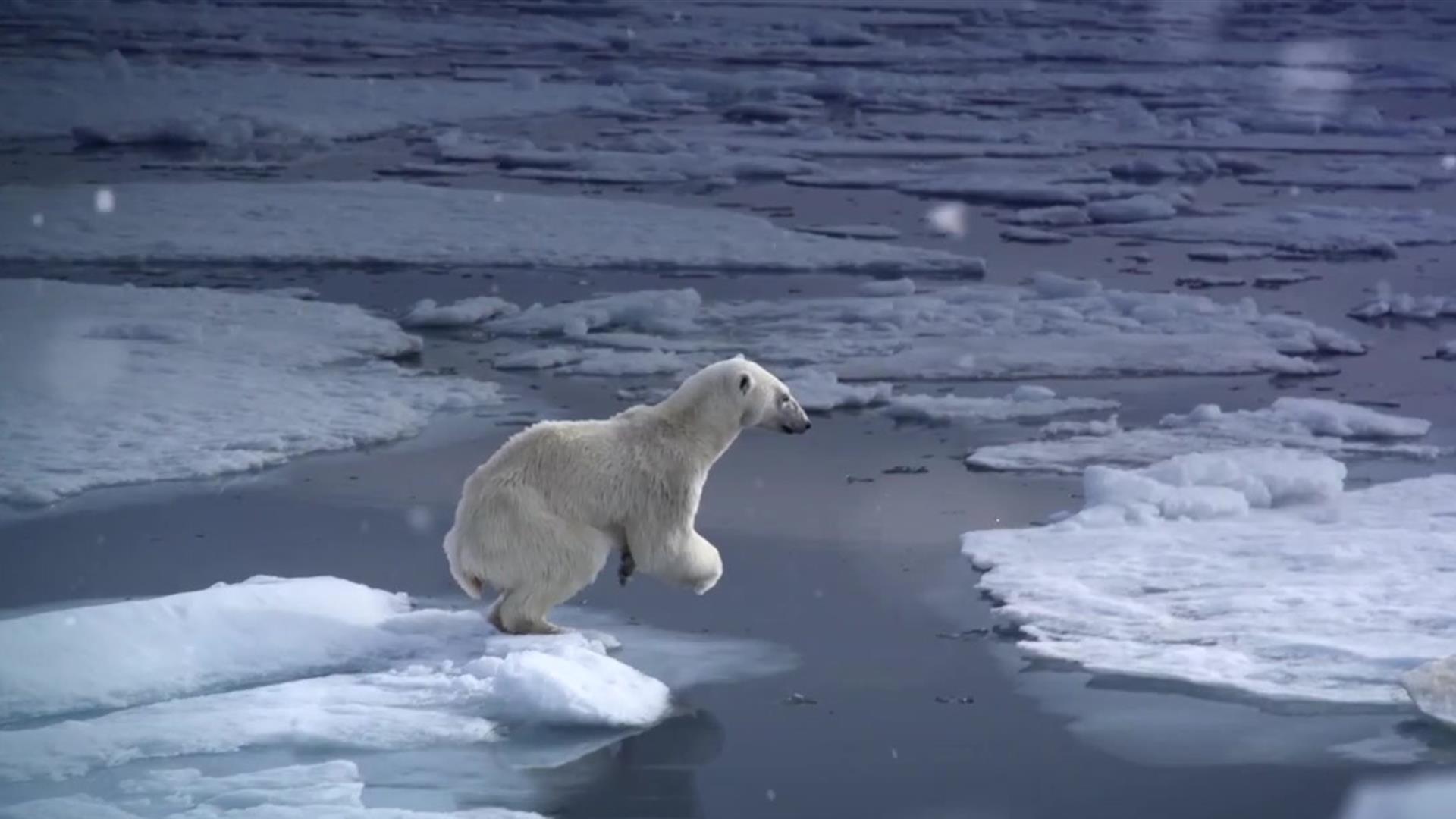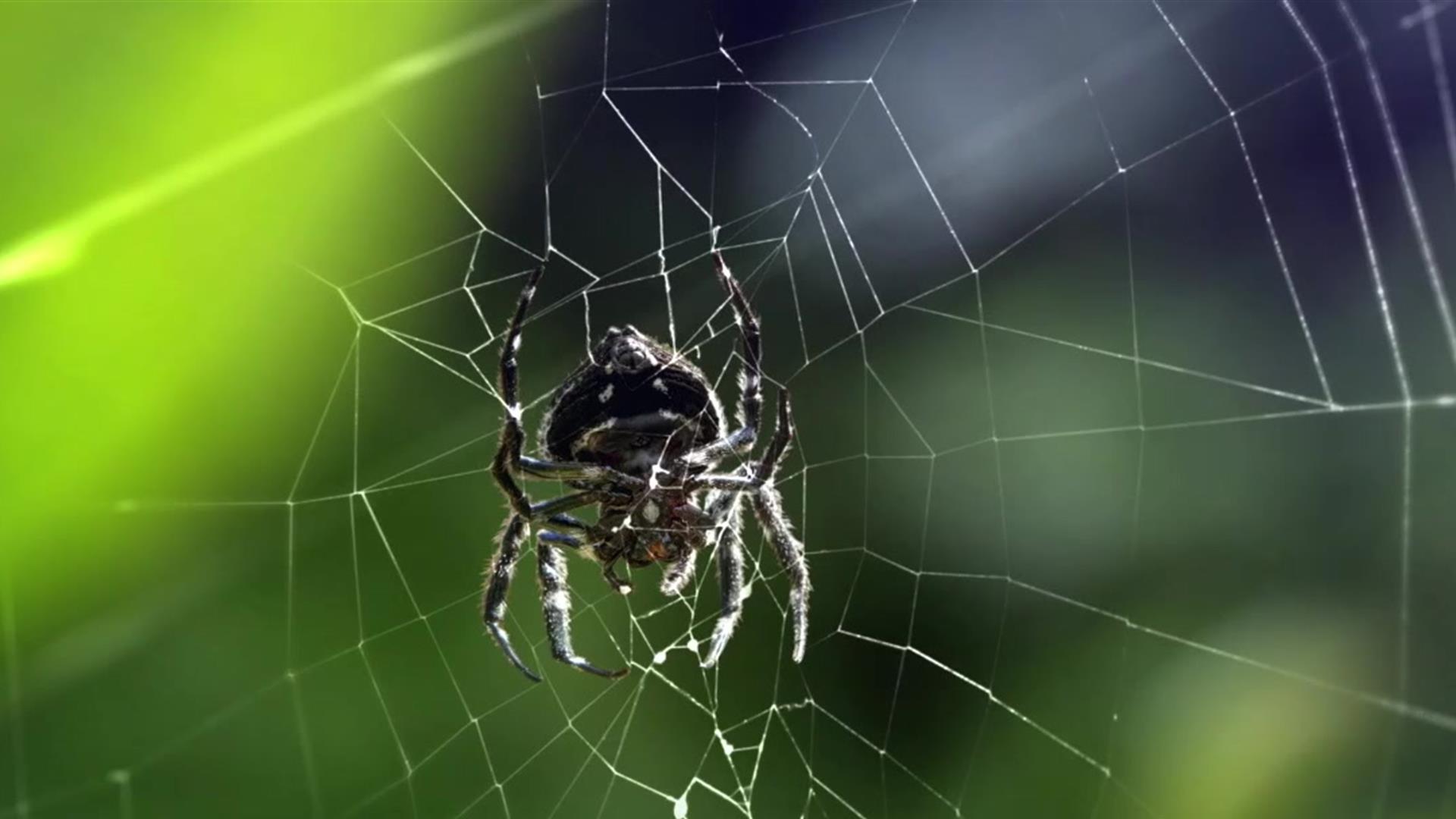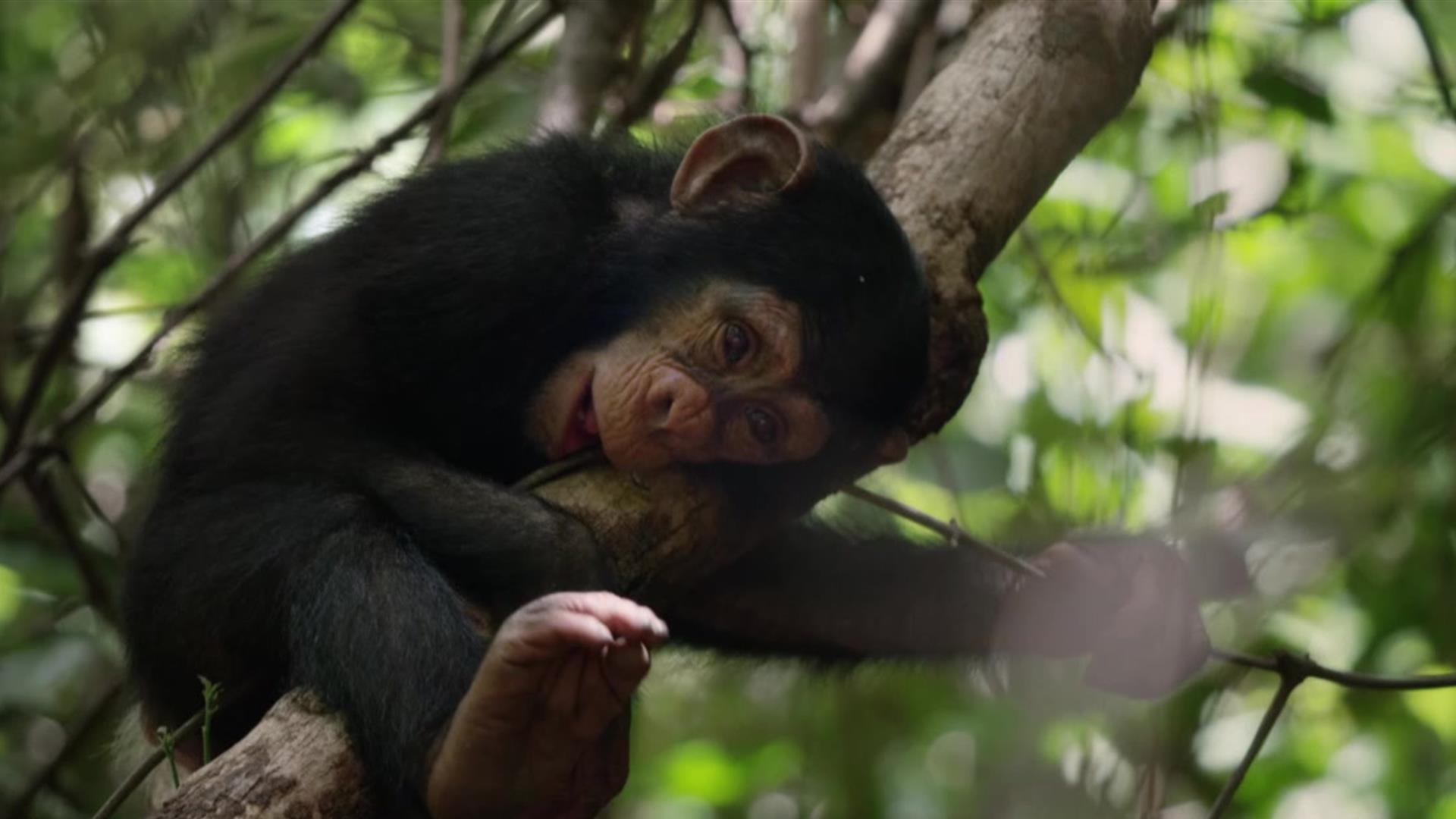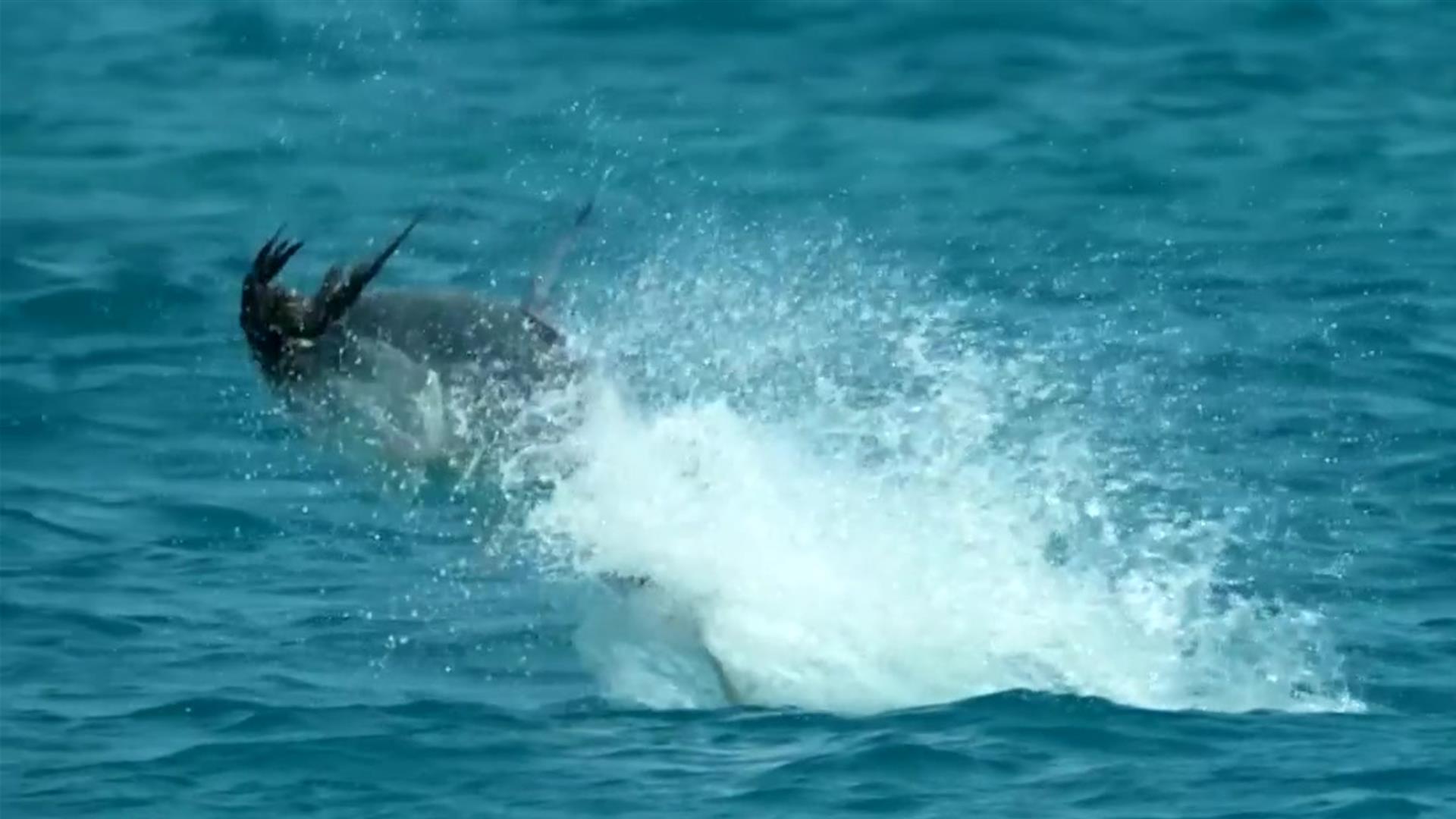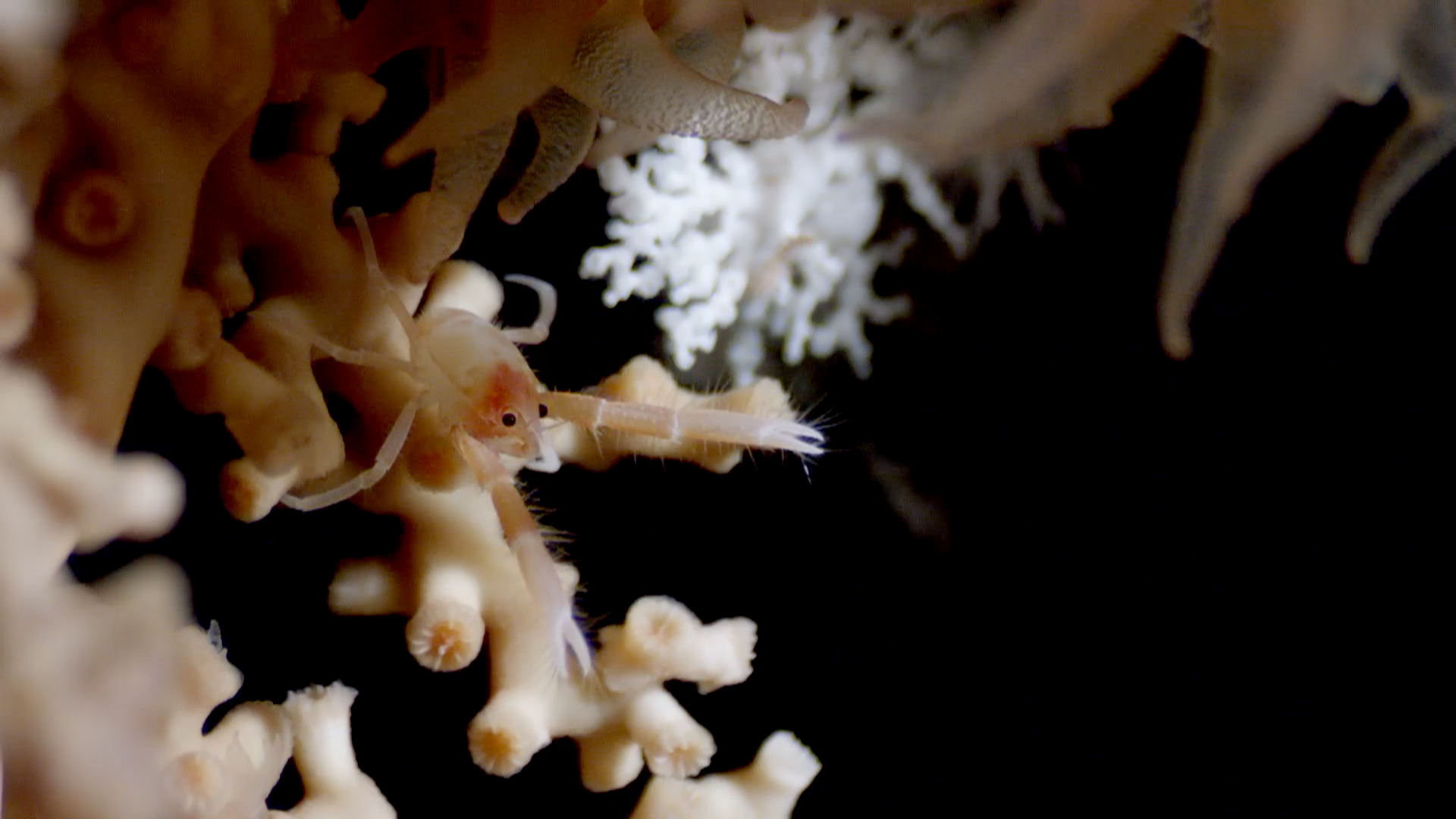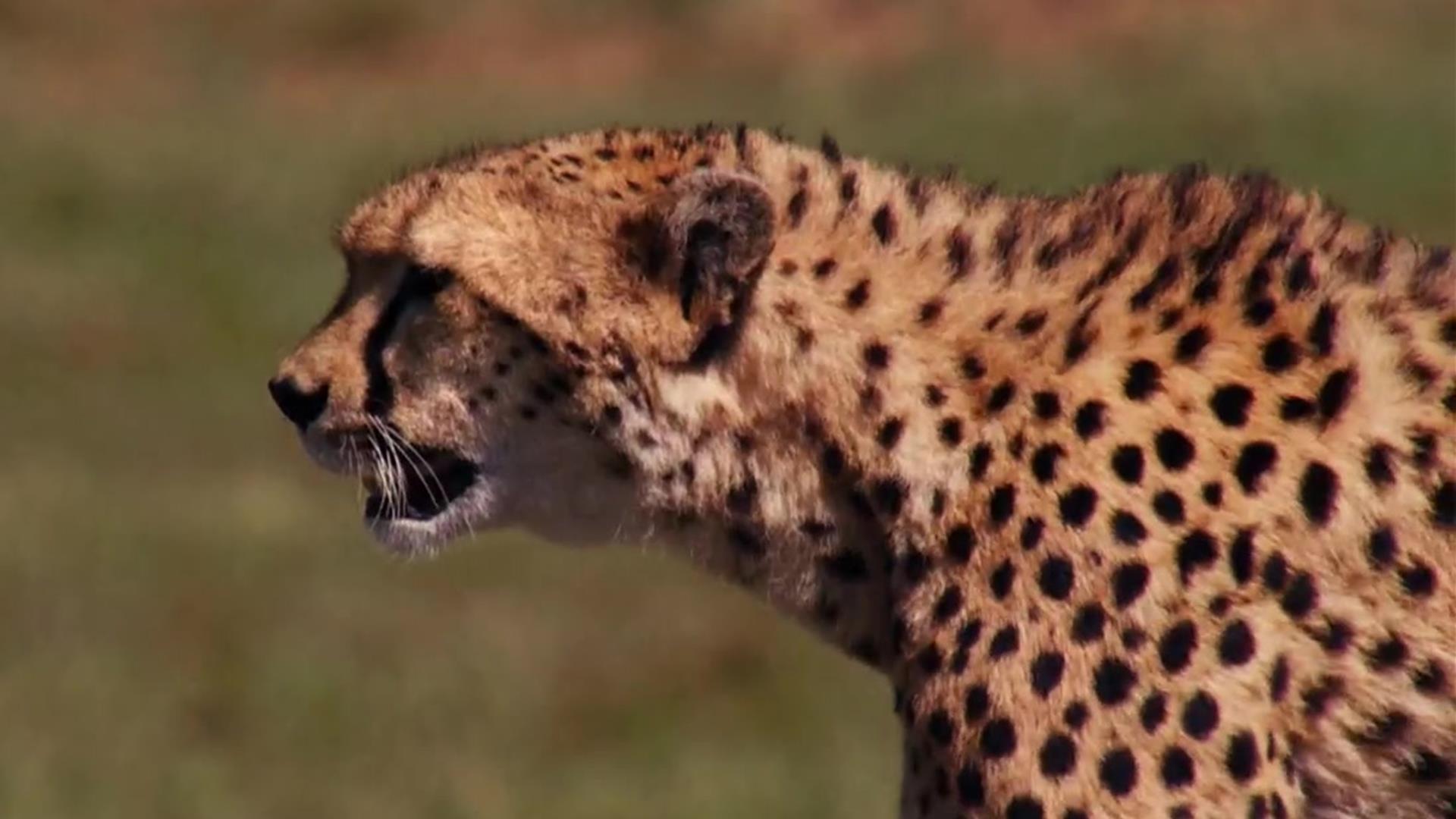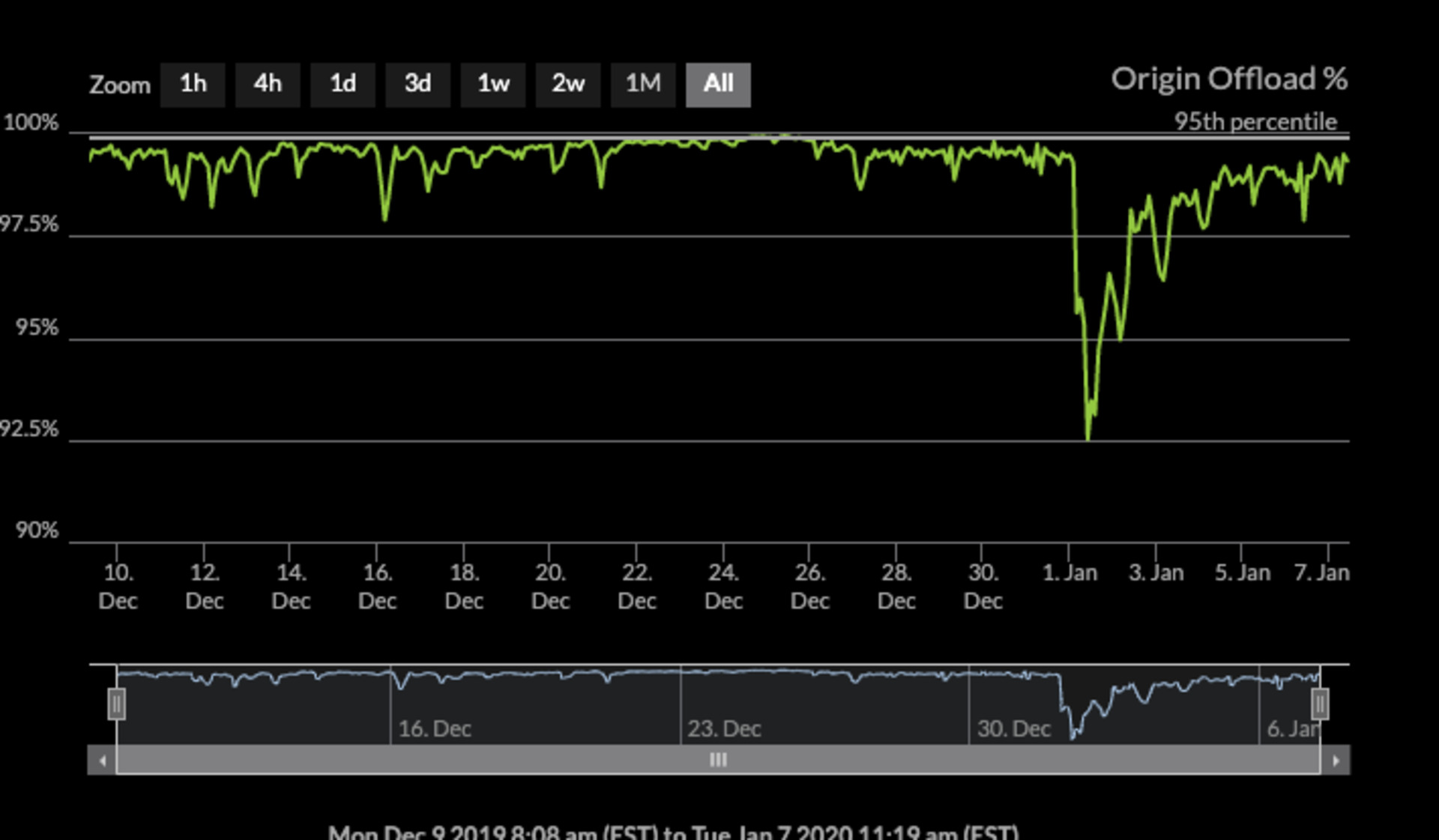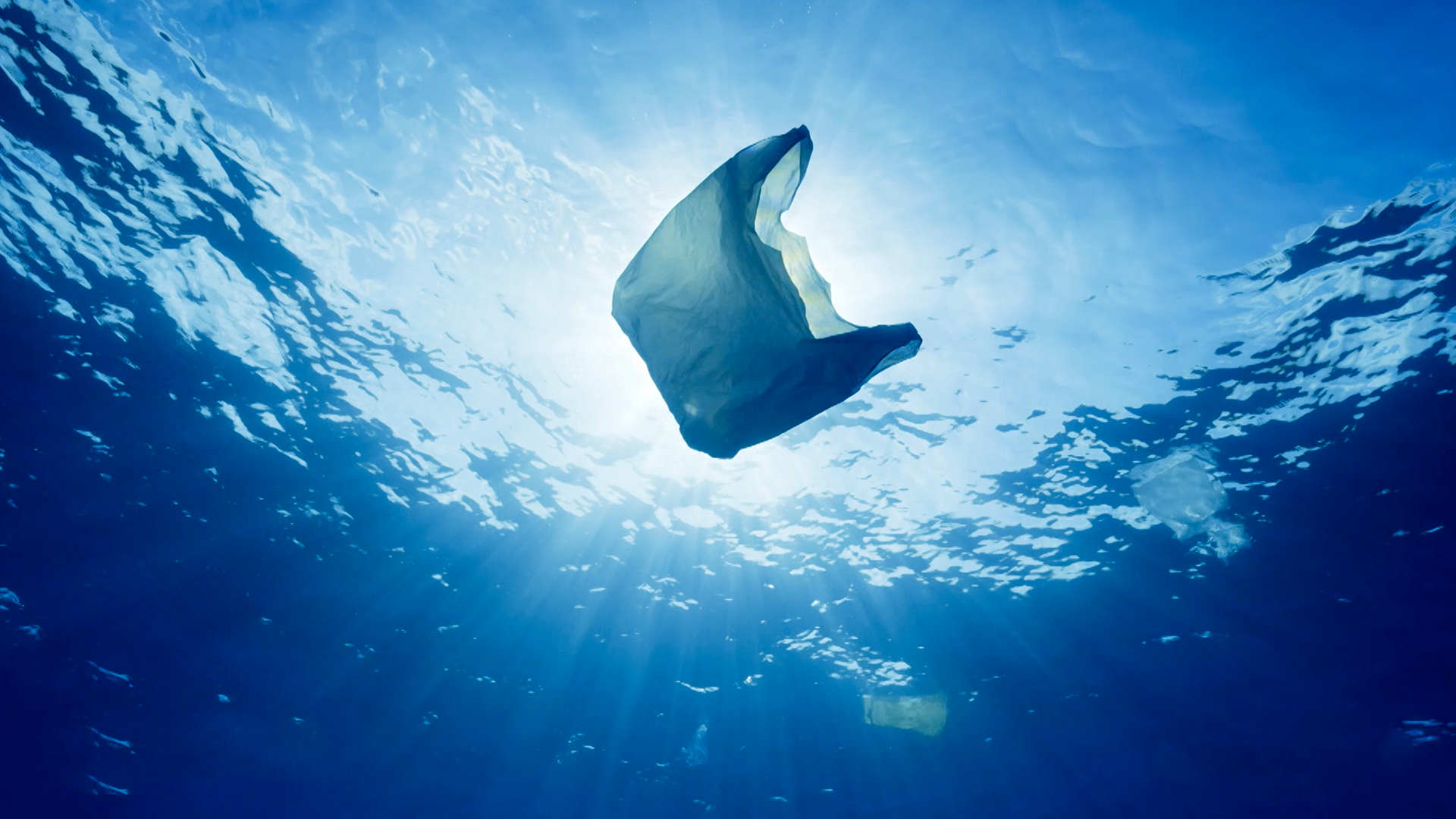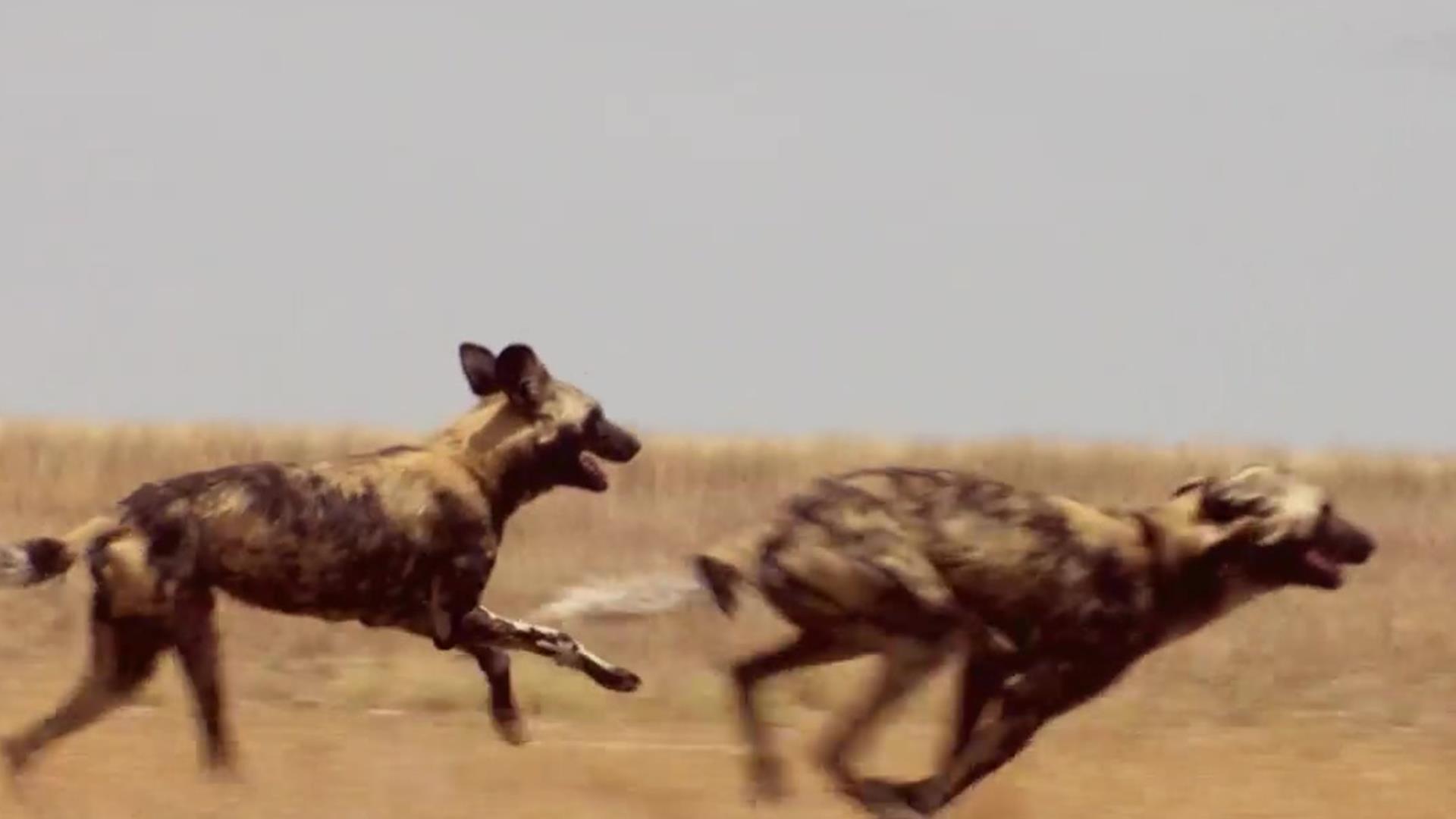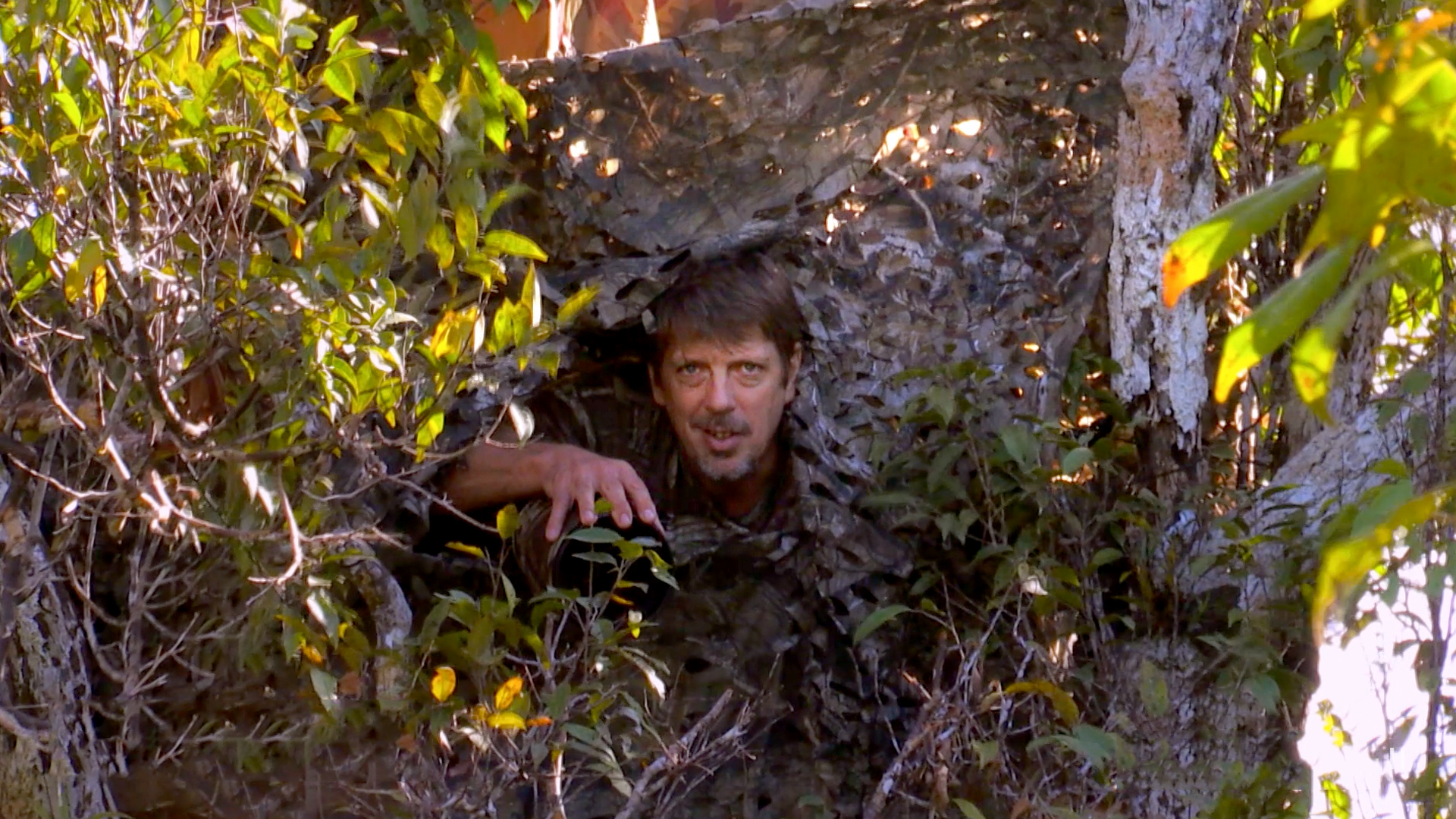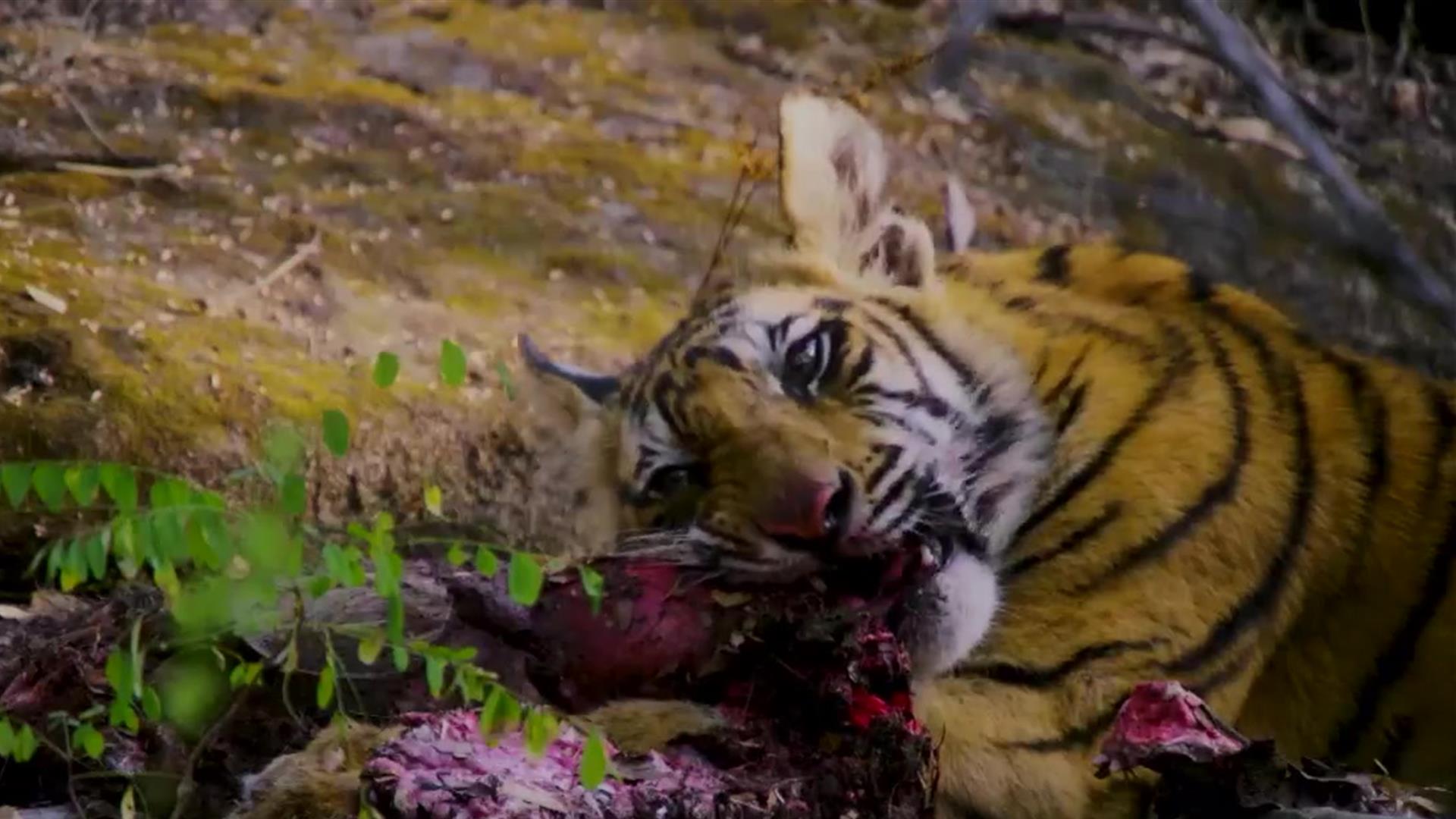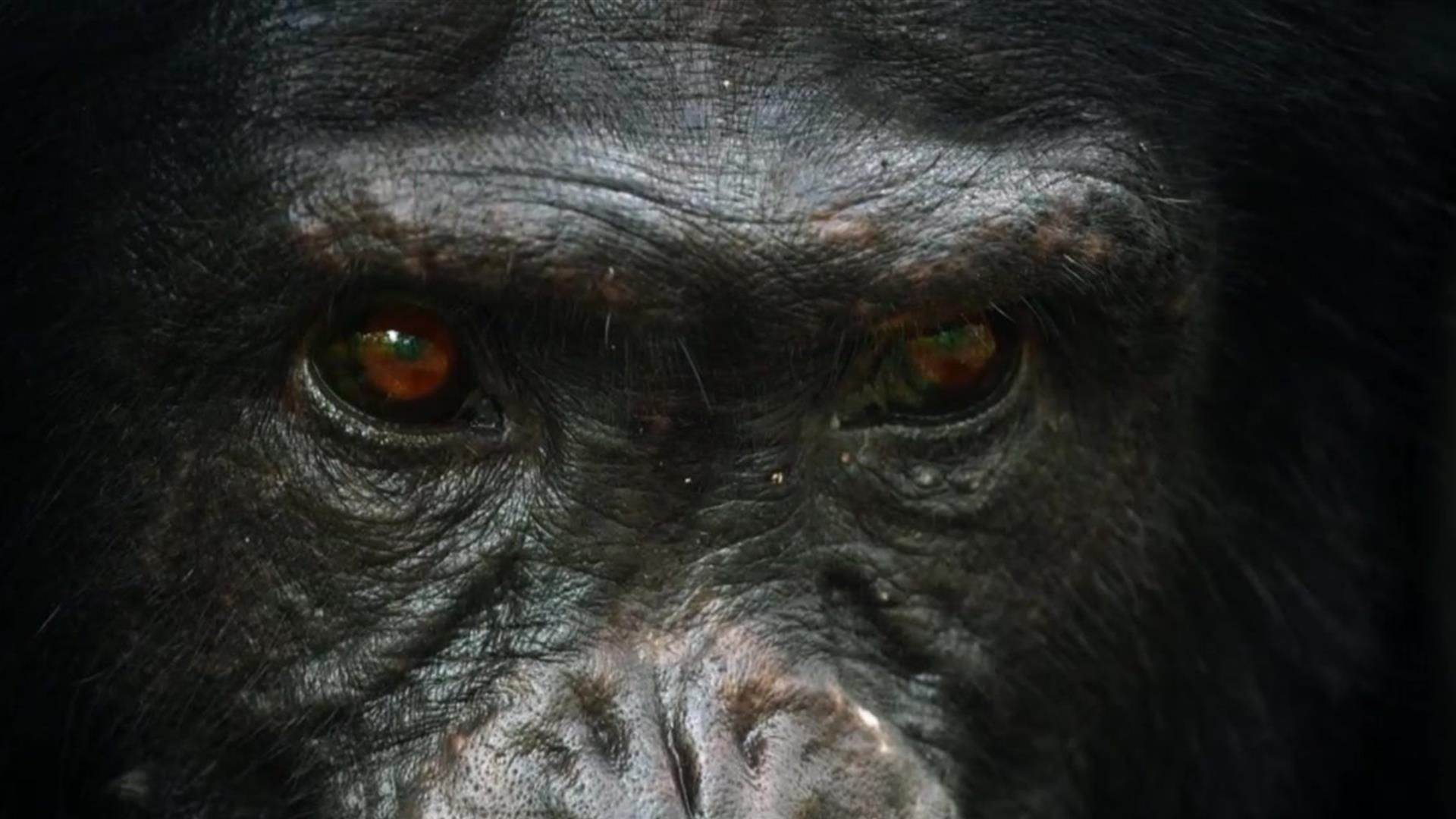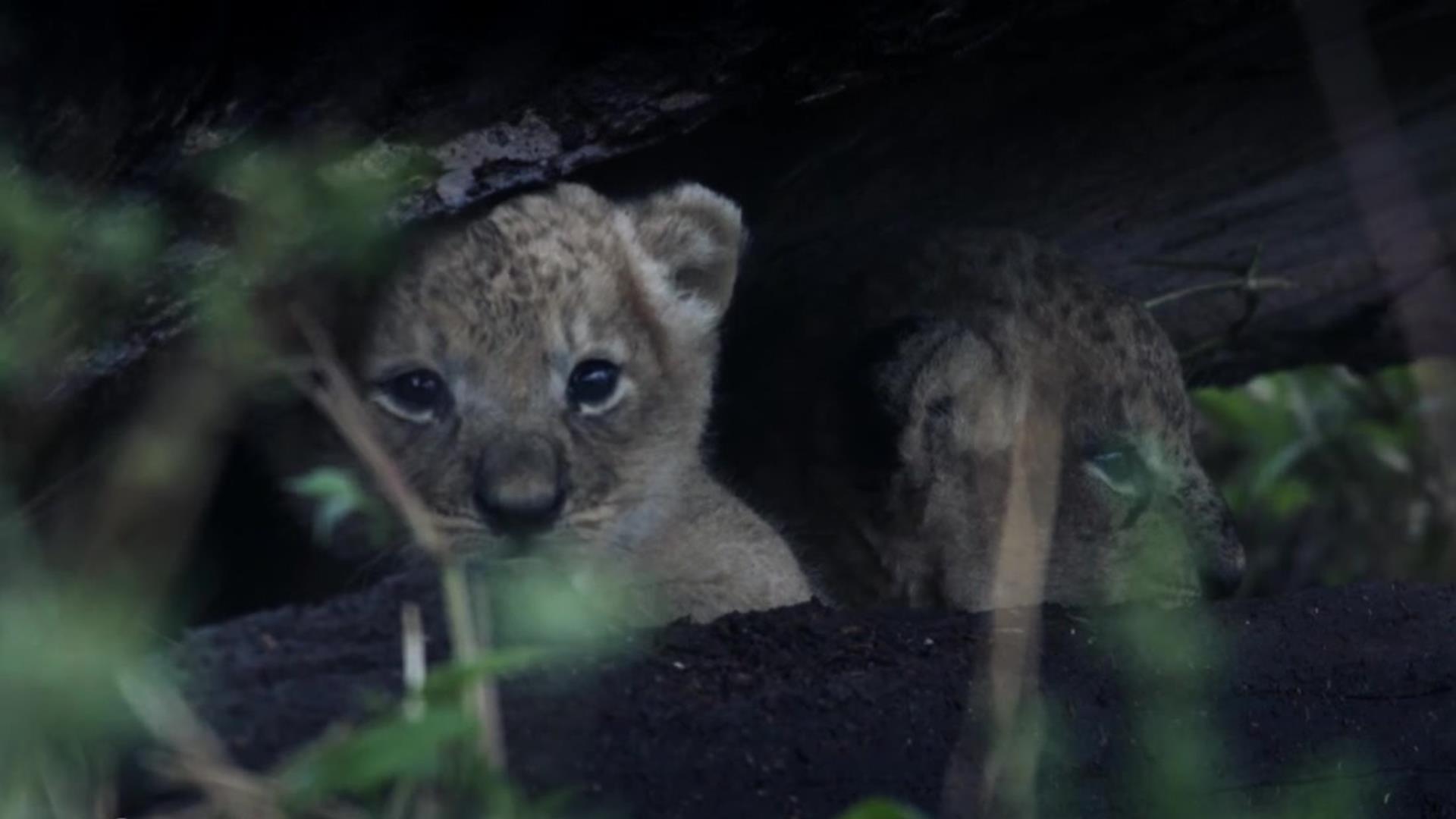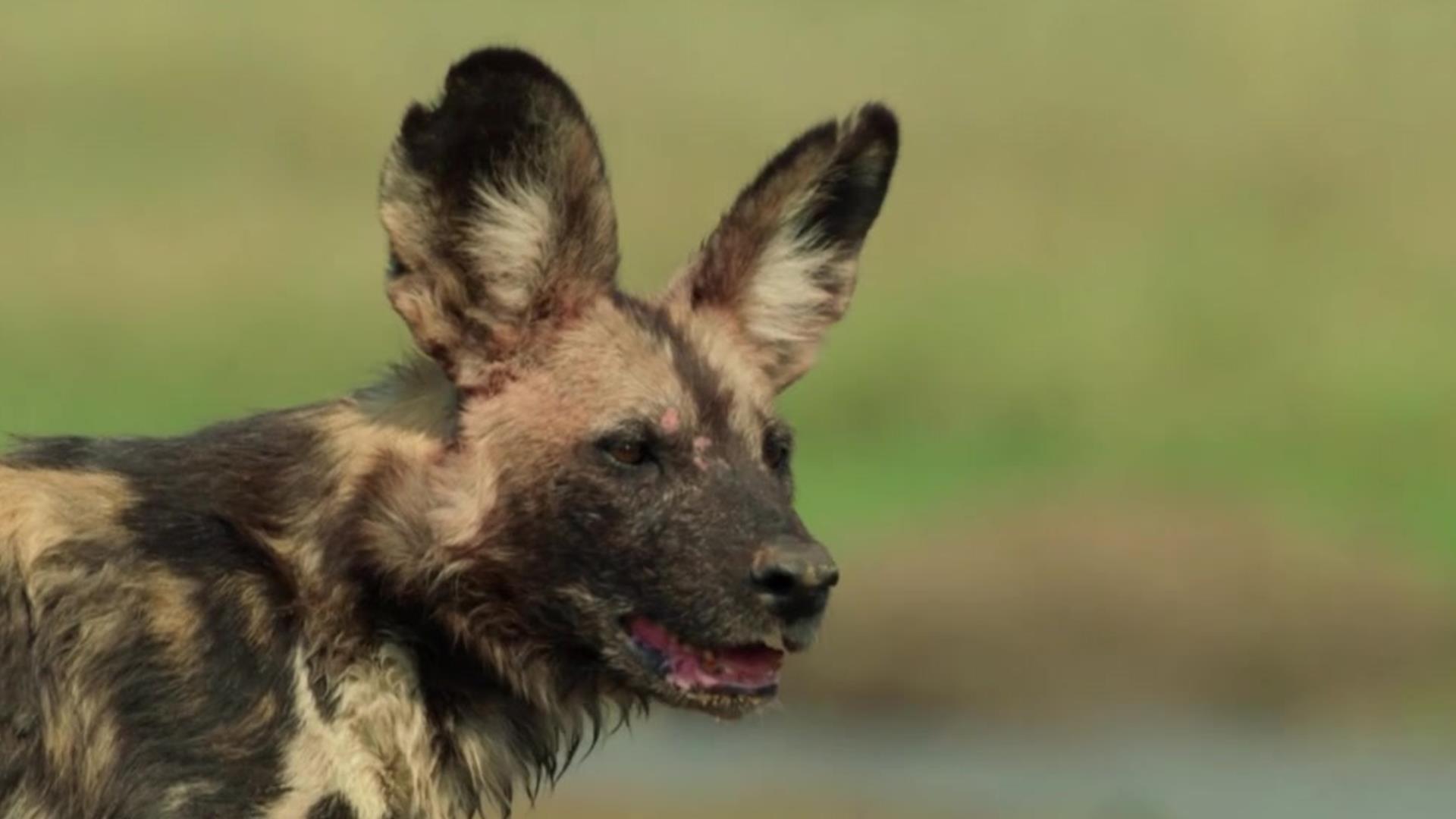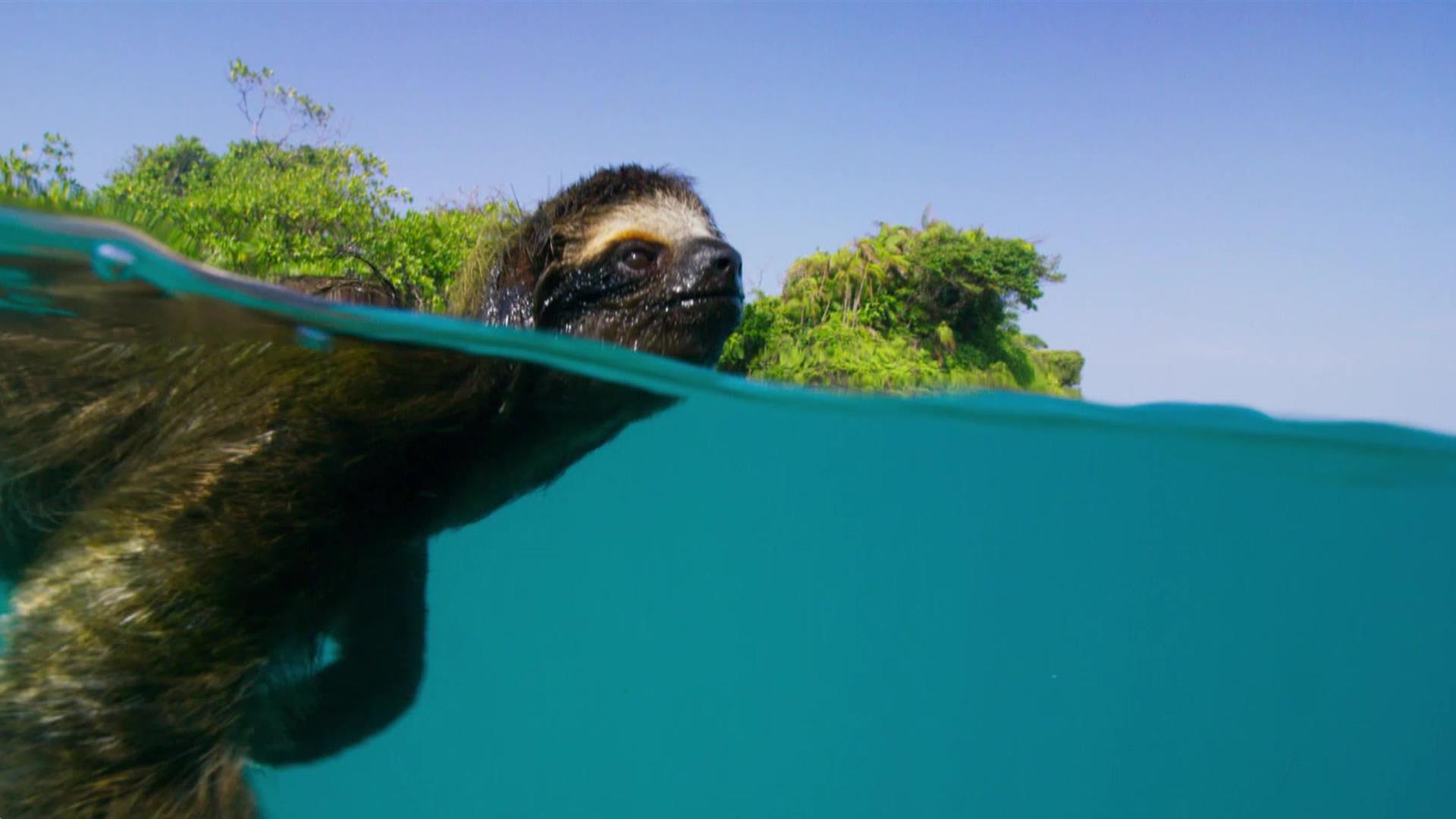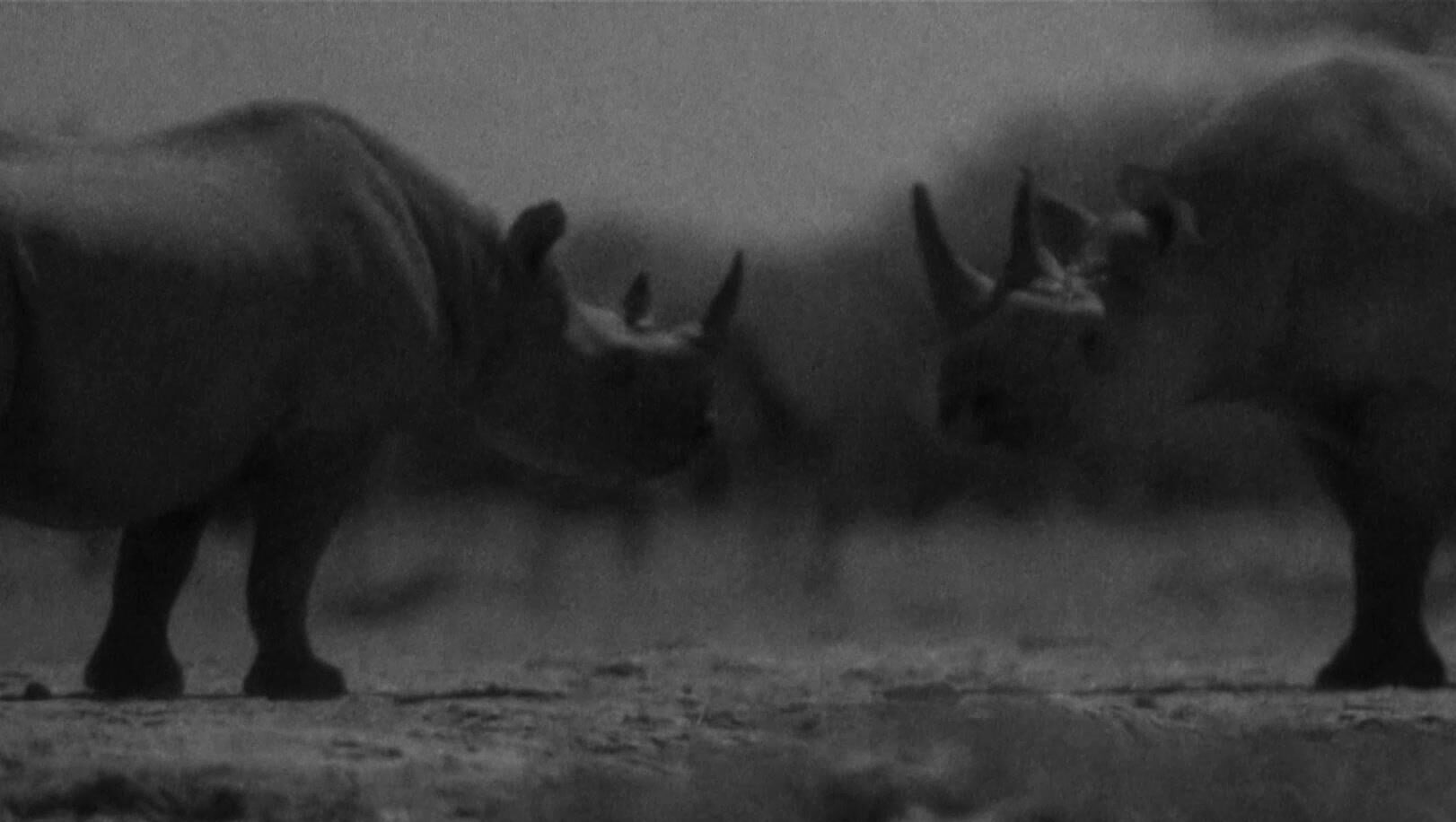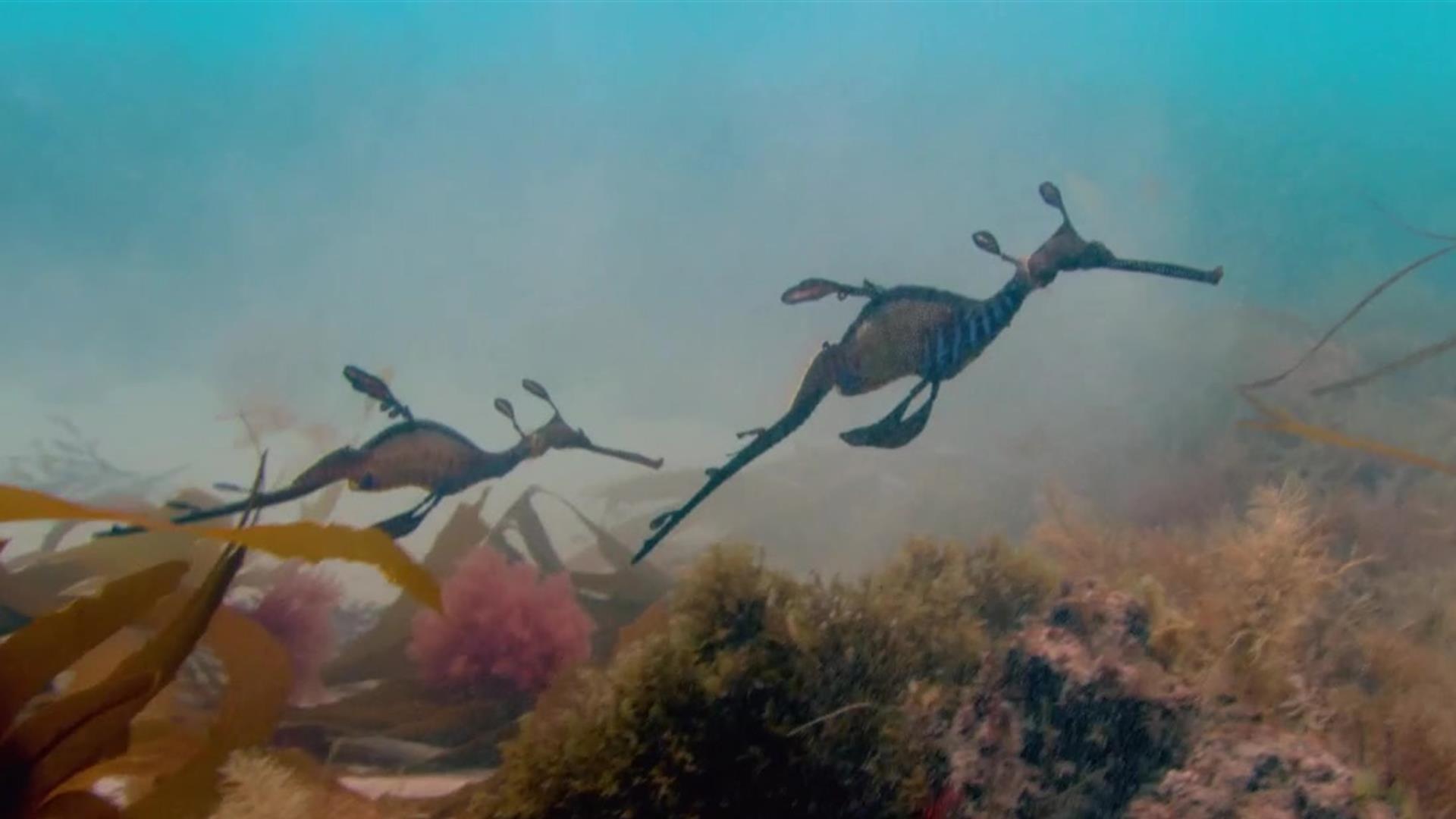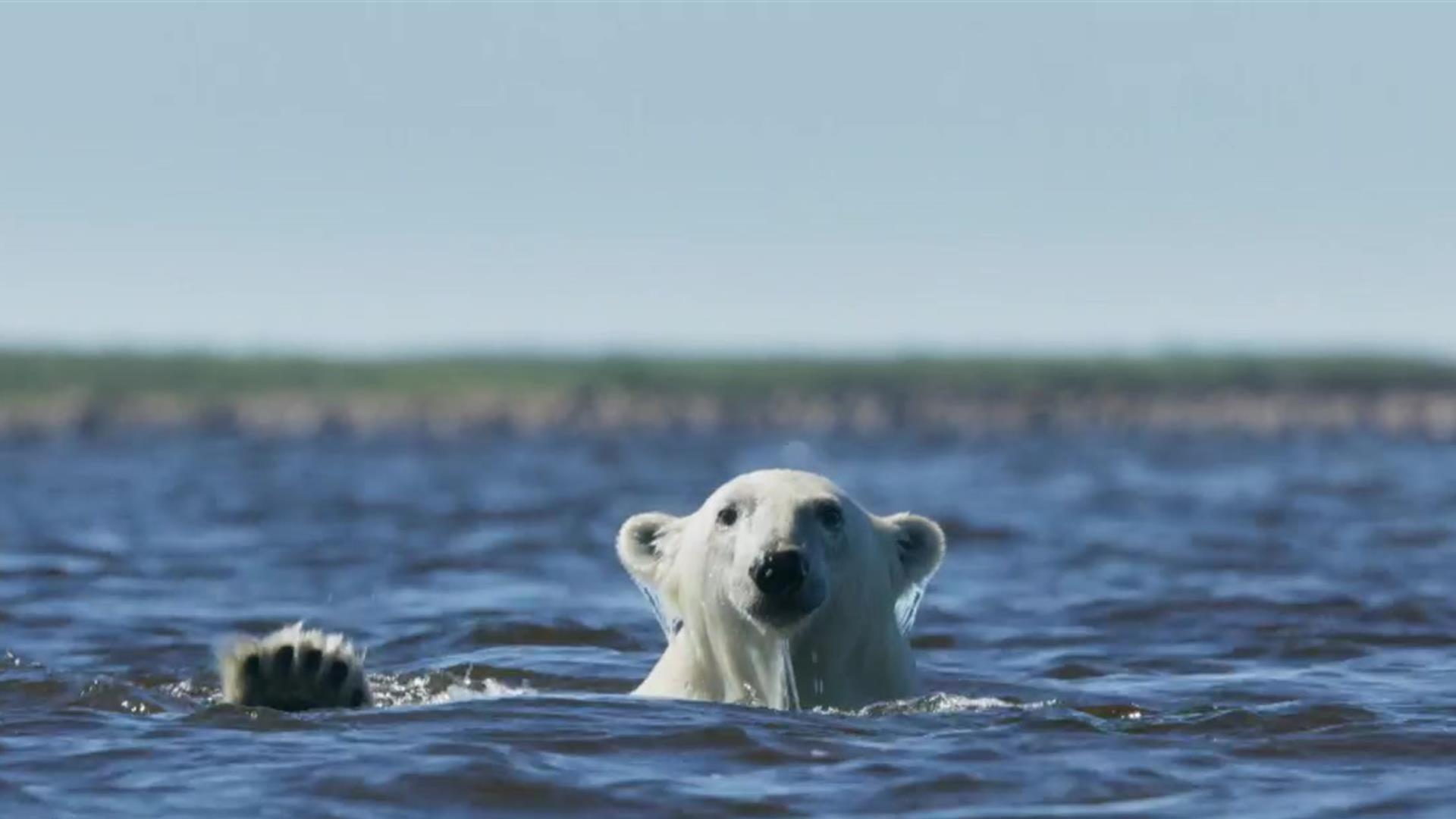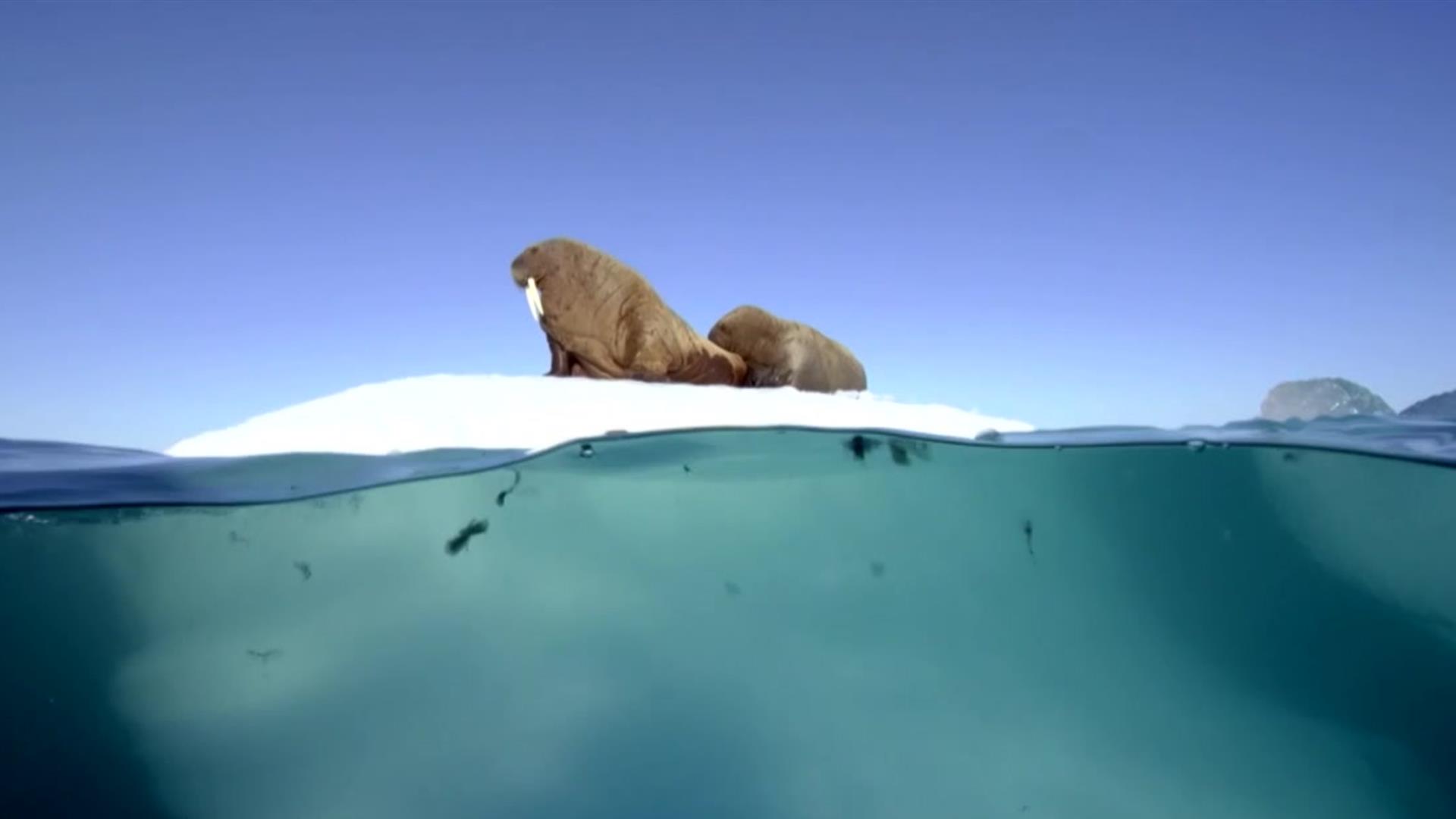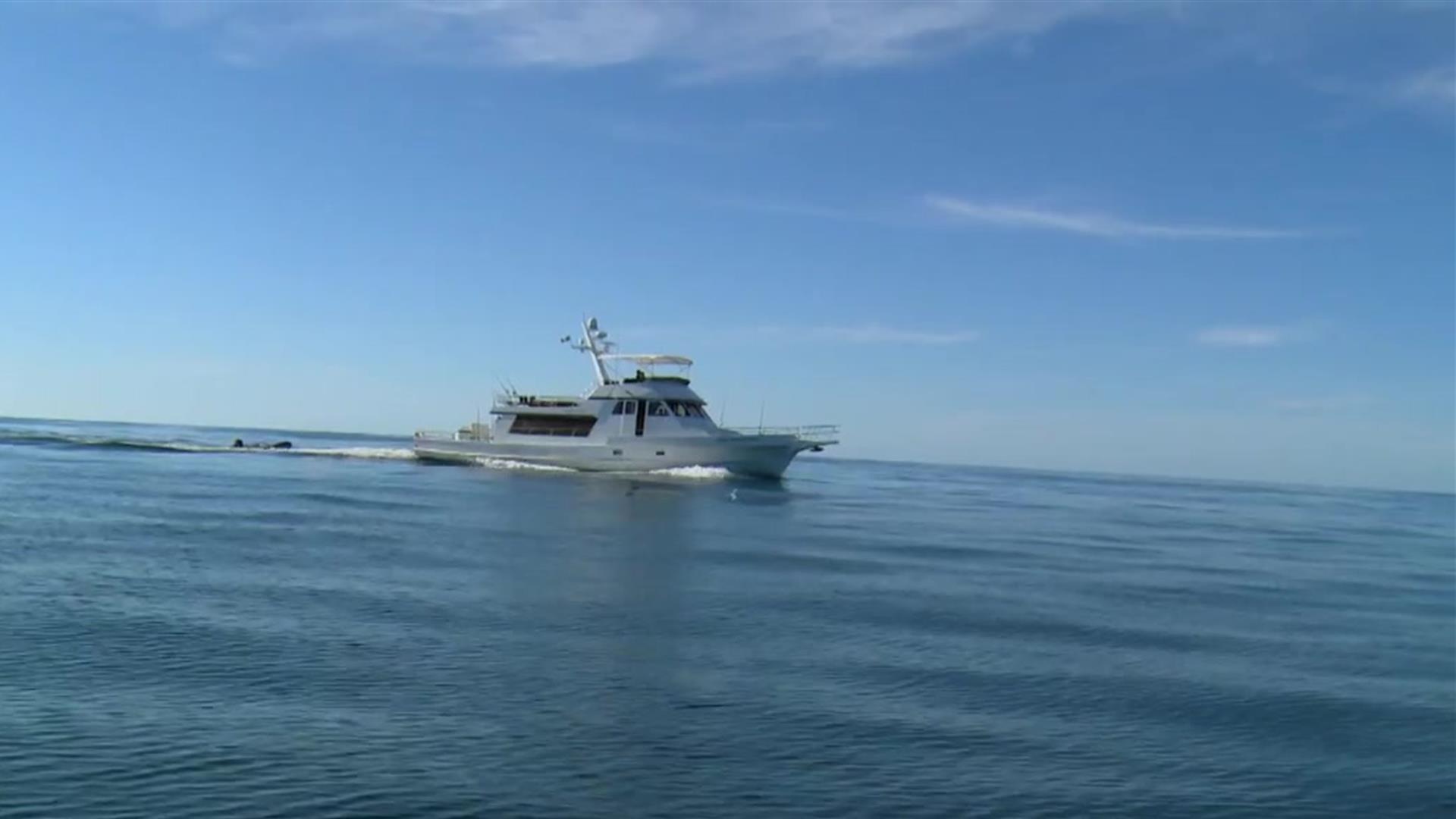Up Next
Hanging Out at Baby Chimp Rescue!
Rescuers (and dogs!) bond with curious young chimps at Liberia Chimpanzee Rescue & Protection.
Inside Patagonia’s Impenetrable Ice Fortress
Few people have ever been this close to the stunning San Rafael glacier — the fastest calving glacier in the world.
Baby Tortoises Grow Up in the Galapagos
Discover how scientists track the turtles of Galapagos National Park to give them the best chance of living full, healthy lives — of up to 150 years or more!
Dark Skies: Mind-Blowing Astrophotography
Find out what it takes to capture the perfect skyscape.
Zambia Animal Babies
In the Luangwa Valley, conditions are perfect for baby leopards, elephants, monkeys and more to take their very first steps in the world.
Seals and Jackals on the Skeleton Coast
The ‘Eden: Untamed Planet’ crew faced extremely hostile conditions to film wildlife on the remote coast of Namibia.
Brilliant Hornbills Hunt for Bats
Using their binocular vision and precision beaks, hornbills successfully catch bats for dinner — for the first time ever caught on camera!
Jungle Cat Mom Uses Super-Senses
With hungry kittens to feed, a Margay cat prowls the jungle at night.
Nectar Craze: Hummingbirds vs. Bees
Hummingbirds must consume half their weight in nectar each day — plus compete with hungry bees!
Elephant Family Reaches Fruit Trees
After enduring a sandstorm and miles of walking in brutal heat, these desert elephants celebrate with a fruit tree feast.
Baby Chimps Learn to Use Tools
Young students at Liberia Chimpanzee Rescue & Protection learn to use rocks to crack open their food.
Baby Chimp Students Are Adorably Distracted
It’s hard to keep these little one’s attention, but the rescuers at Liberia Chimpanzee Rescue & Protection are up to the challenge.
Baby Otter Learns the Ropes
A mother otter keeps her pup warm and fluffy while teaching it how to hunt.
Mama Turtle Completes Epic Journey
A female turtle spends five long years returning to her birth site to lay hundreds of eggs of her own.
Californian Burrowing Owls Fall in Love
These adorable owls enjoy seasonal beetle delights and settle in for the breeding season.
Annual Penguin Mating Mixer
Emperor penguins — serial monogamists —move from ocean to ice to choose their mates for the year.
Inside a Crown Eagle Nest
This mother bird’s risk paid off — she’s the only resident eagle in this entire forest!
Mountain Gorillas: Earth’s Largest Primates
This baby monkey’s ancestors have roamed Earth’s forests for millions of years.
Wildlife Film Crew Encounter Poachers
While tracking gorillas in the Congo, a ‘Seven Worlds, One Planet’ camera crew were forced to abandon their shoot and flee through the jungle in the middle of the night.
Chinstrap Penguins Raise Twin Chicks
These penguins gather on Deception Island, an active volcano, to breed.
Guanacos Grow Up in South America
Watch a gangly Guanaco calf take its very wobbly first steps.
Kangaroo Joeys Learn How to Box
90% of Australia’s wildlife is found nowhere else on earth.
Sir David Attenborough’s Search for Orangutan
The naturalist recounts the changes he’s witnessed to Borneo’s tropical forests — home to the endangered orangutan.
Lowland Gorilla Growing Pains
The jungle is these lowland gorilla’s playground.
One Million-Year-Old Rock Carvings
Australia holds the largest concentration of prehistoric images in the world — including those of an ancient Tasmanian devil and the extinct Thylacine wolf.
Fishermen Save Whale Sharks
In these Indonesian waters, whale sharks are protected and thriving.
Raising a Humpback Whale Calf
A mother humpback whale must go without food while her calf consumes 500 liters of her milk a day.
Dolphin Tail Slapping
Here’s how to hunt in the shallowest of waters.
Dugon Sea Grazers
As the largest herbavores in the sea, dugons can eat an entire football field’s worth of sea grass in a single day.
Chokka Squid Capsules
In temperate seas, there are even more squid than fish.
Amur Leopard: The Rarest Cat on Earth
One of only 40 Amur leopards left in the wild, a mother works hard to get her young cub through the winter.
Capercaillie Gladiators
These competing suitors only get one shot to impress a female.
Mola Mola Reef Bath
With the help of angelfish, this oceanic wanderer rids itself of clingy parasites.
Inside Underwater Volcanos
Measured from the sea floor, some of these peaks are taller than Everest!
Vampire Squid from Hell
The weirdest deep sea creature in the world of the strange.
Troglobite Cave Specialists
Isolated for thousands of years, these mysterious creatures have everything they need inside their caves.
Penguin Chick Survival Skills
Within their first year of life, penguin chicks face many extraordinary hardships in the arctic.
Wild Bactrian Camels
Few animals can survive in the harshest desert in the world, but these rare Bactrian camels manage just fine.
Polar Bear Cubs Learn From Mother
A determined polar bear mother leads her cubs into a dangerous new world.
Where Does “Alien Star Jelly” Come From?
There are many different theories behind these mysterious blobs.
Mysterious Moving Rocks
How do these gigantic rocks move on their own?
Jellyfish Blooming Mahem
Simplicity is the key to a jellyfish’s success.
Why Do Stoats Dance?
The reason is more sinister than you may imagine.
Radio Collars for African Wild Dogs
These special radio collars are saving African wild dogs’ lives.
Creating ‘The Hunt’ Musical Score
Oscar-winning composer Steven Price (‘Gravity’) on how to score nature scenes.
Fascinating Harpy Eagle Facts
This muscular hunter can lift prey over half its own body weight.
Behind the Scenes with Komodo Dragons
Would you have the guts to get up close and personal with these dangerous predators?
Fascinating Blue Whale Facts
The world’s largest animal can weigh up to 190 tons.
Fascinating Cheetah Facts
The fastest land animal on the planet, cheetahs can reach 58 mph while hunting.
Fascinating Brown Bear Facts
Alaskan brown bears get up to 90% of their annual energy during the coastal salmon run.
Fascinating Polar Bear Facts
A polar bear can smell a seal’s breathing hole from over a half a mile away.
Fascinating Darwin Bark Spider Facts
These spiders’ silk is the toughest natural fiber on the entire planet.
How to Film Chimpanzees
The ‘Dynasties’ team spent two years with David, the Marlon Brando of chimps.
To Catch a Hunter, Use a Hunter
The ‘Blue Planet II’ crew went old-school to film airborne Giant trevally in South Africa.
Deep-Sea Coral Reefs
Coral has been found all the way down at 6,000 meters deep, but these reefs are incredibly vulnerable.
Finding a Hidden Tiger Den
Like a true star, tigress Raj Behra chose a den no paparazzi could reach by car.
How the Seas Are Changing
Over four years of filming, the ‘Blue Planet II’ crew witnessed key changes in the world’s oceans.
Sharing Our World With Dolphins
Meet the group who’ve been helping dolphins suffering from plastic since the 1980’s.
Tracking Wild Dogs 2
The Hunt’ producers filmed a wild dog hunt from both land and air — and the results are riveting!
Cameraman Spends 10 Days in a Tree
This ‘Planet Earth II’ cameraman describes what it was like to camp out in the canopy.
